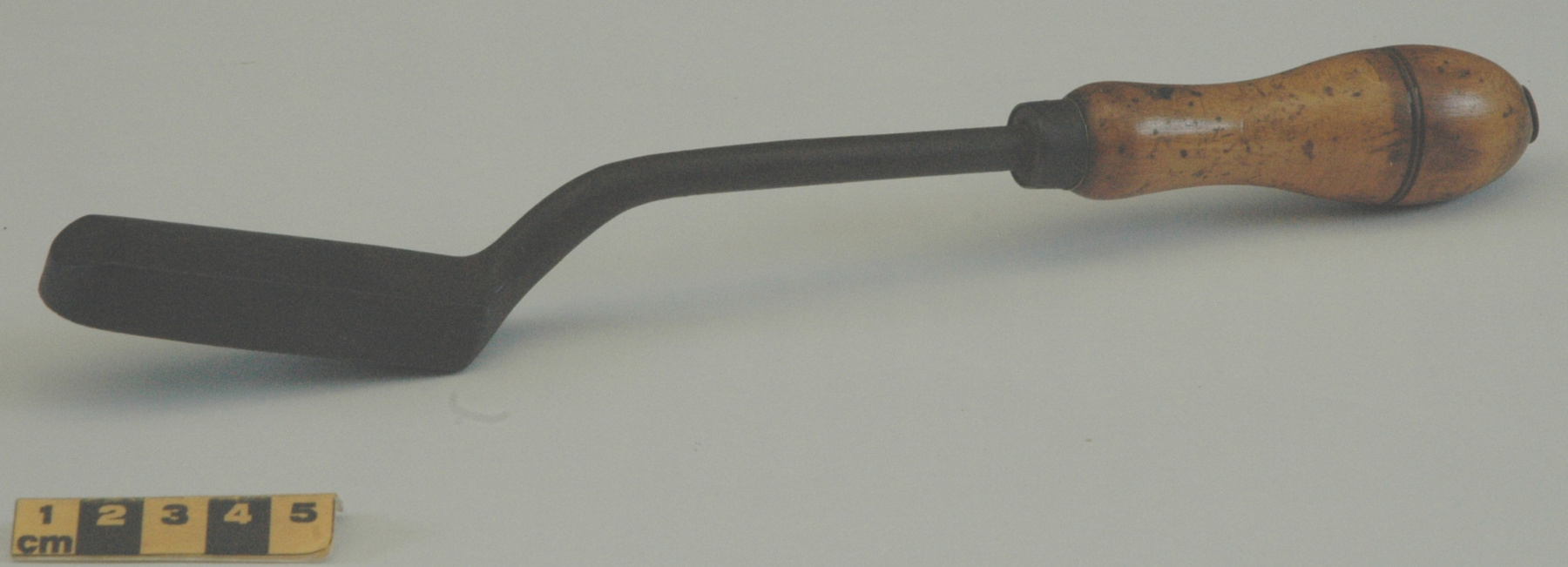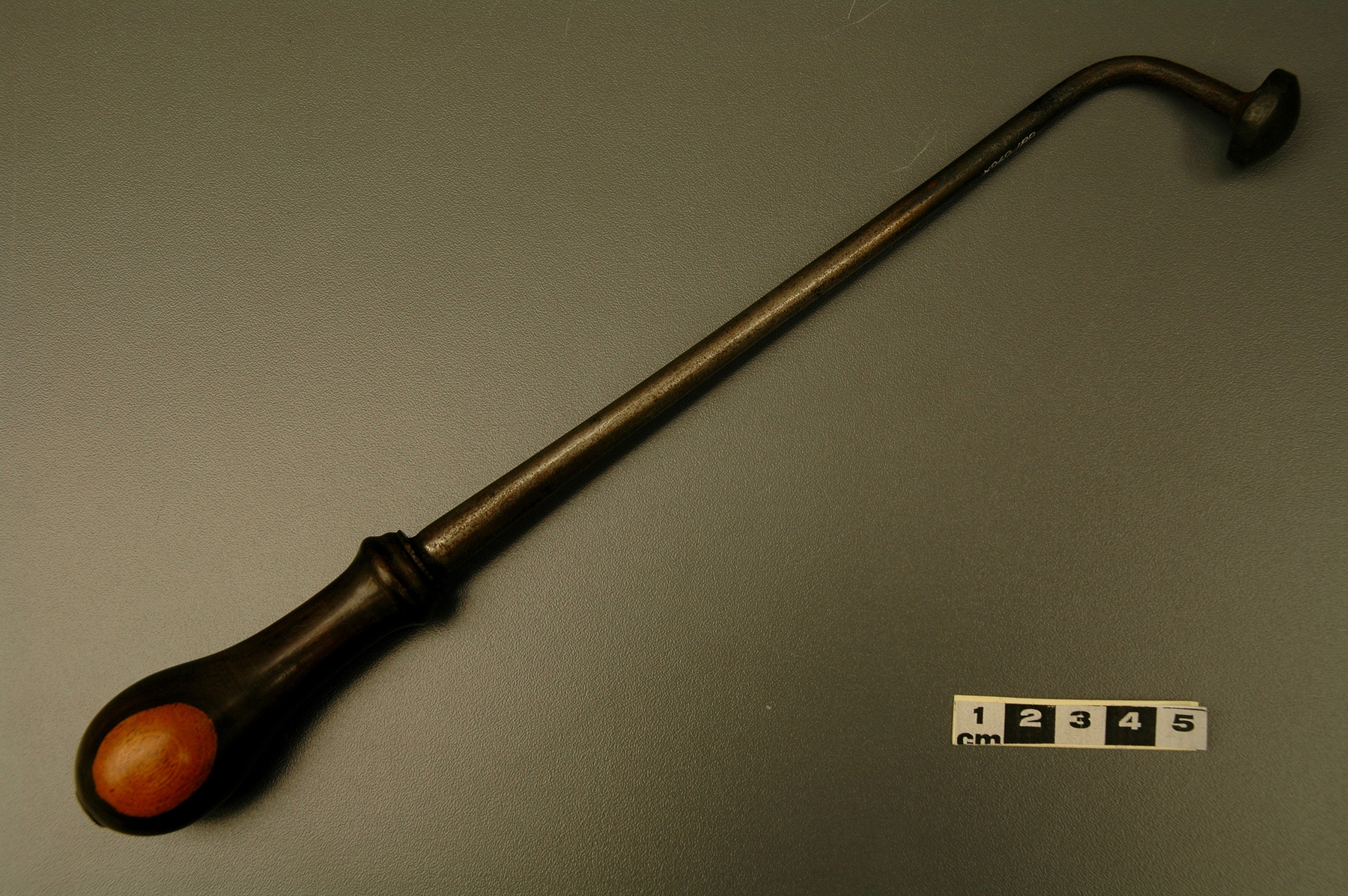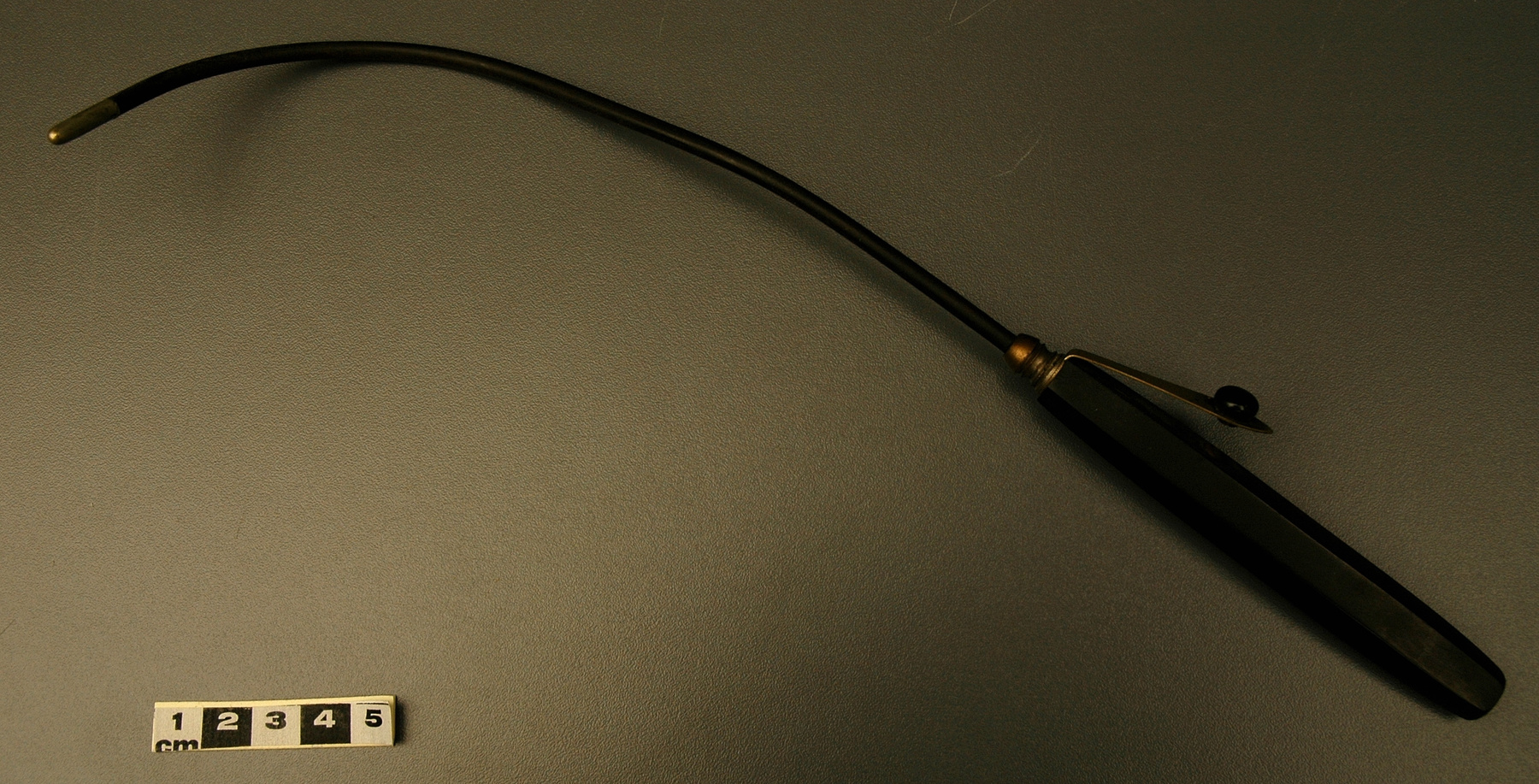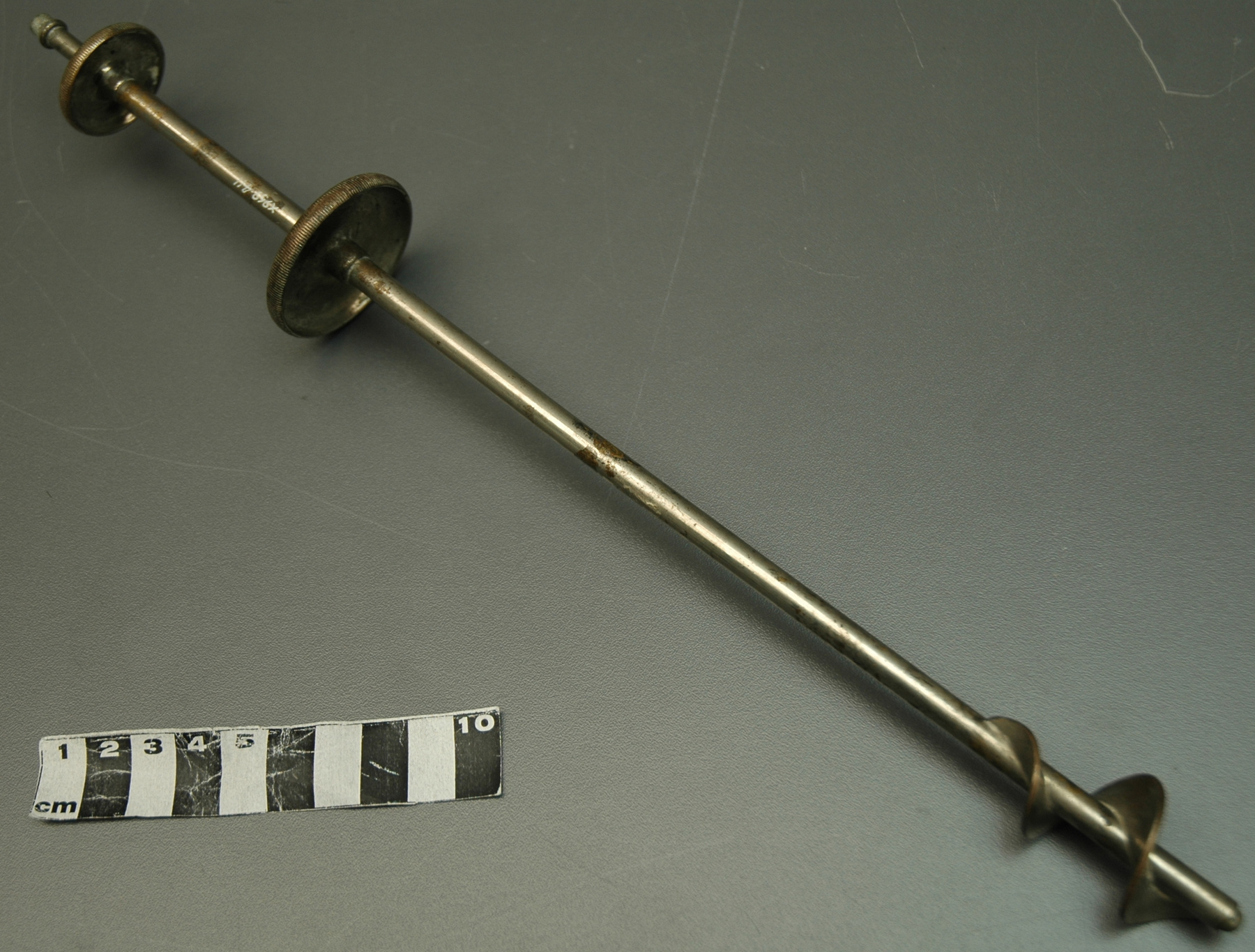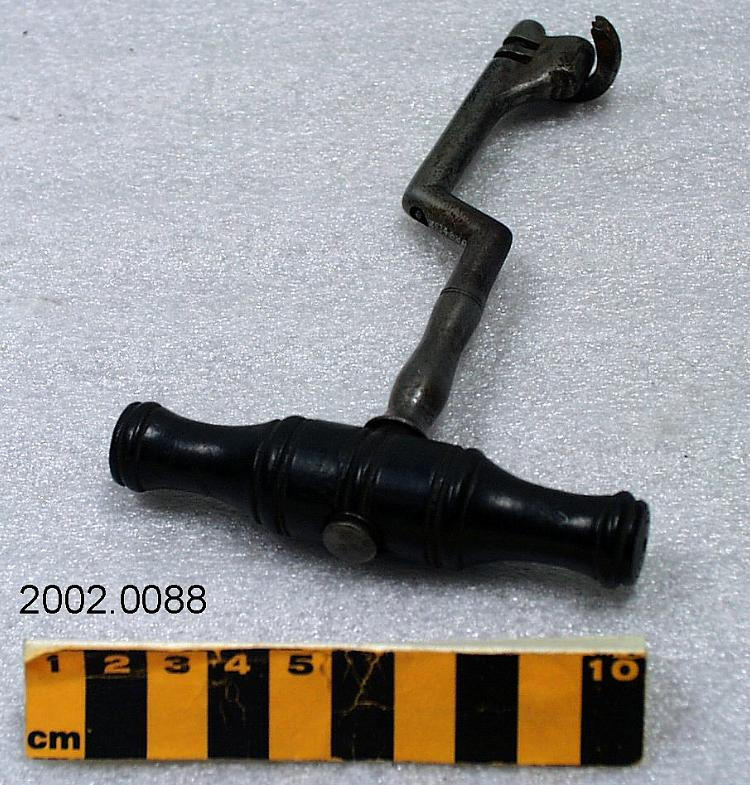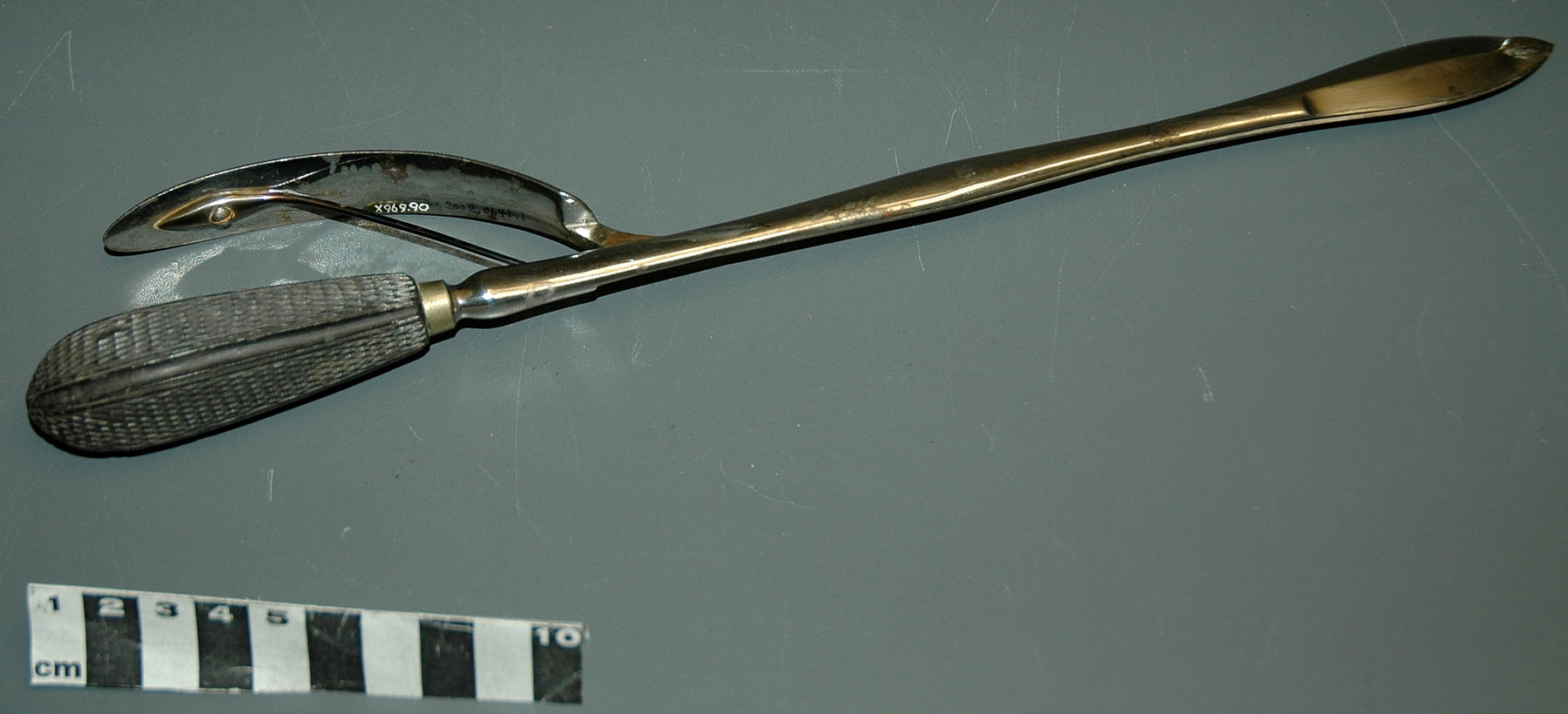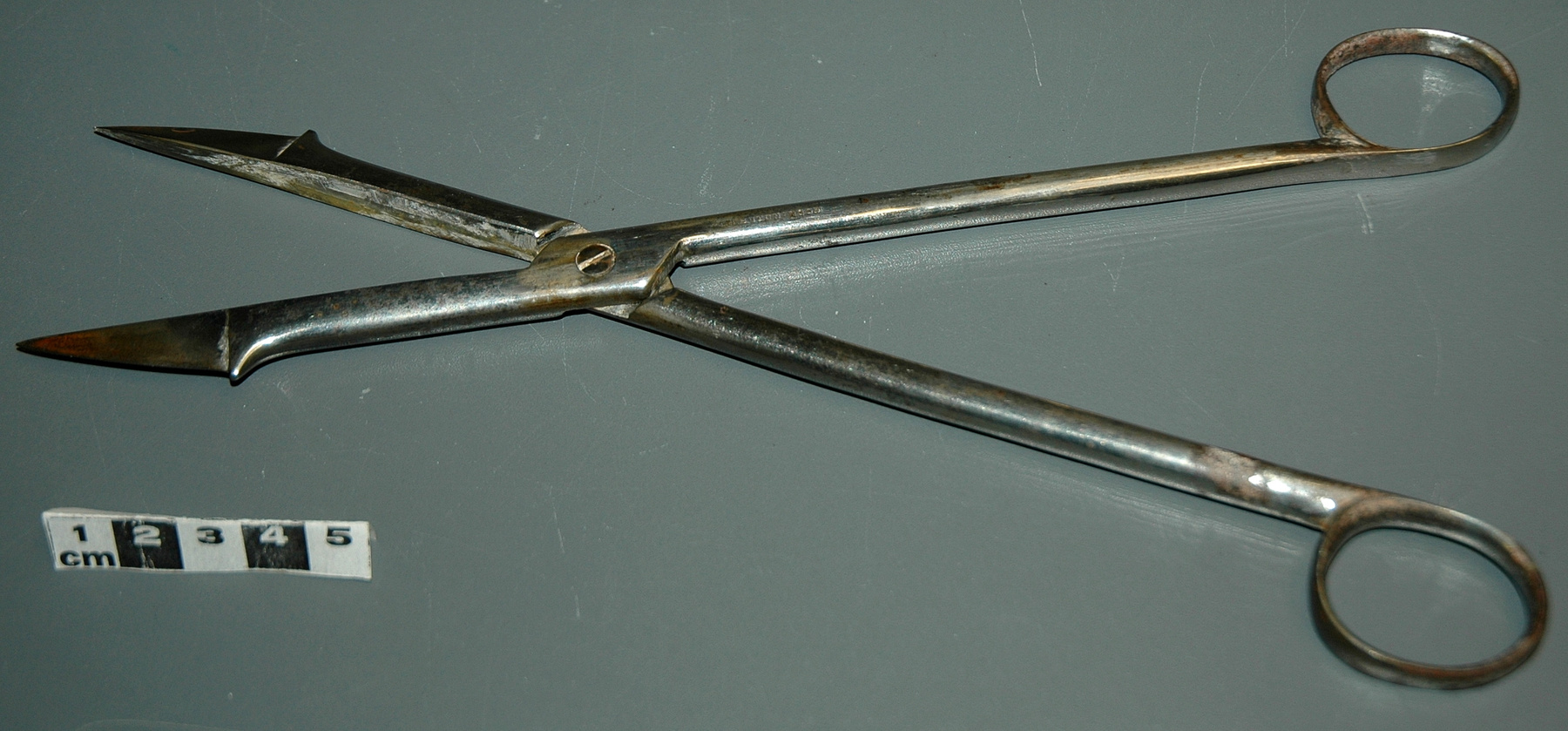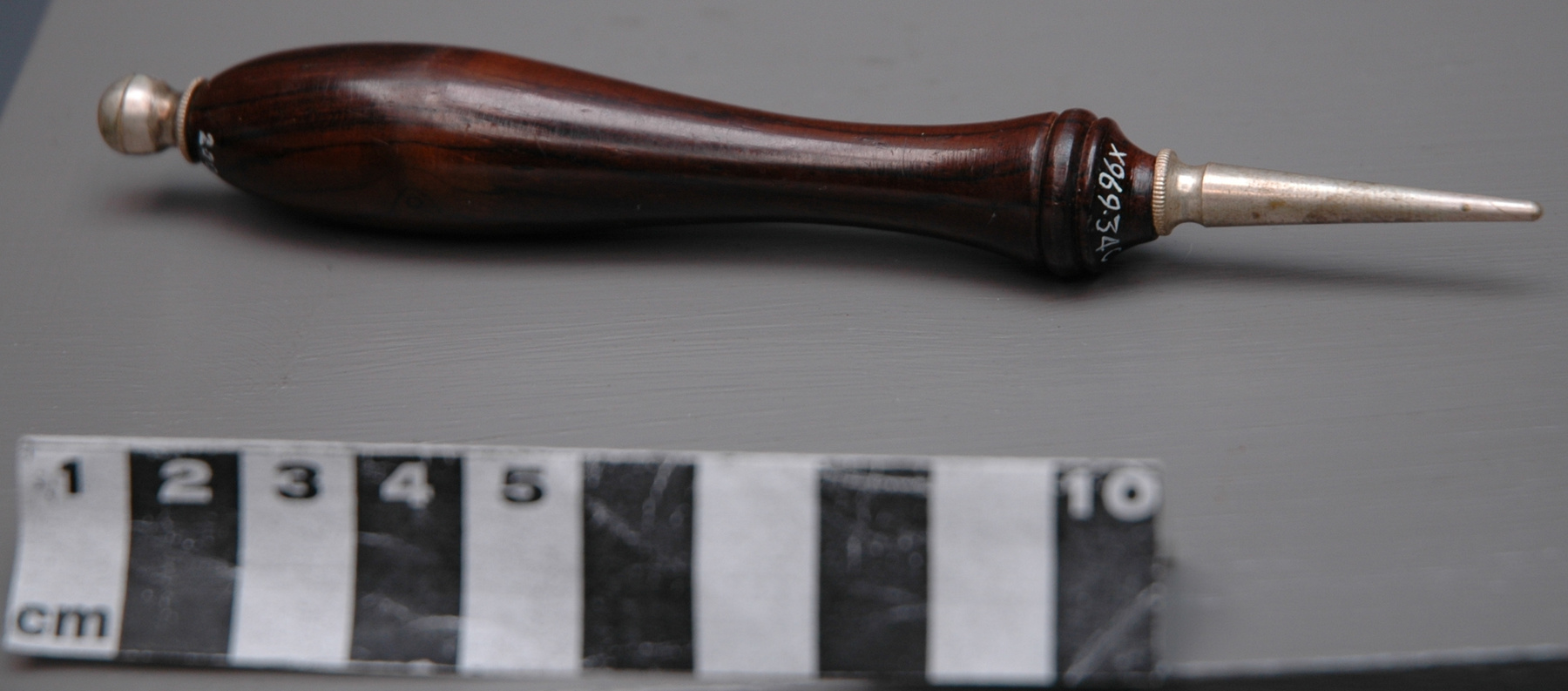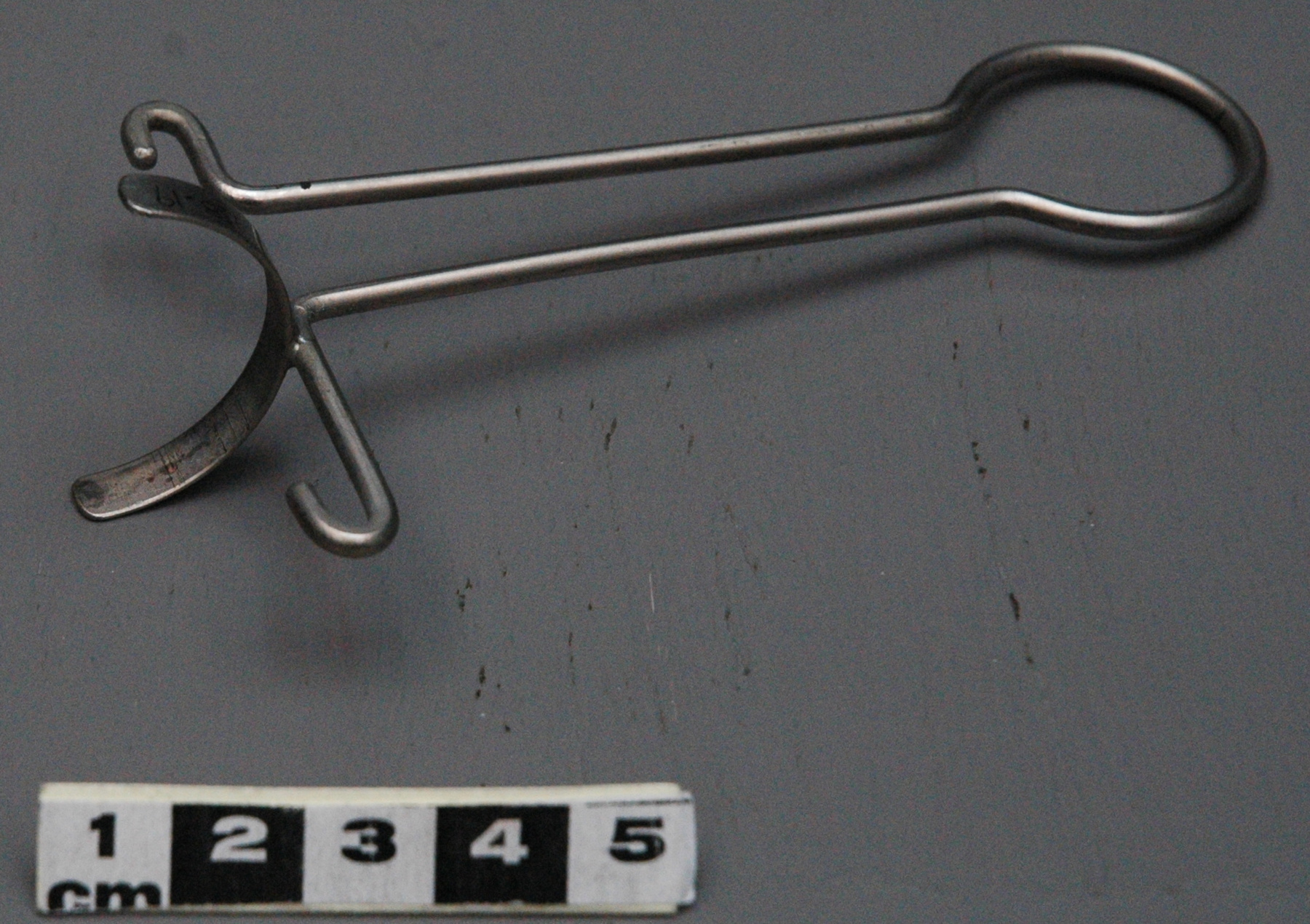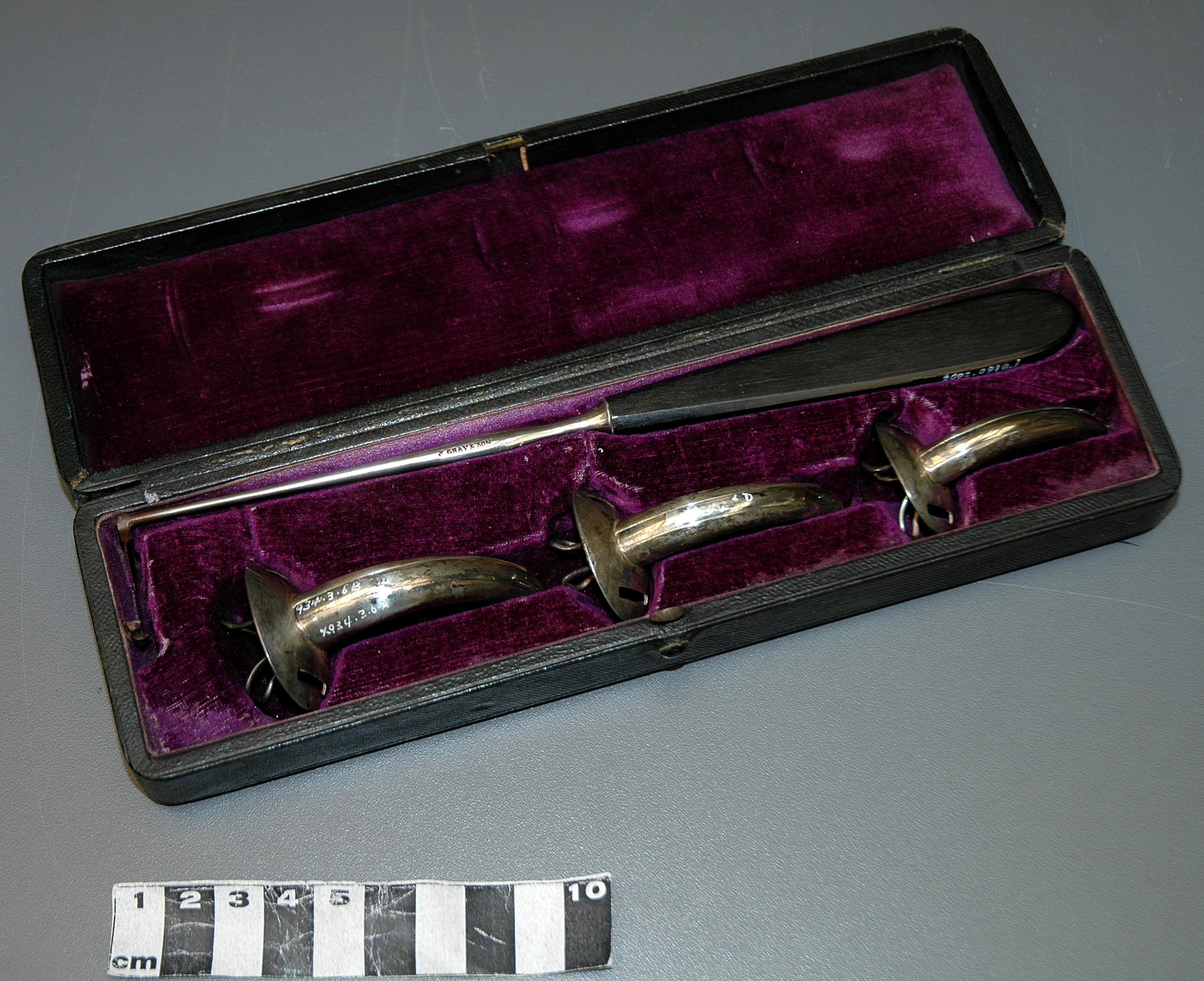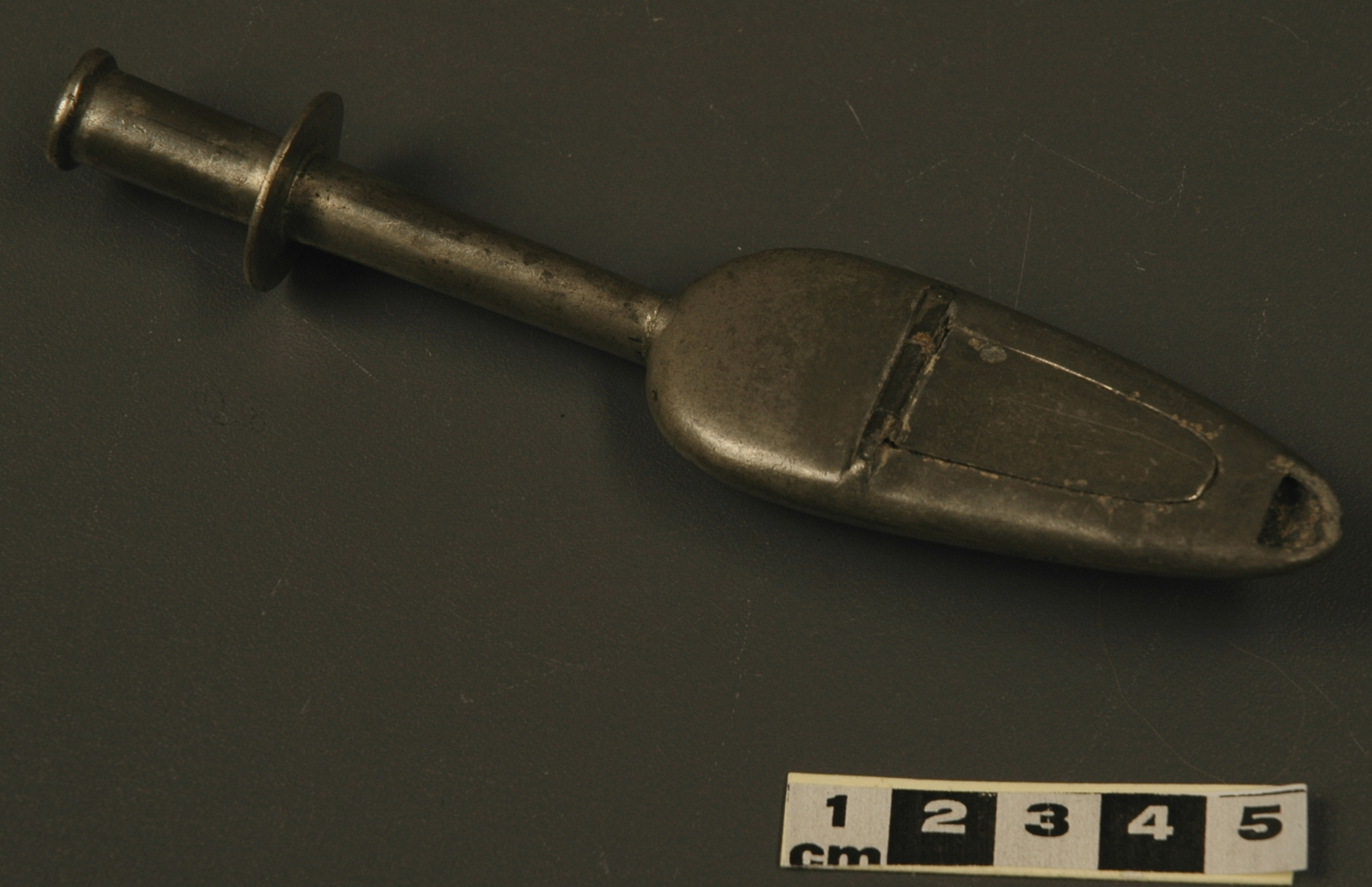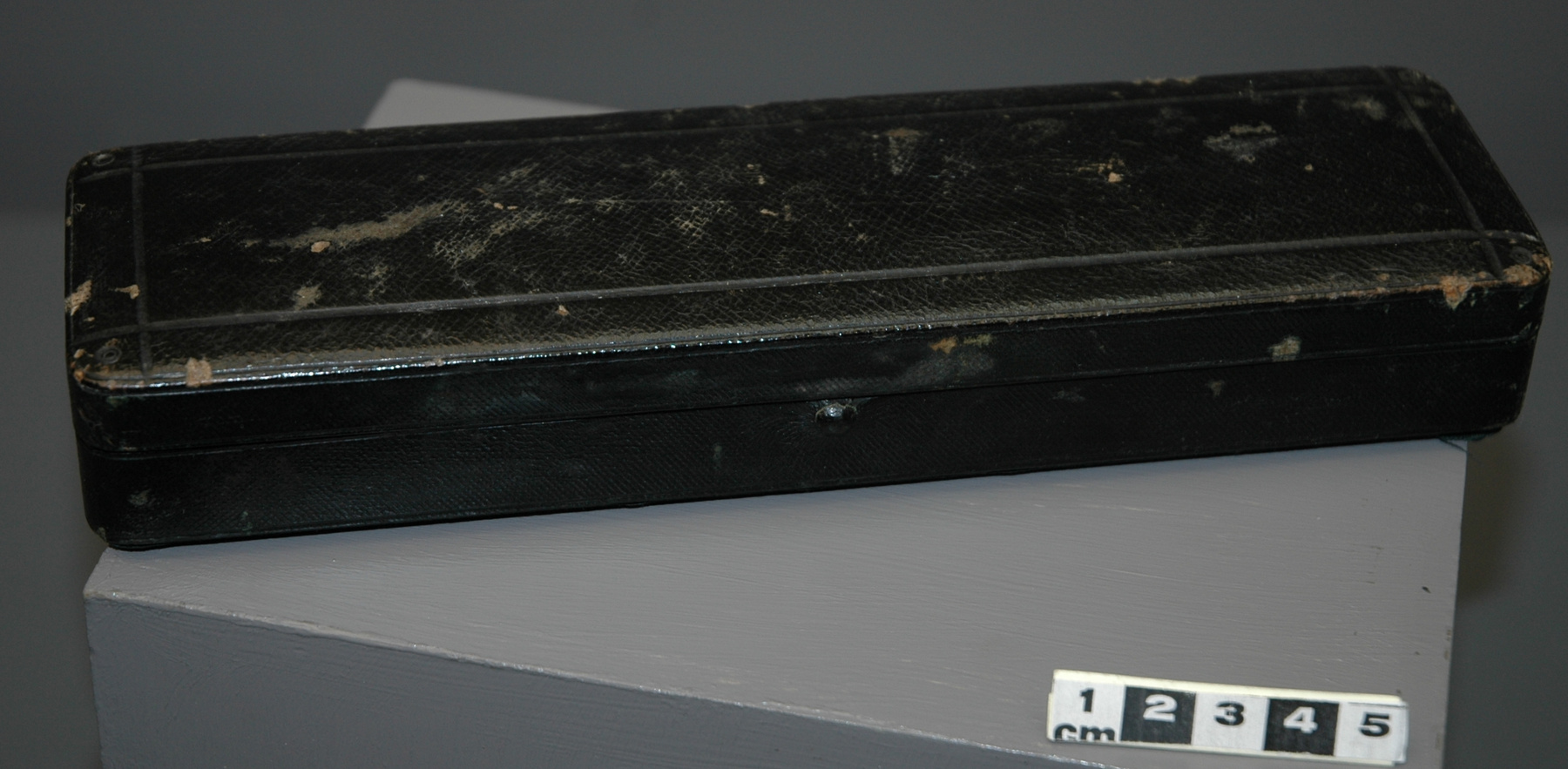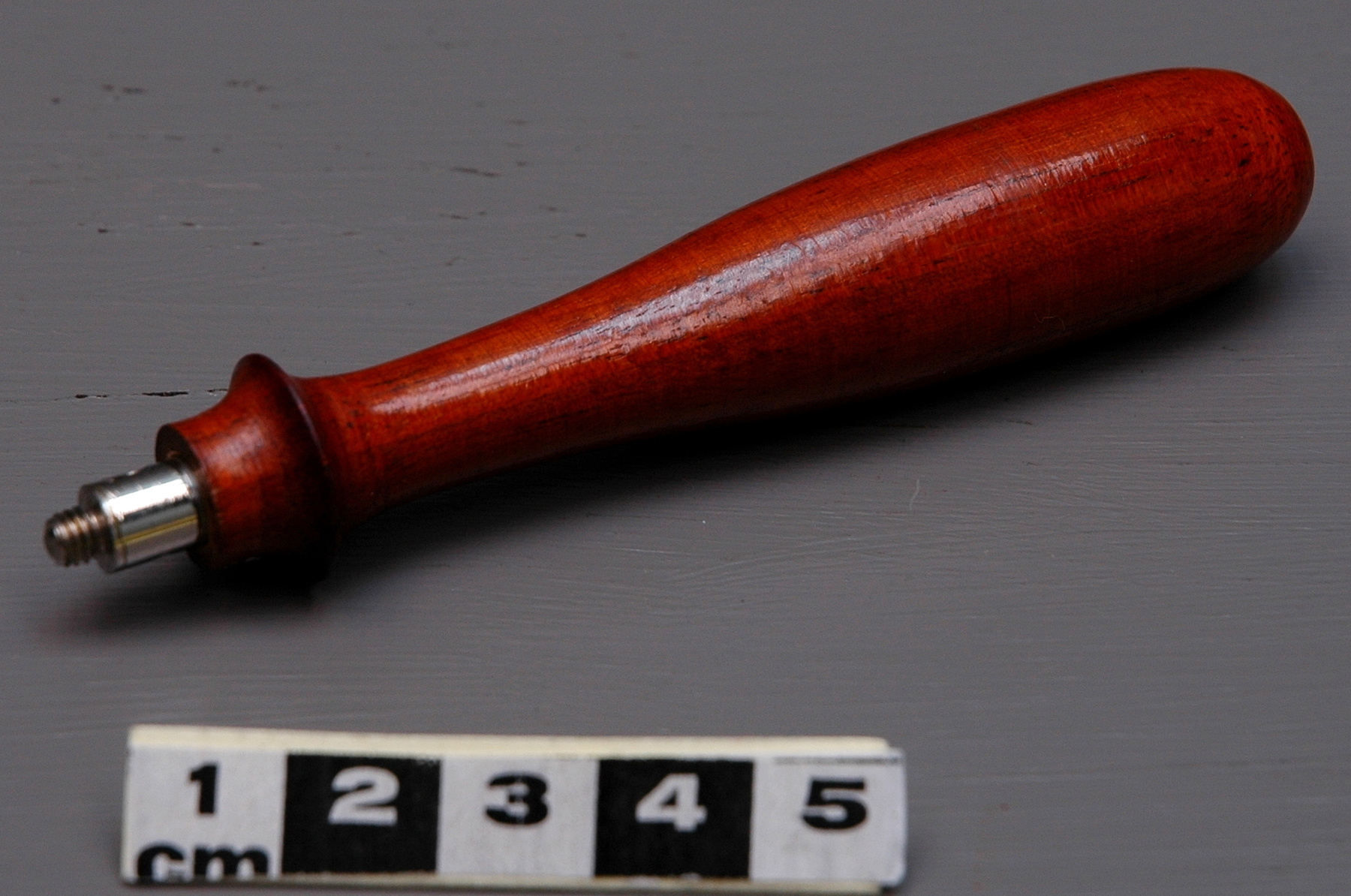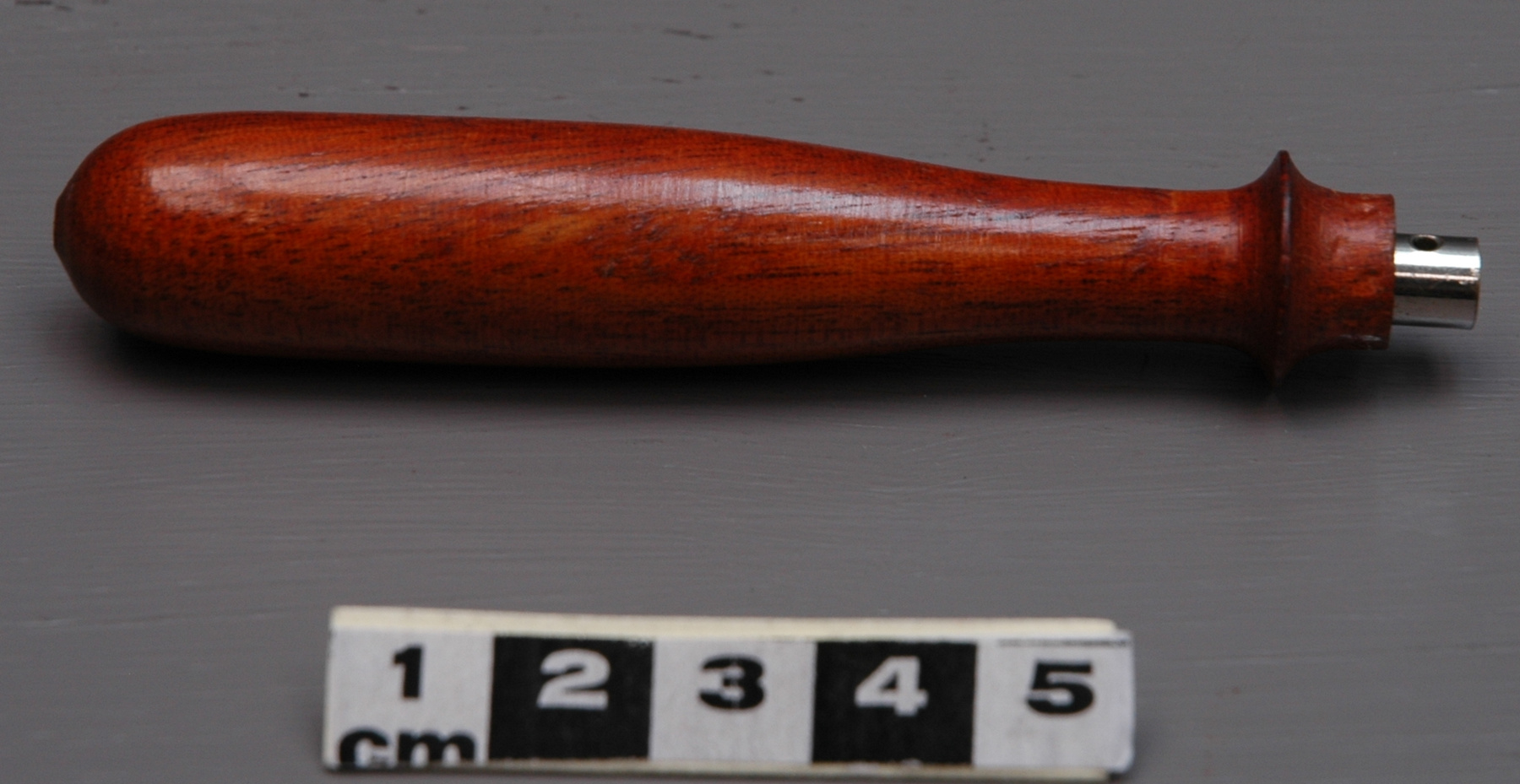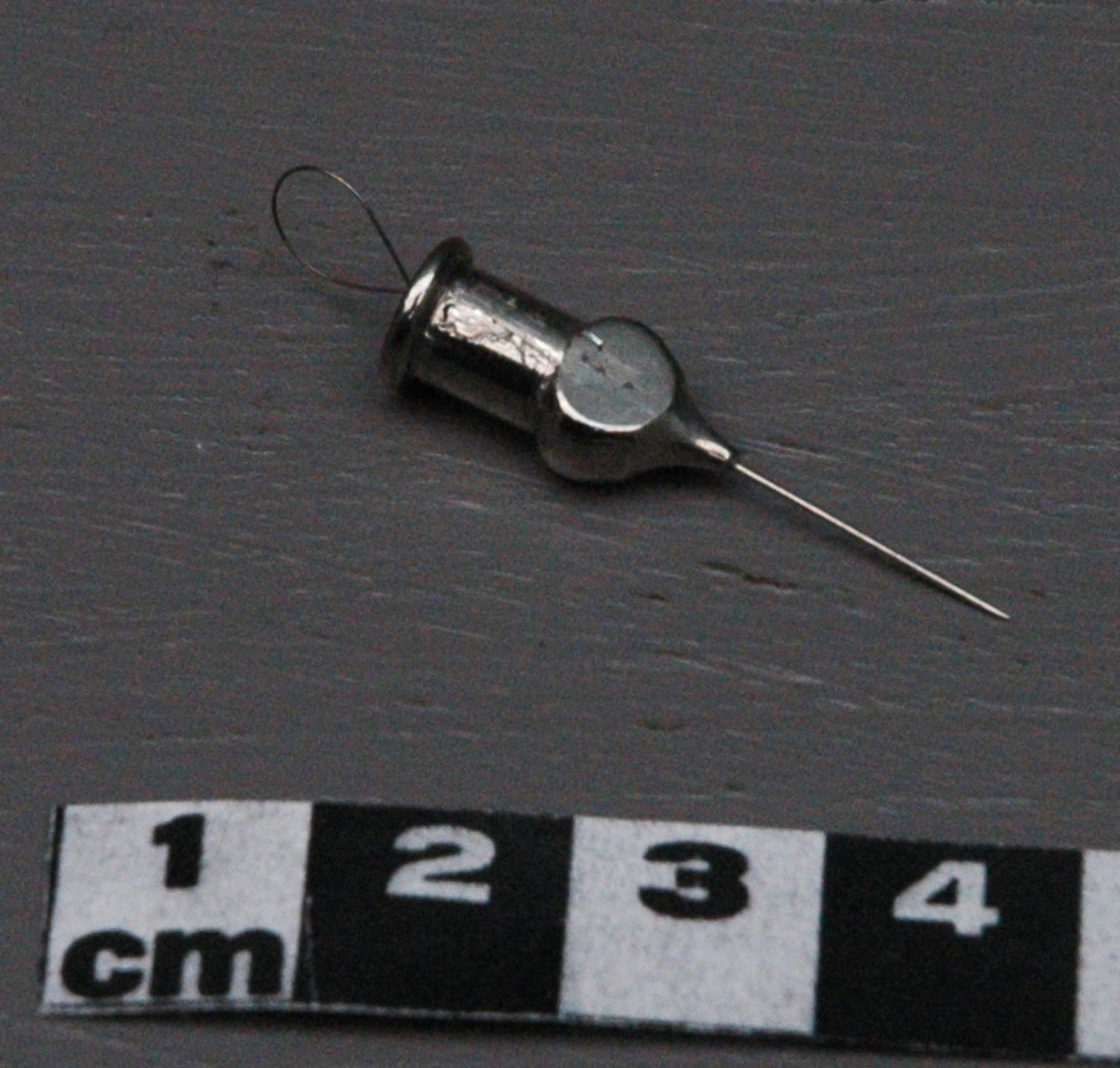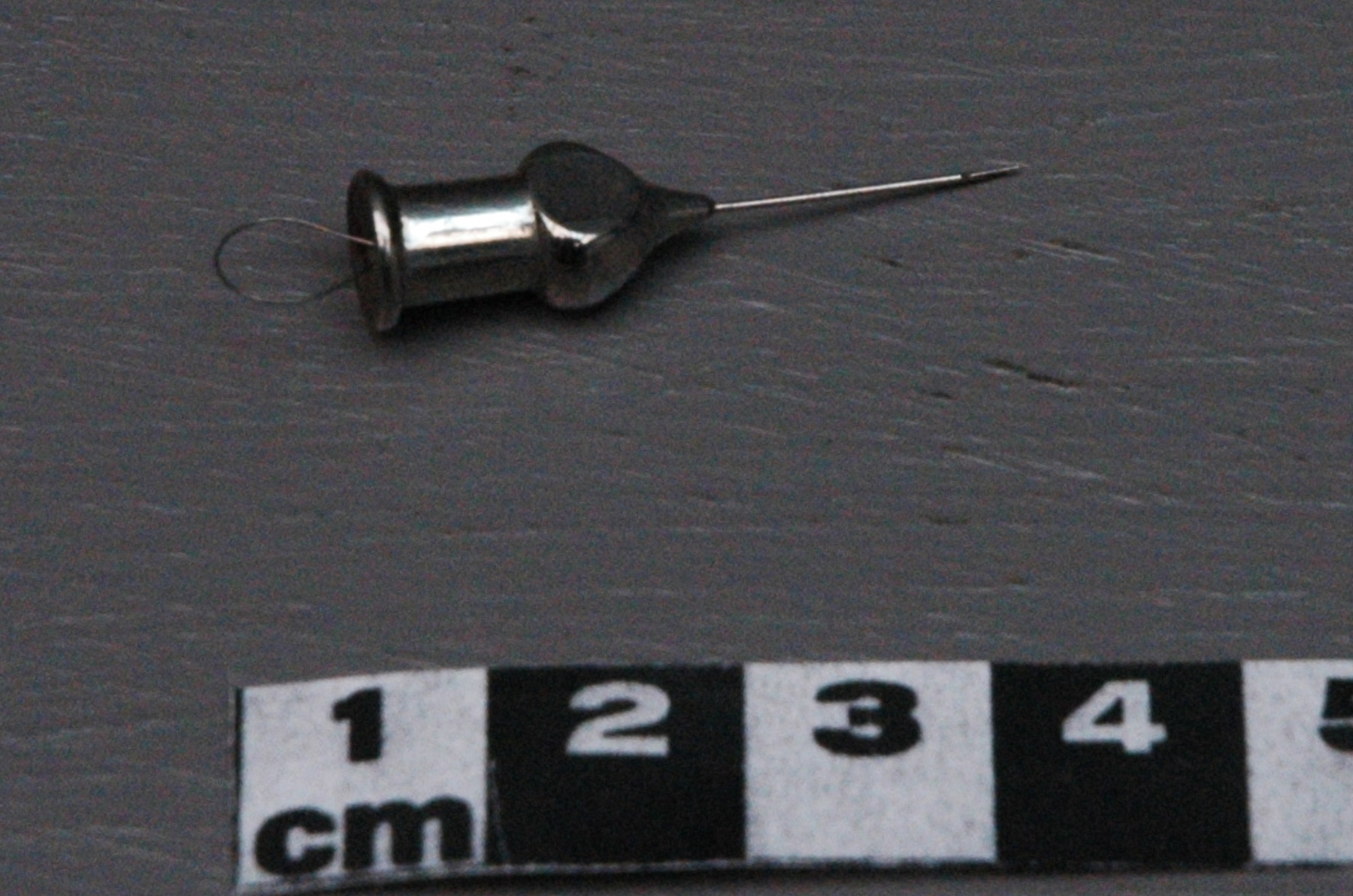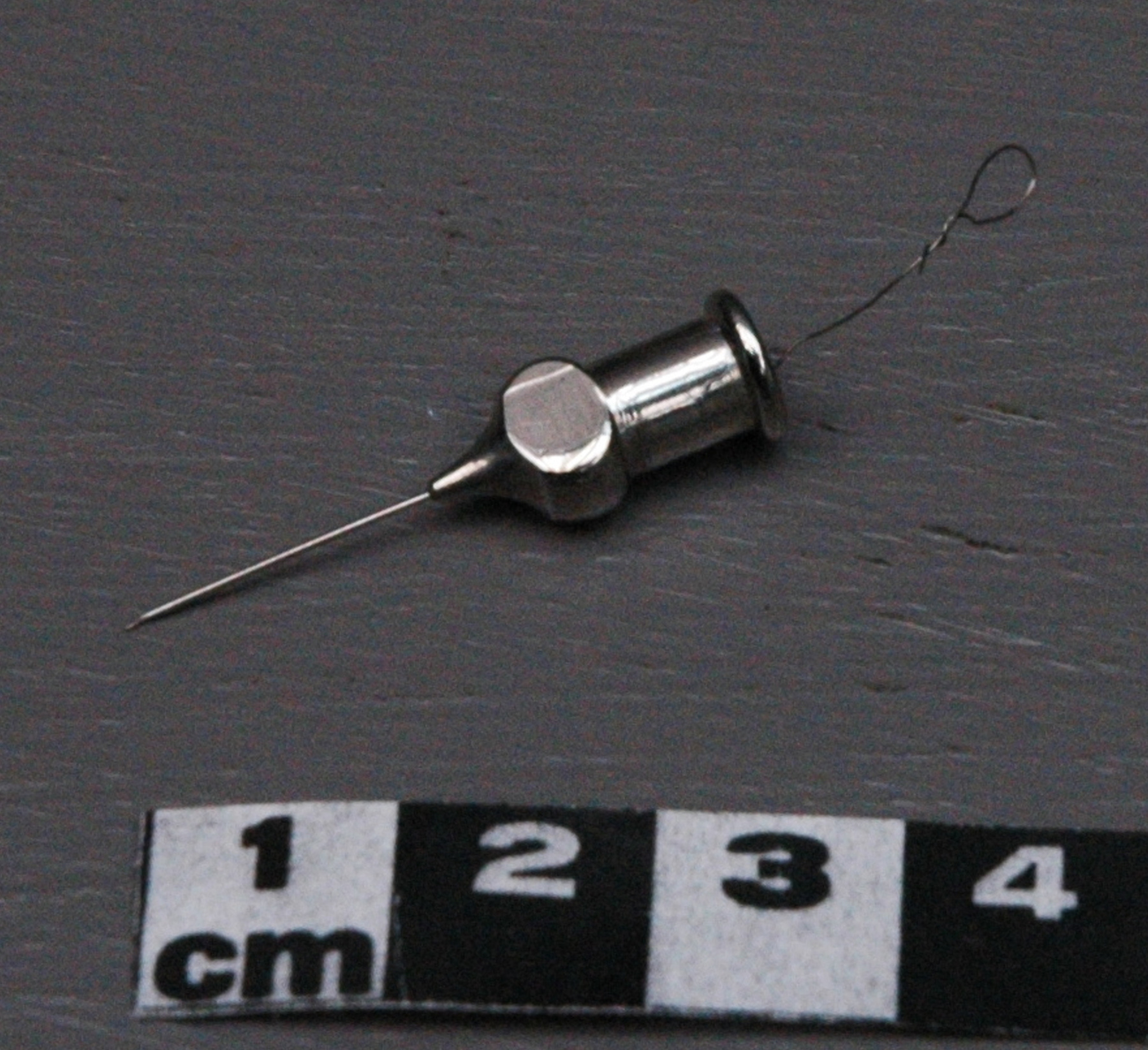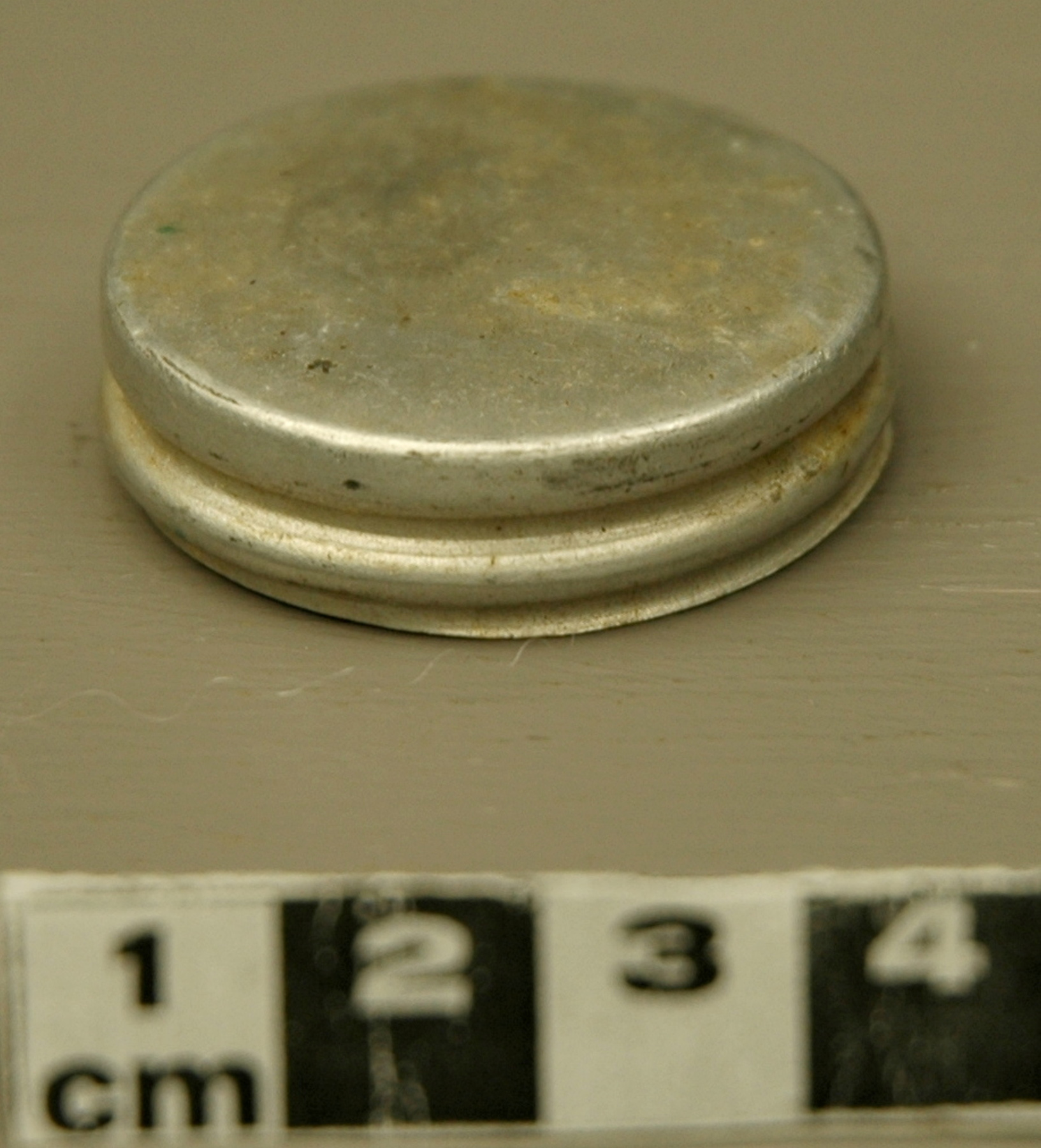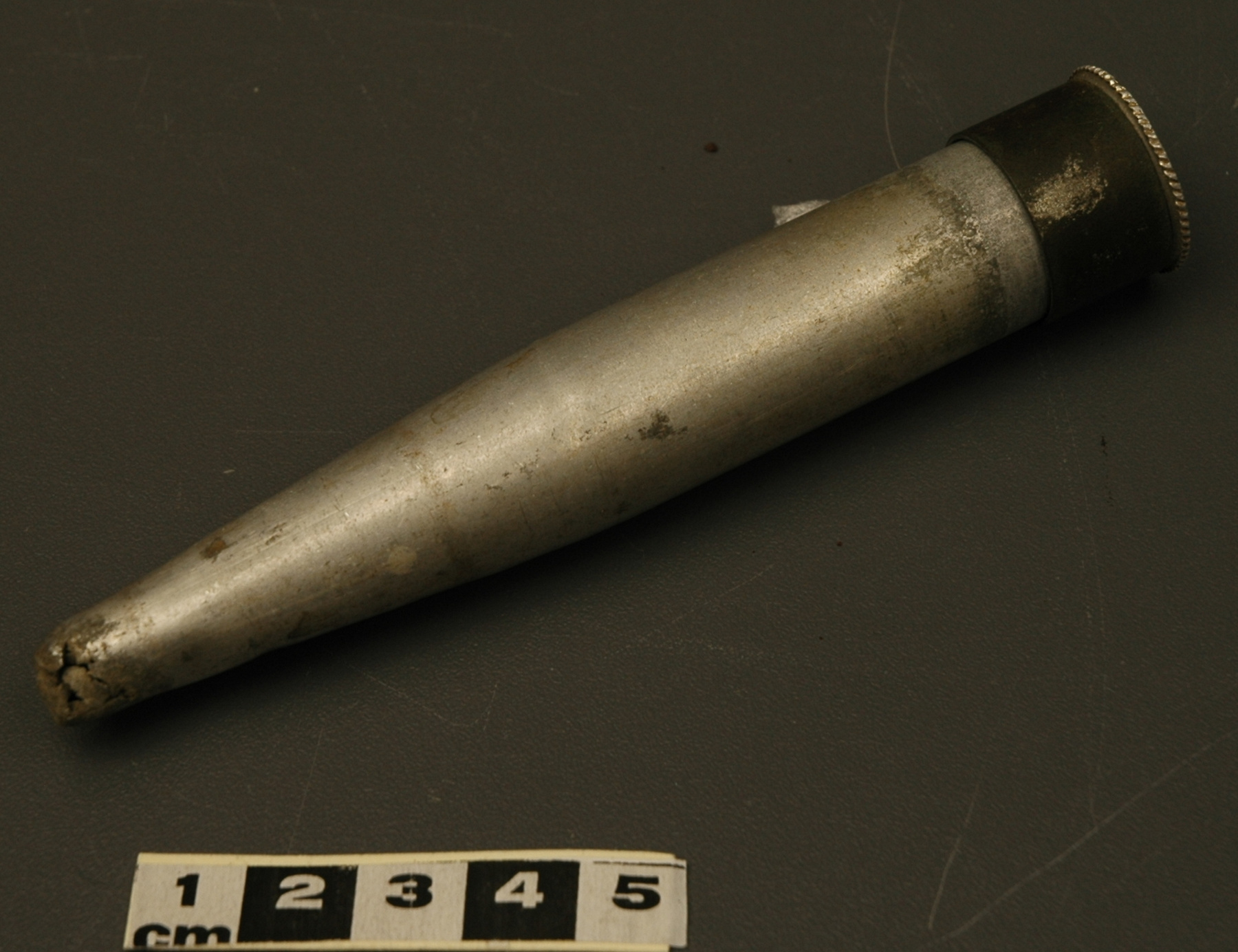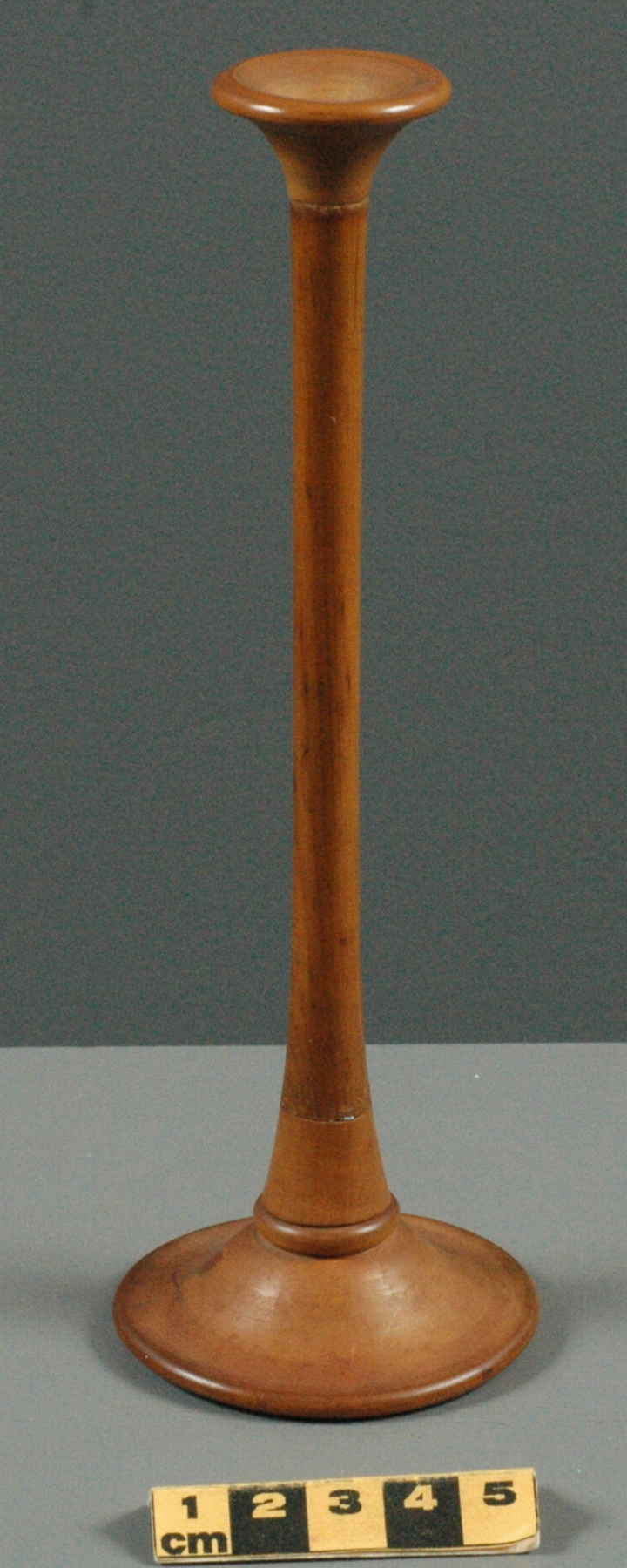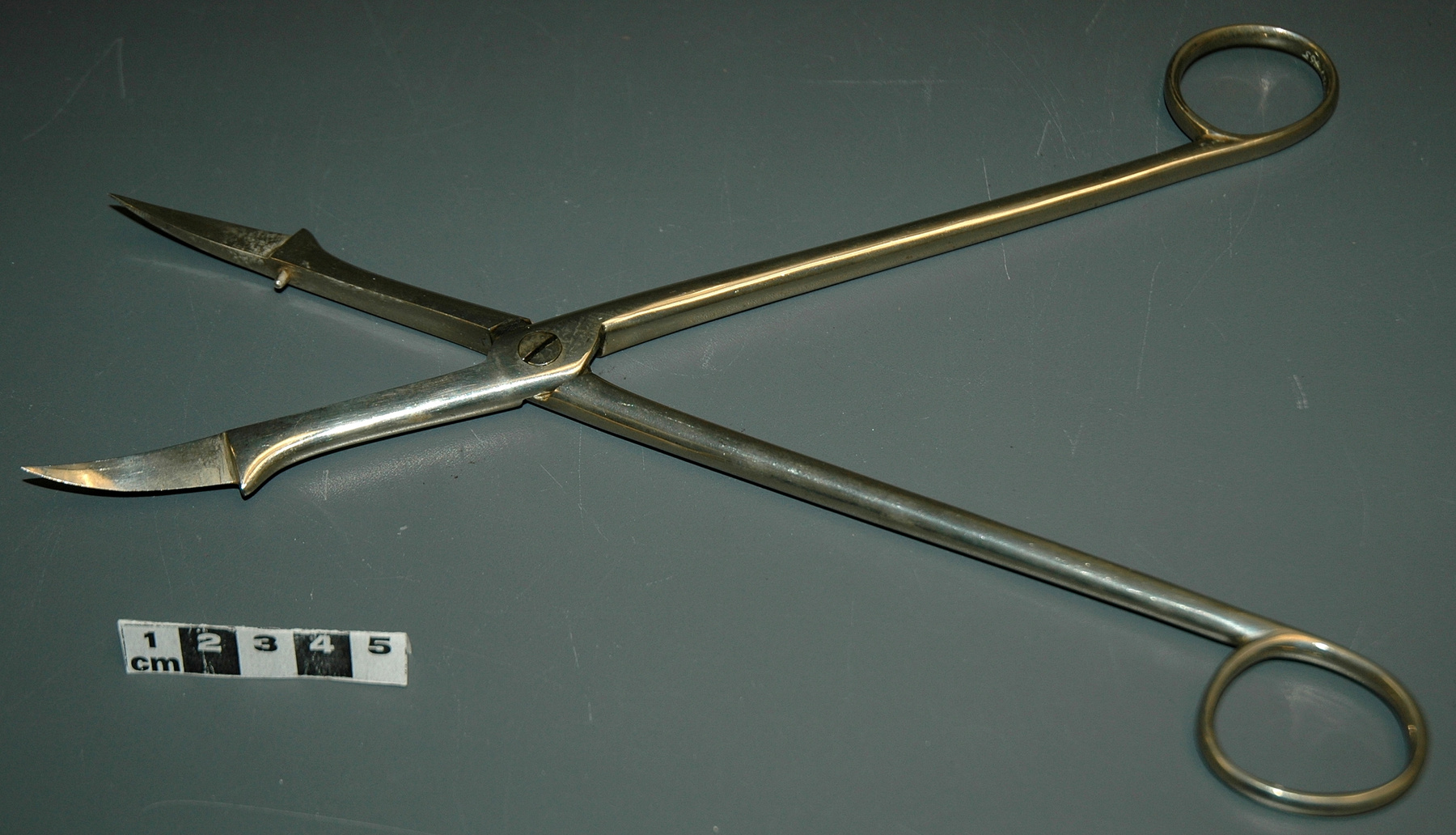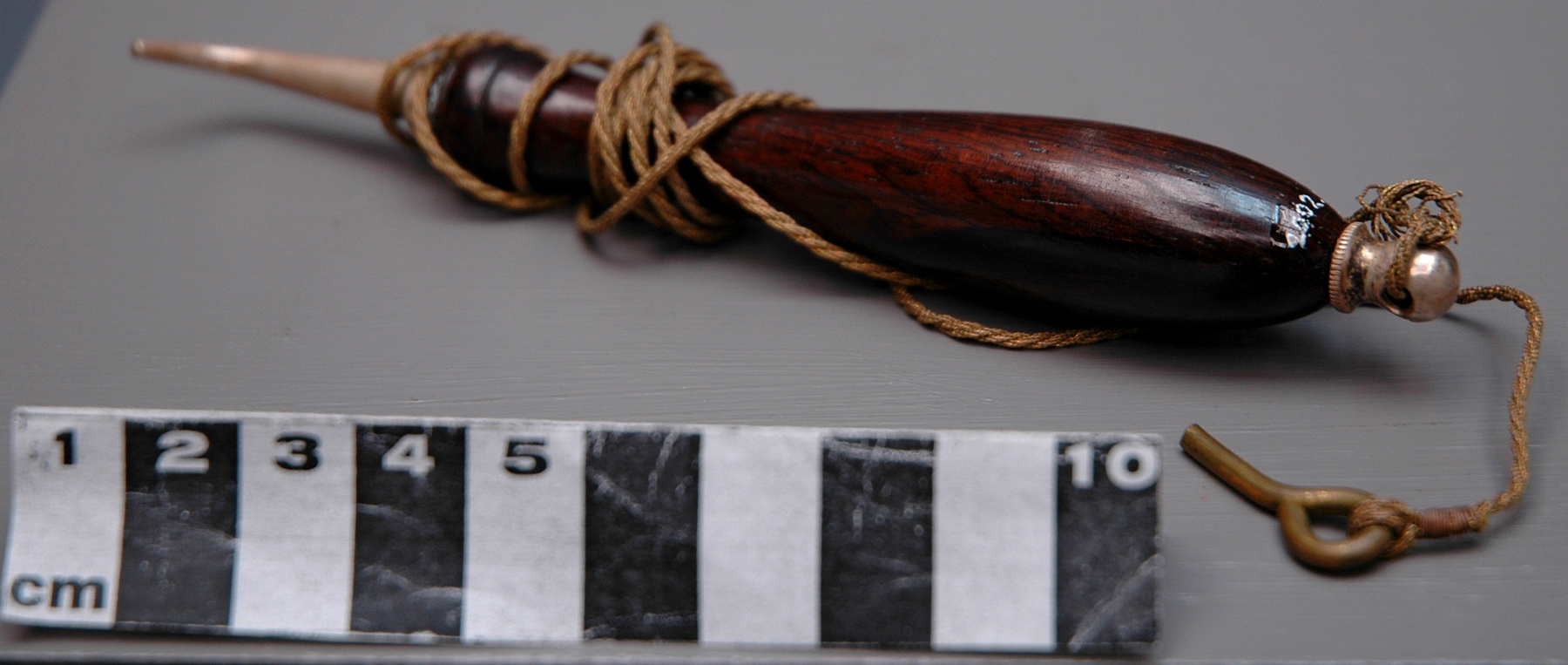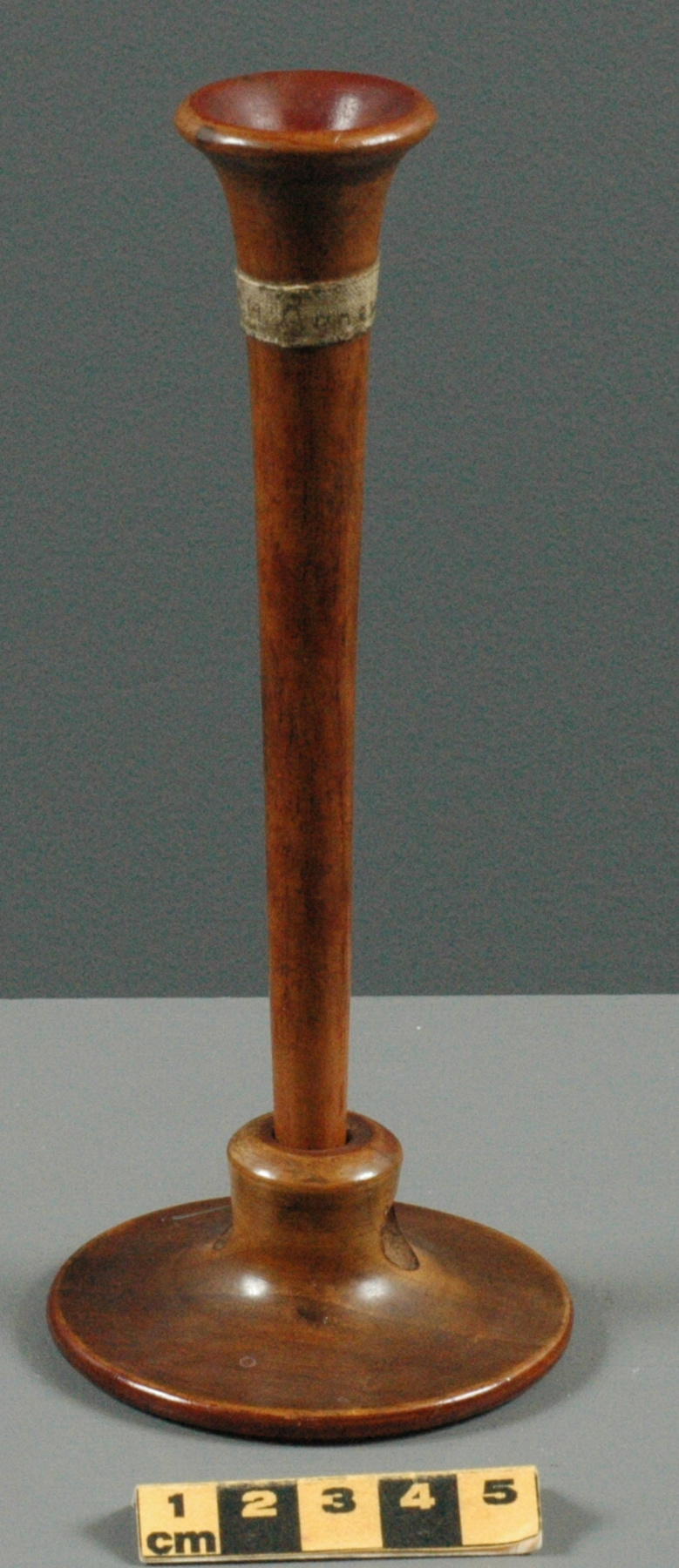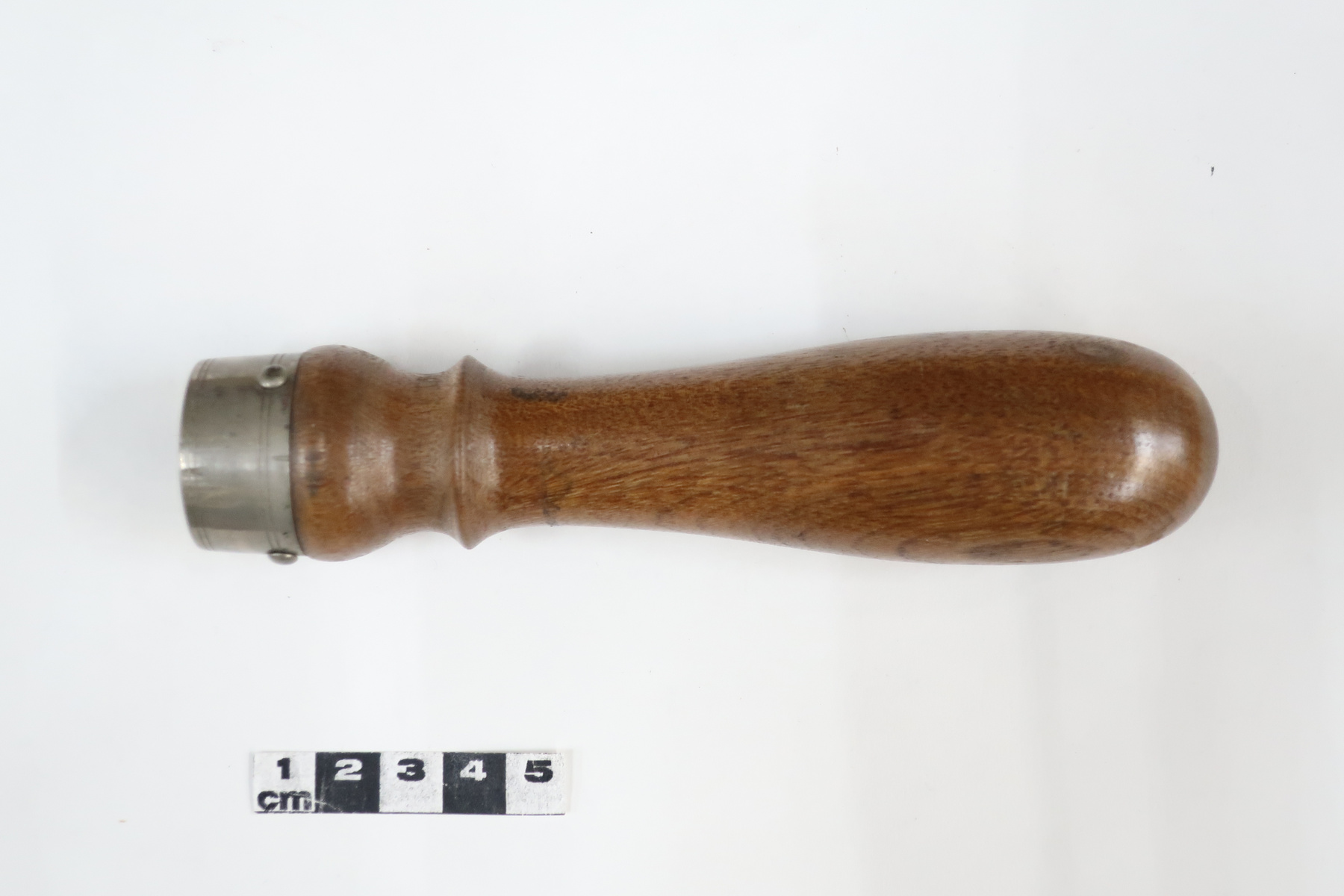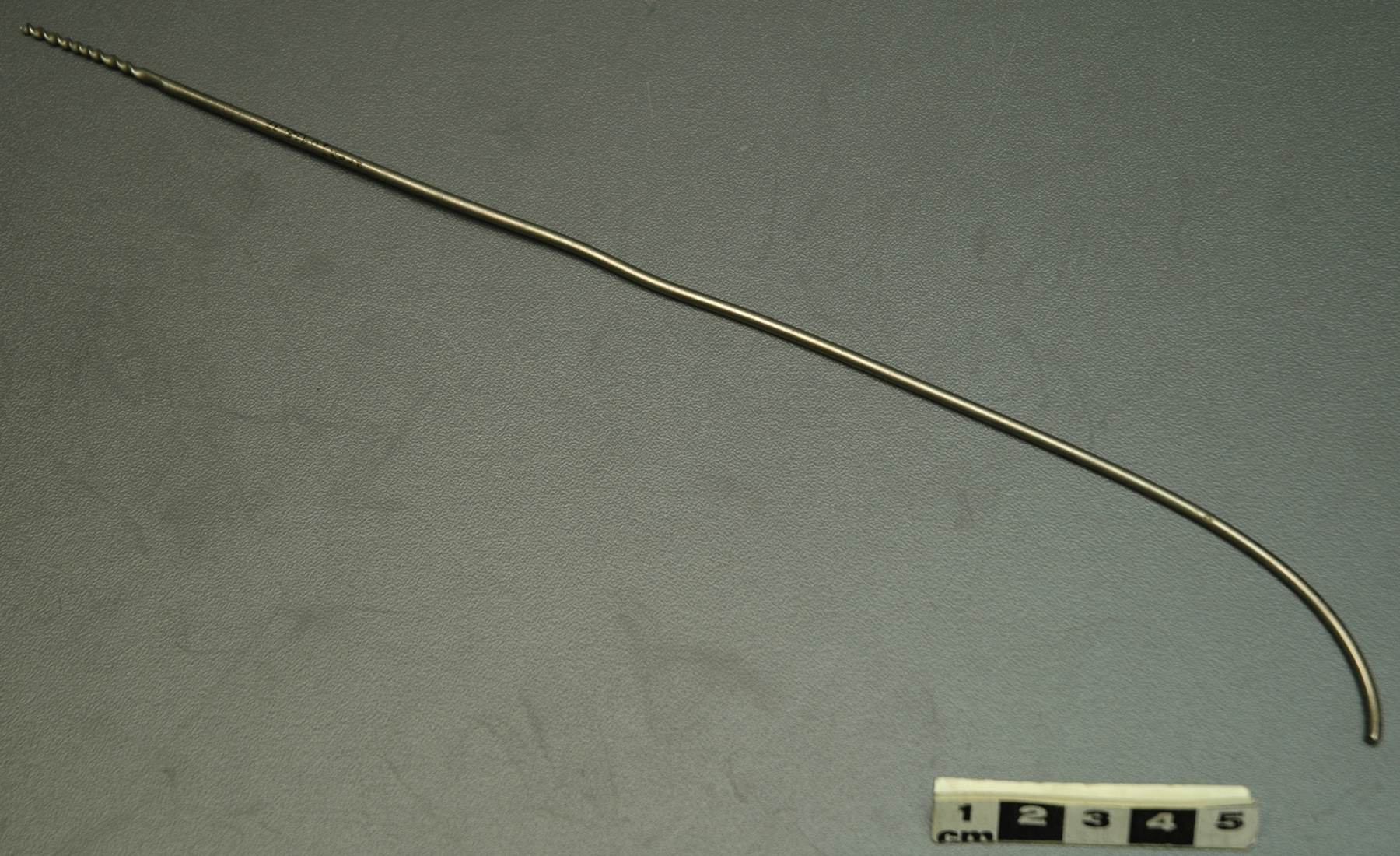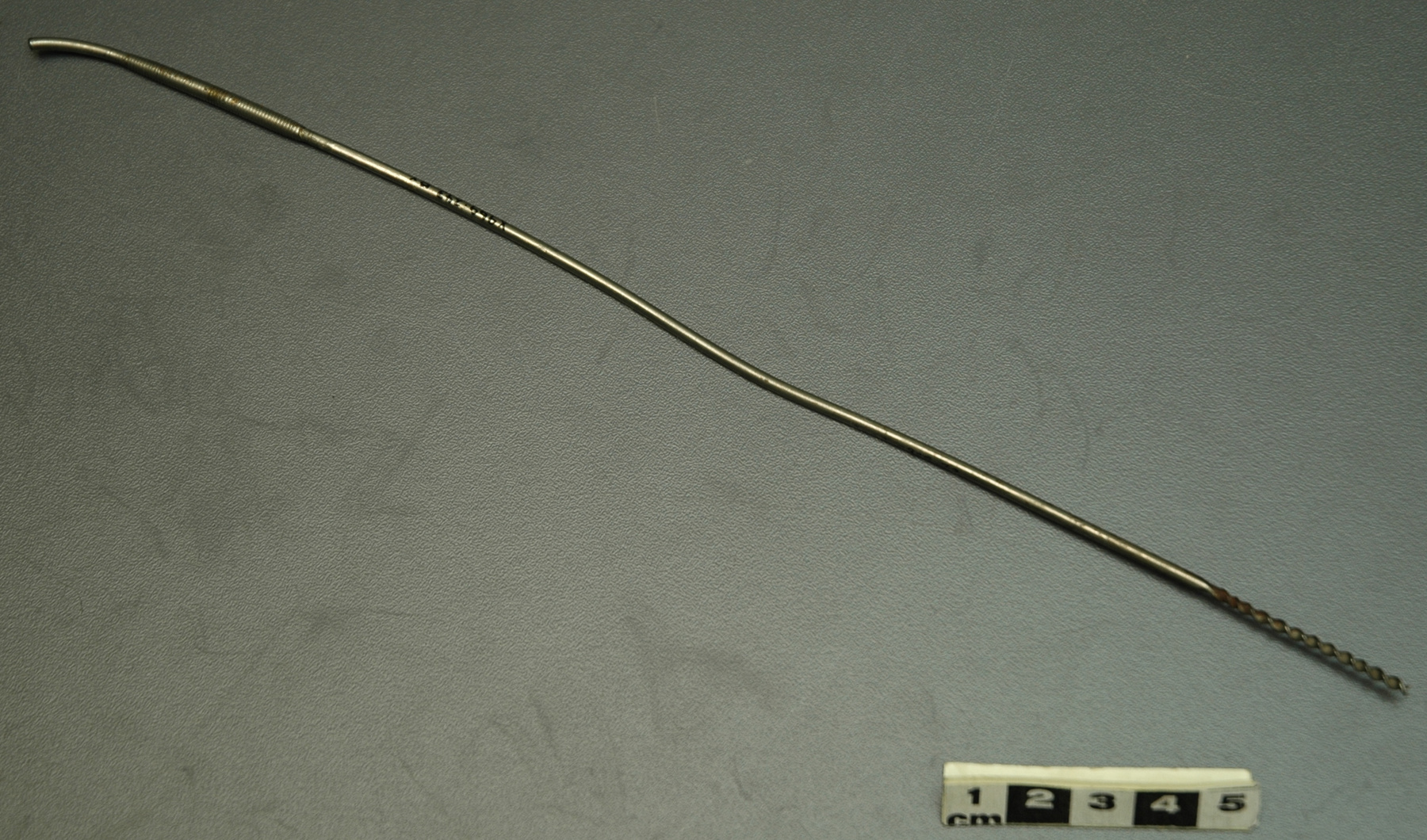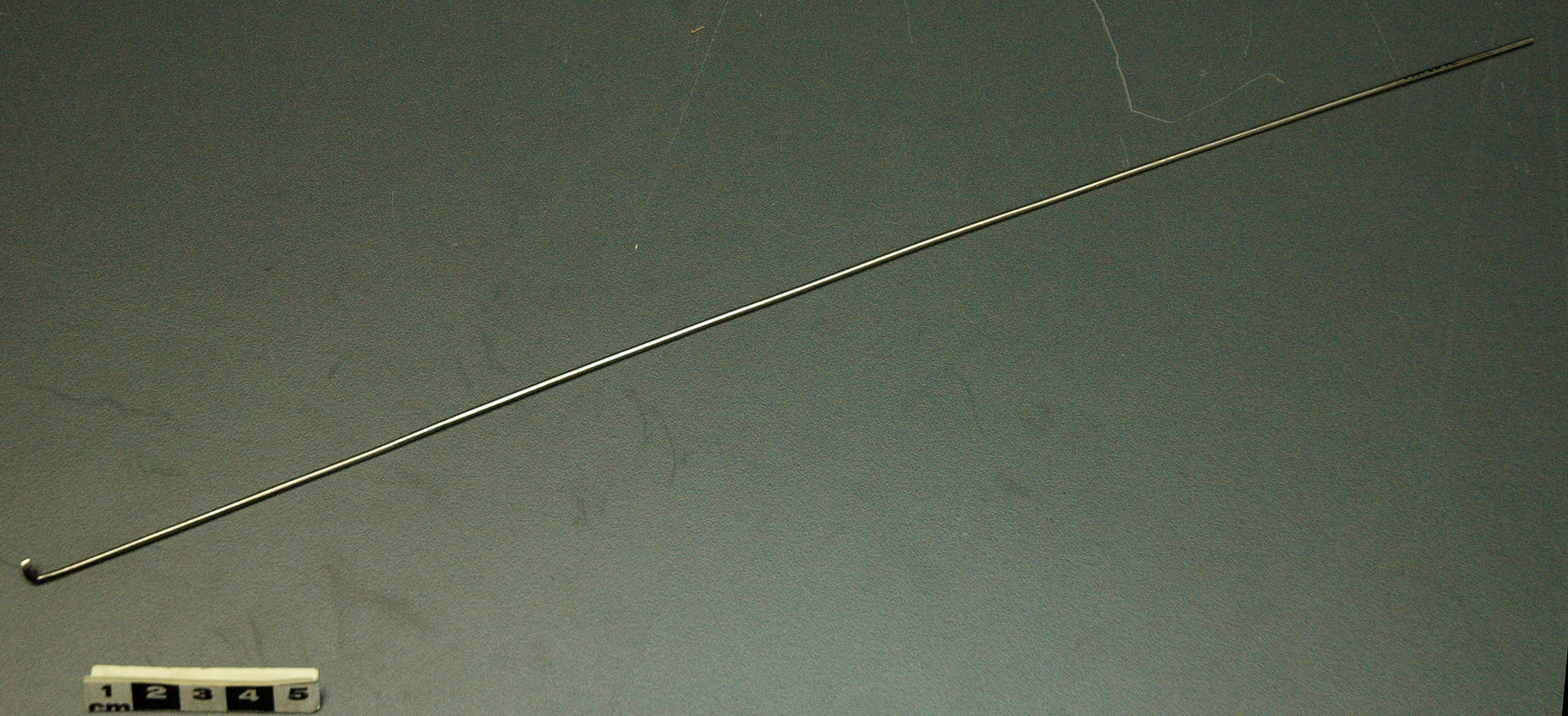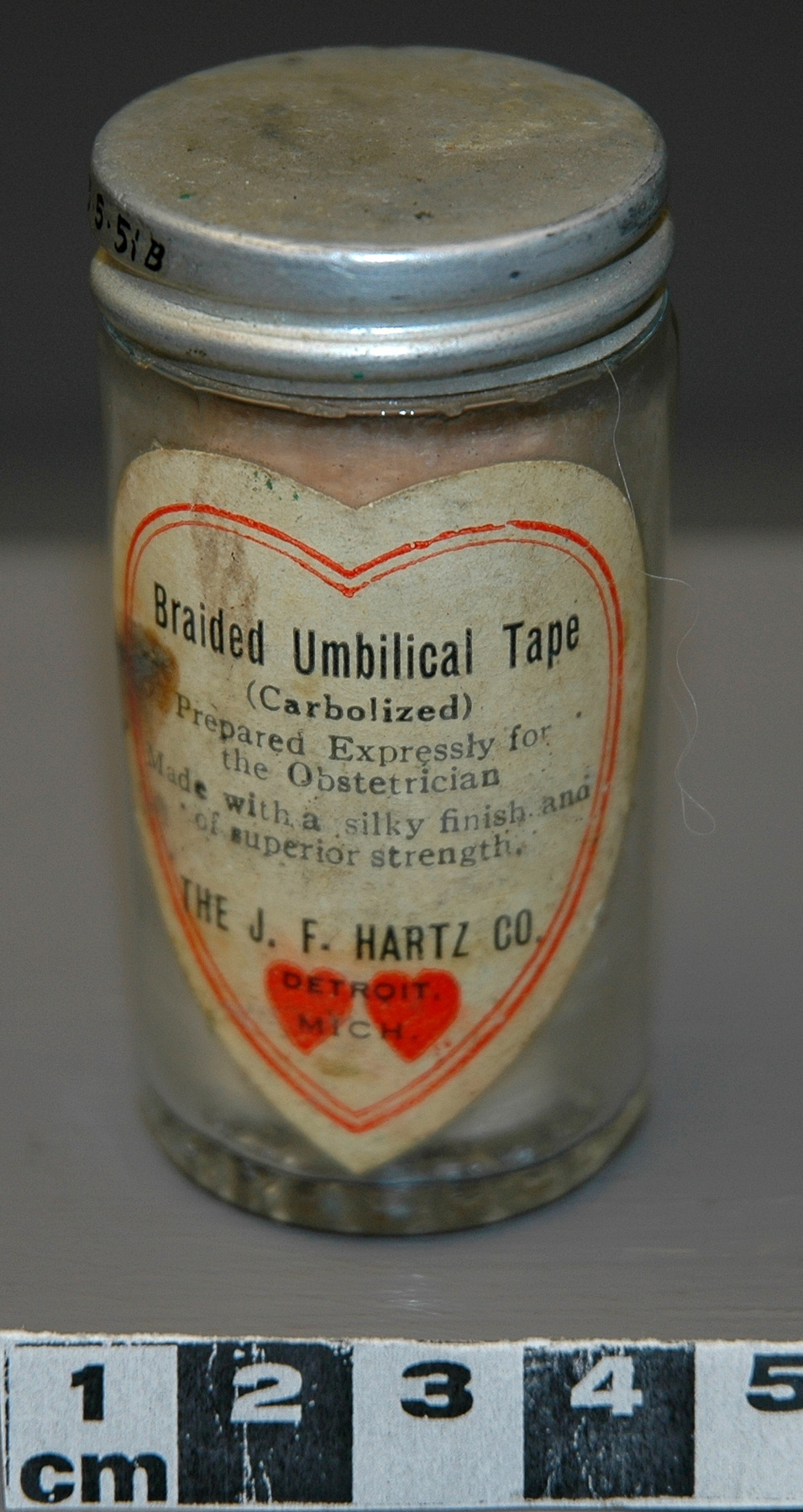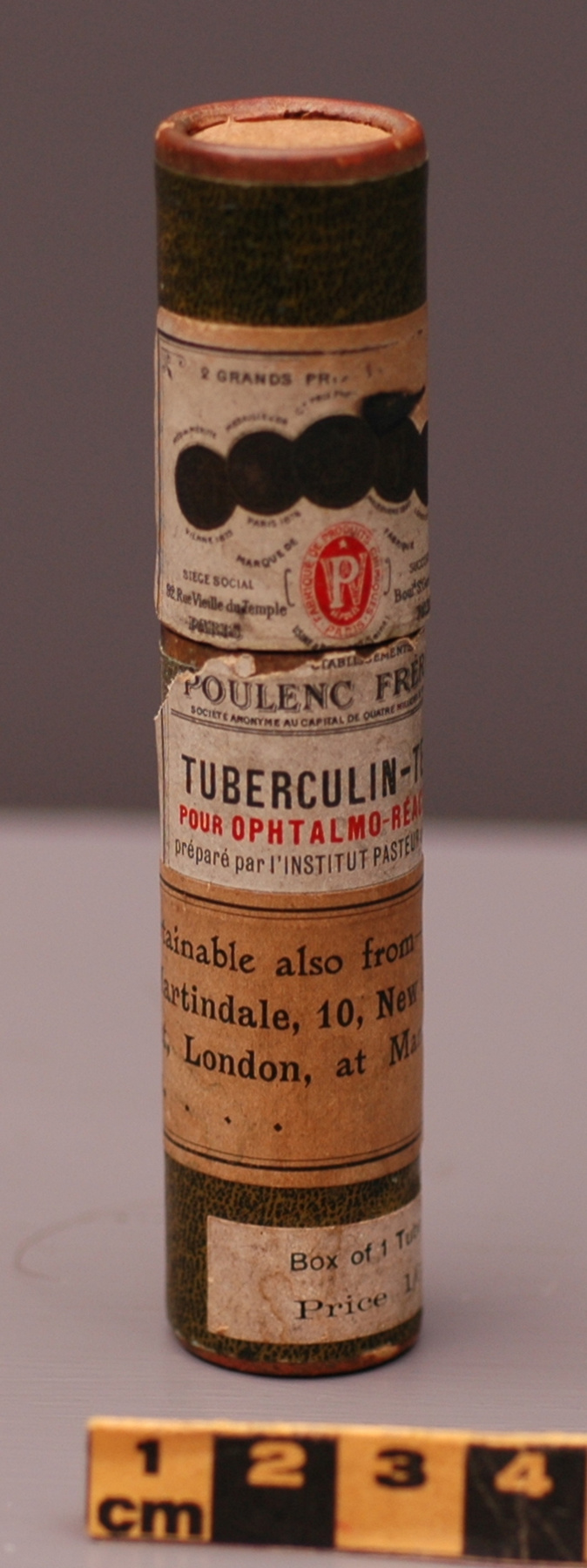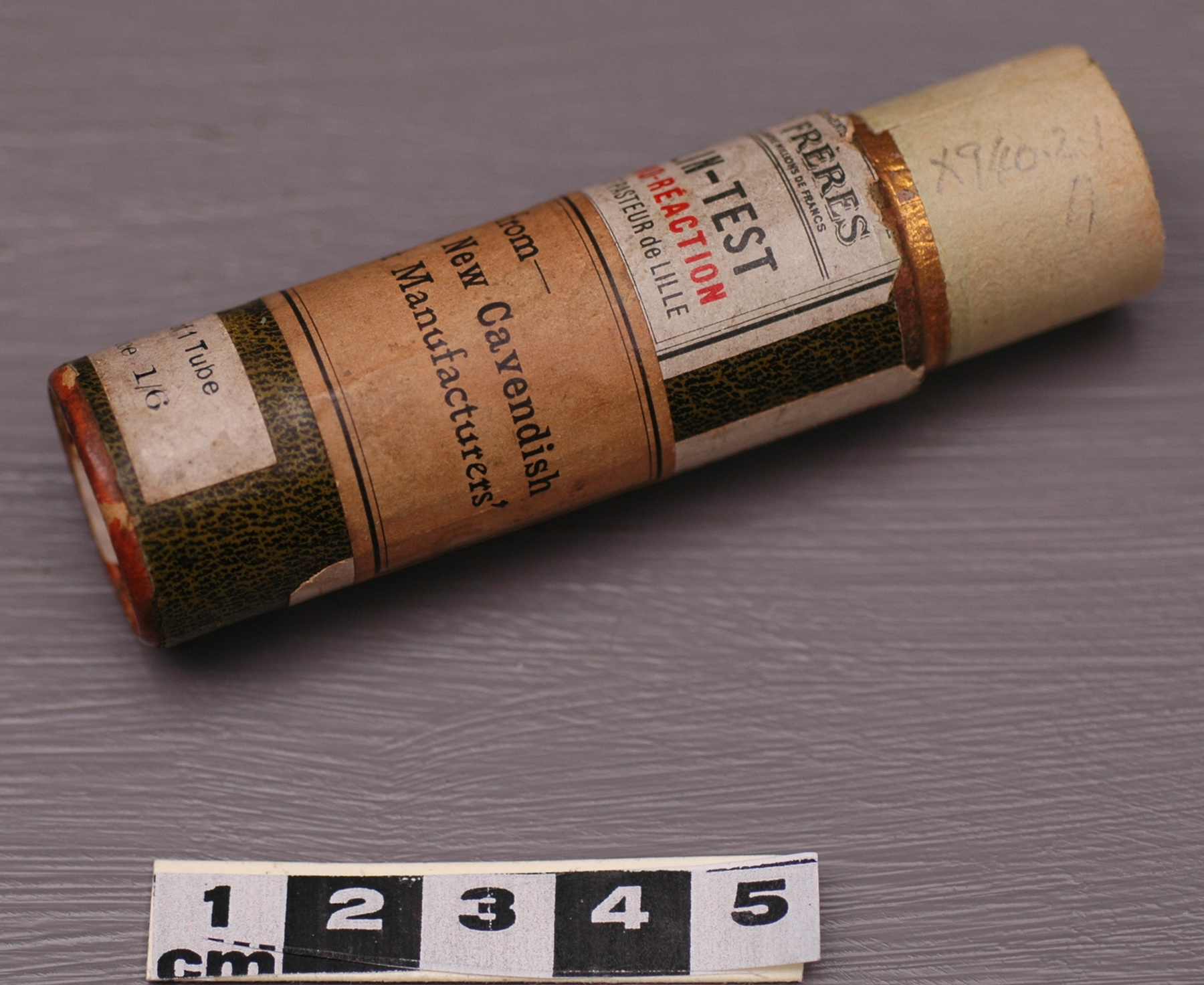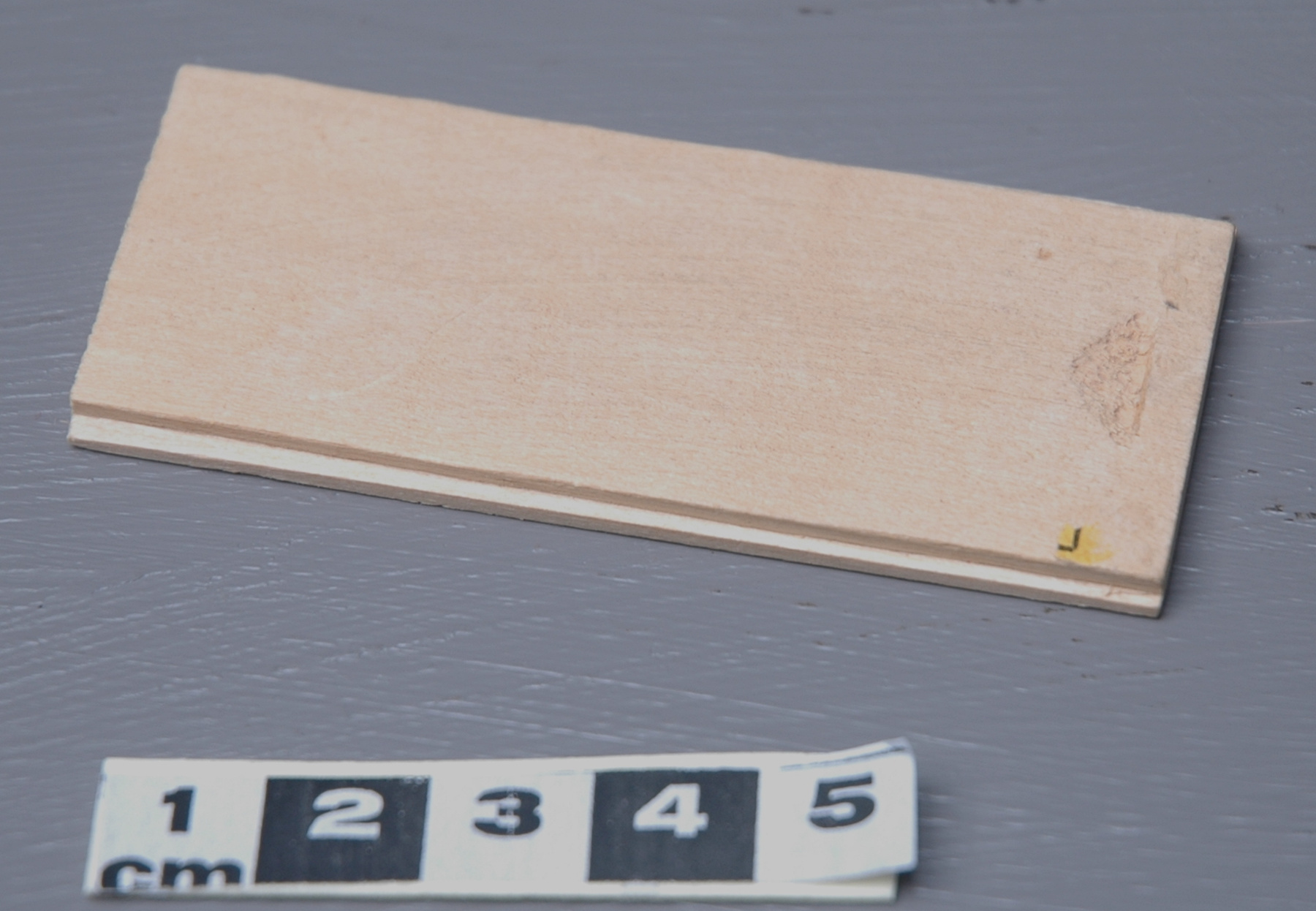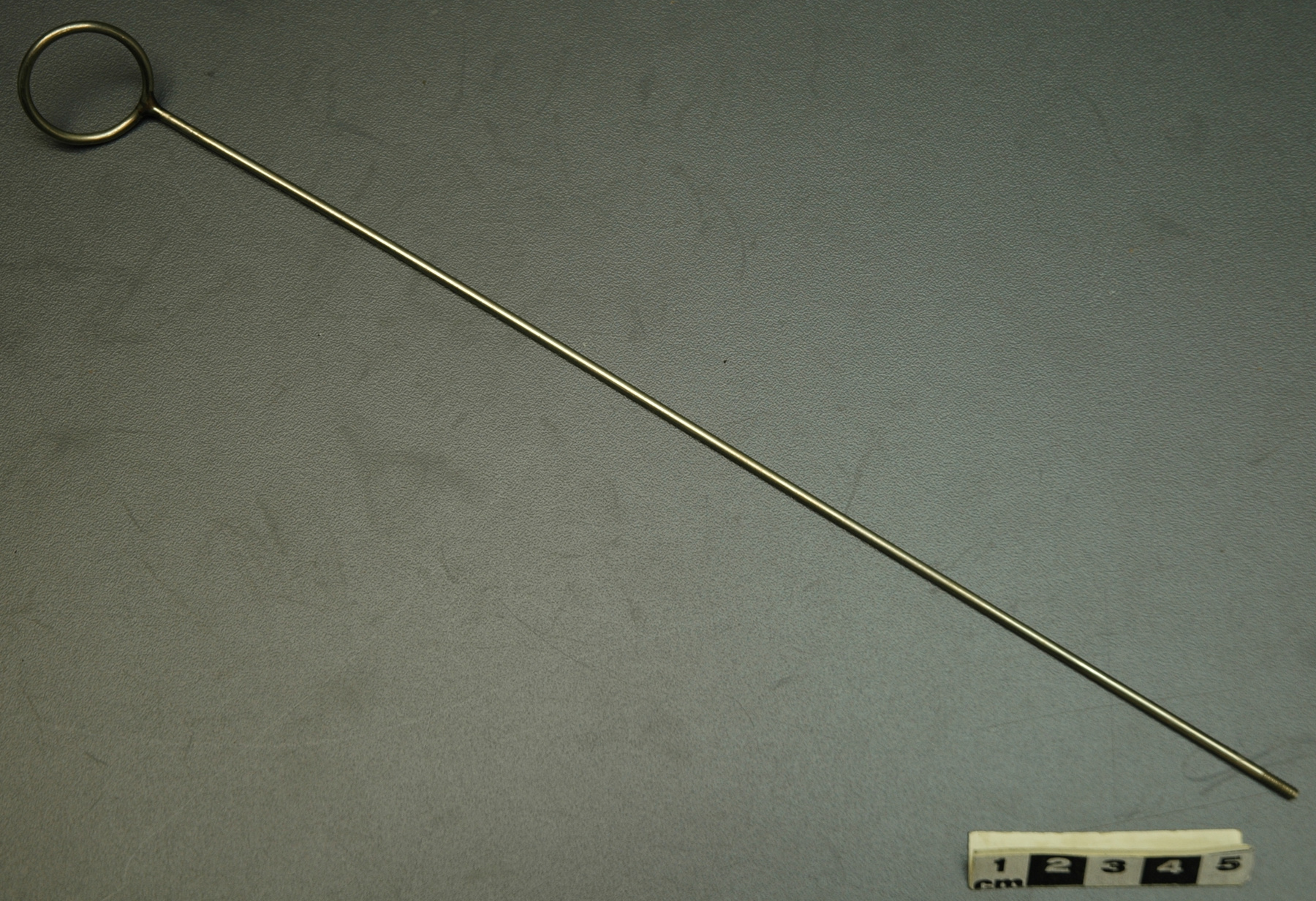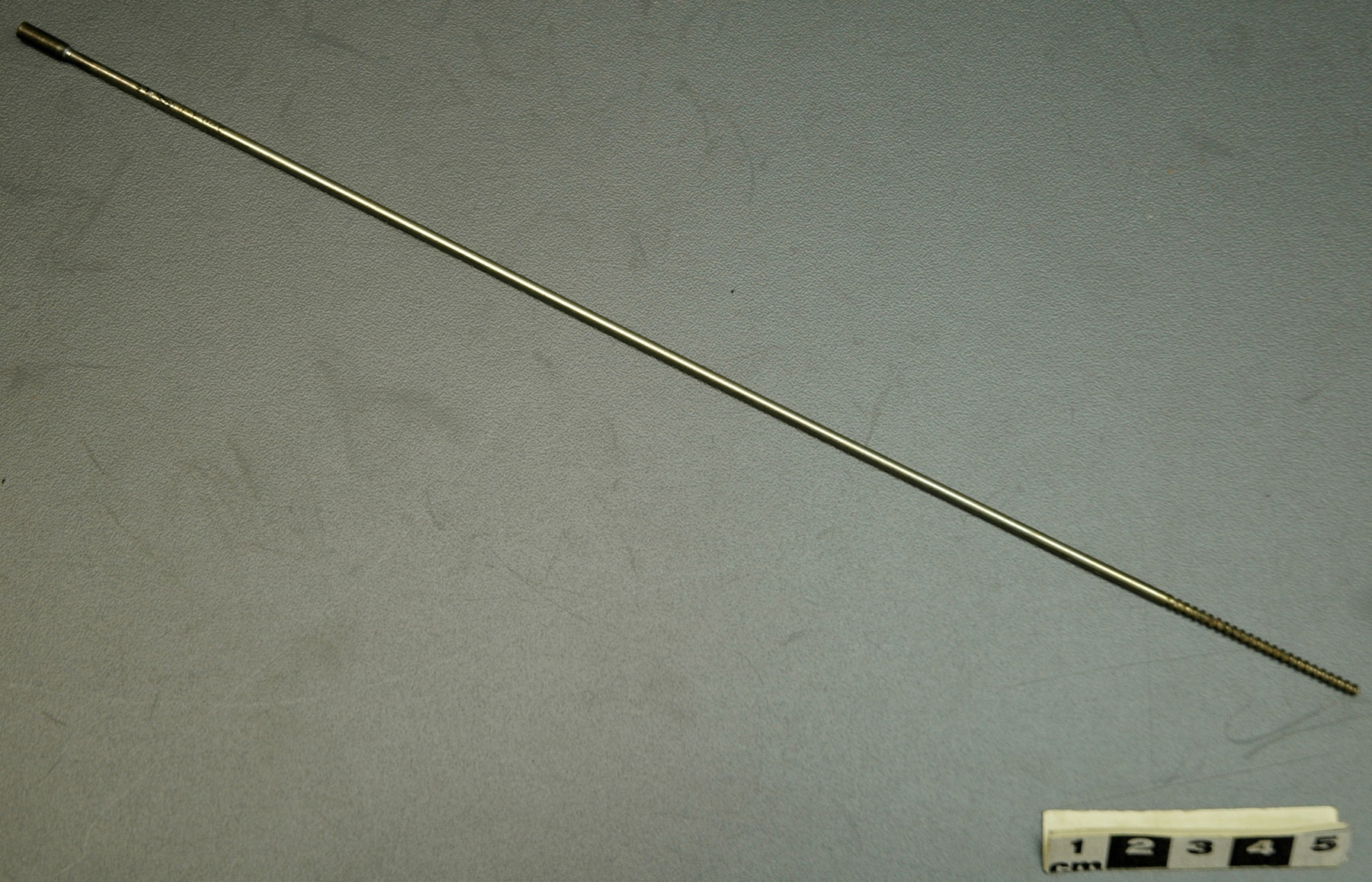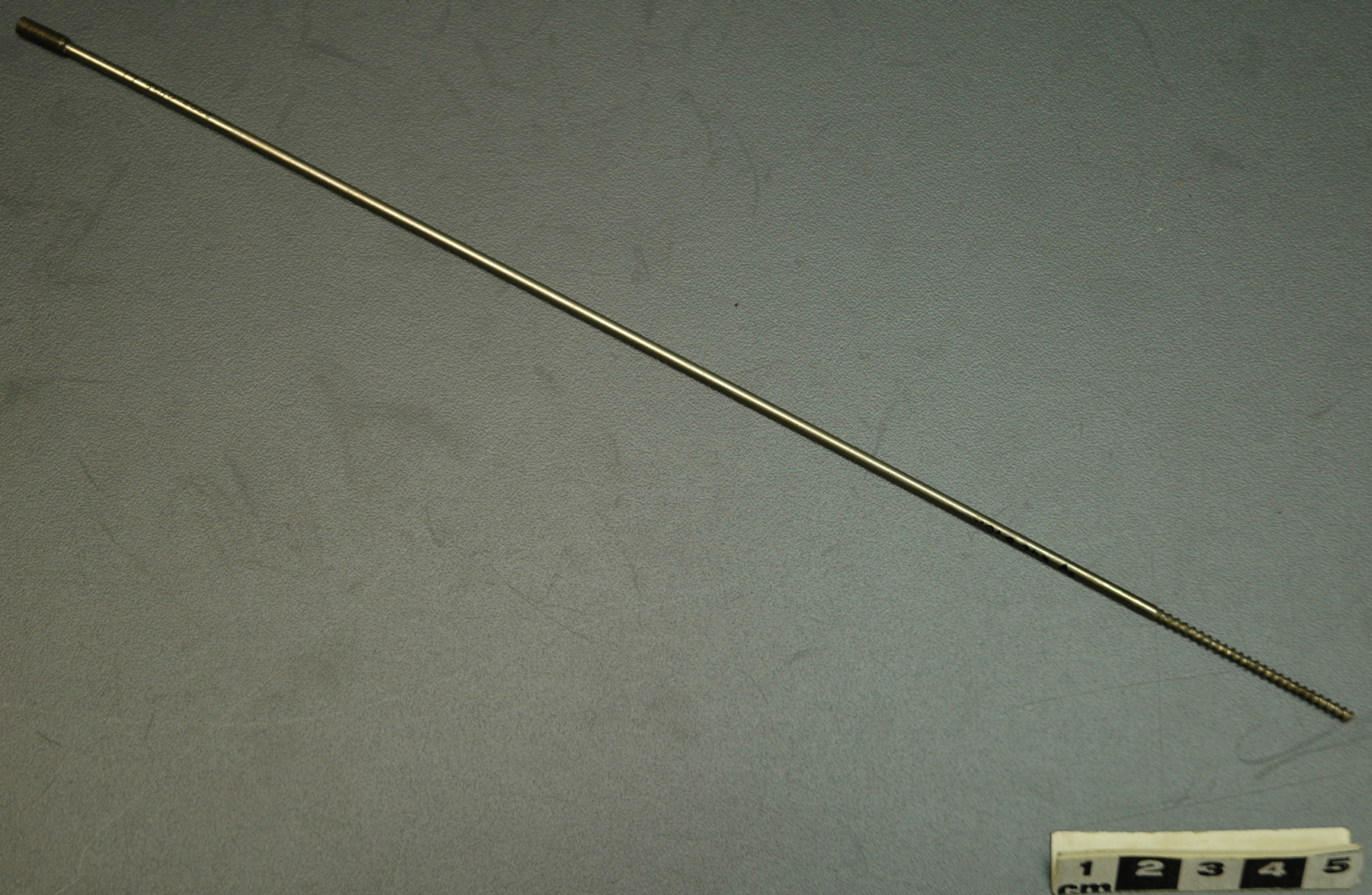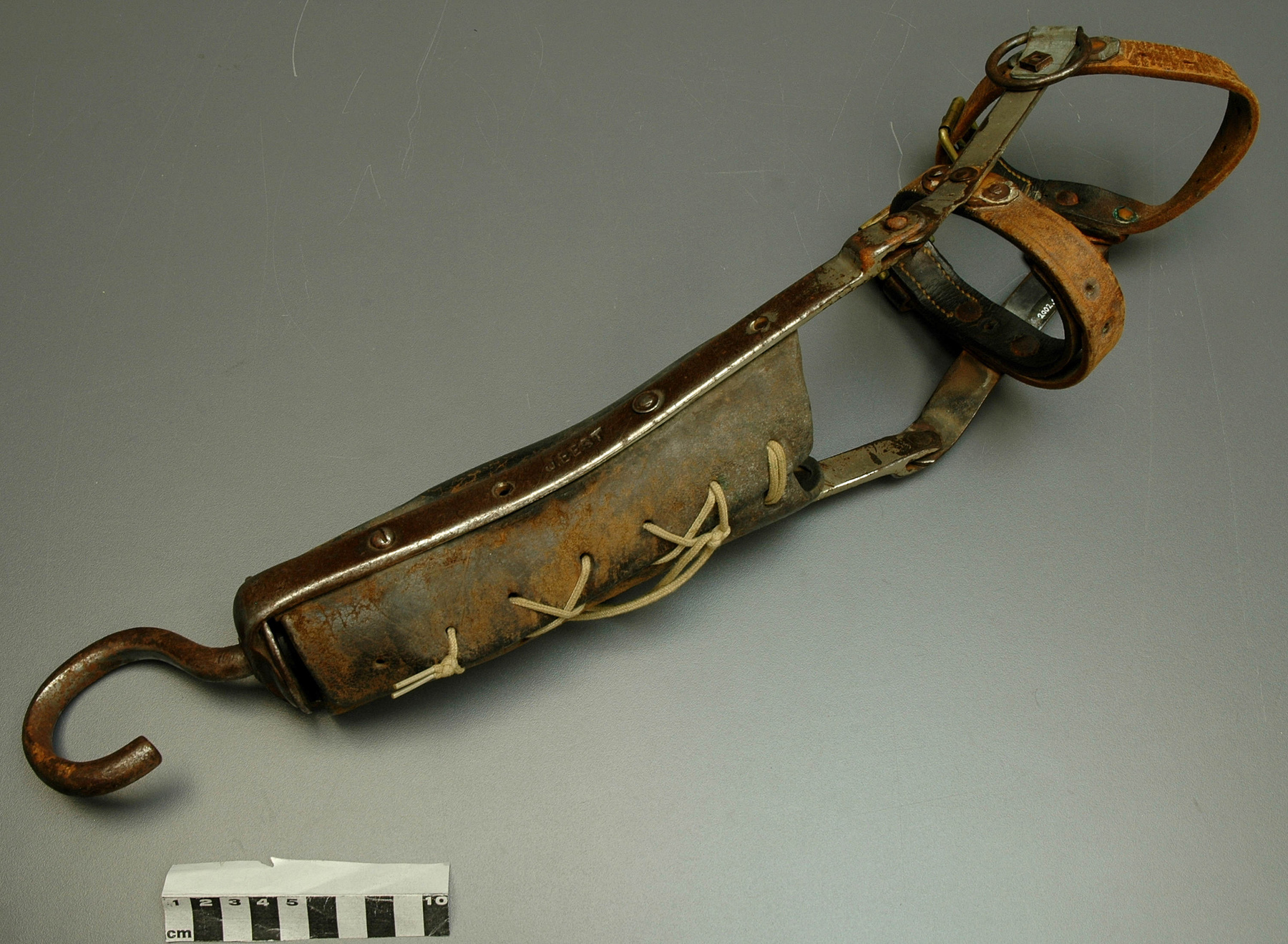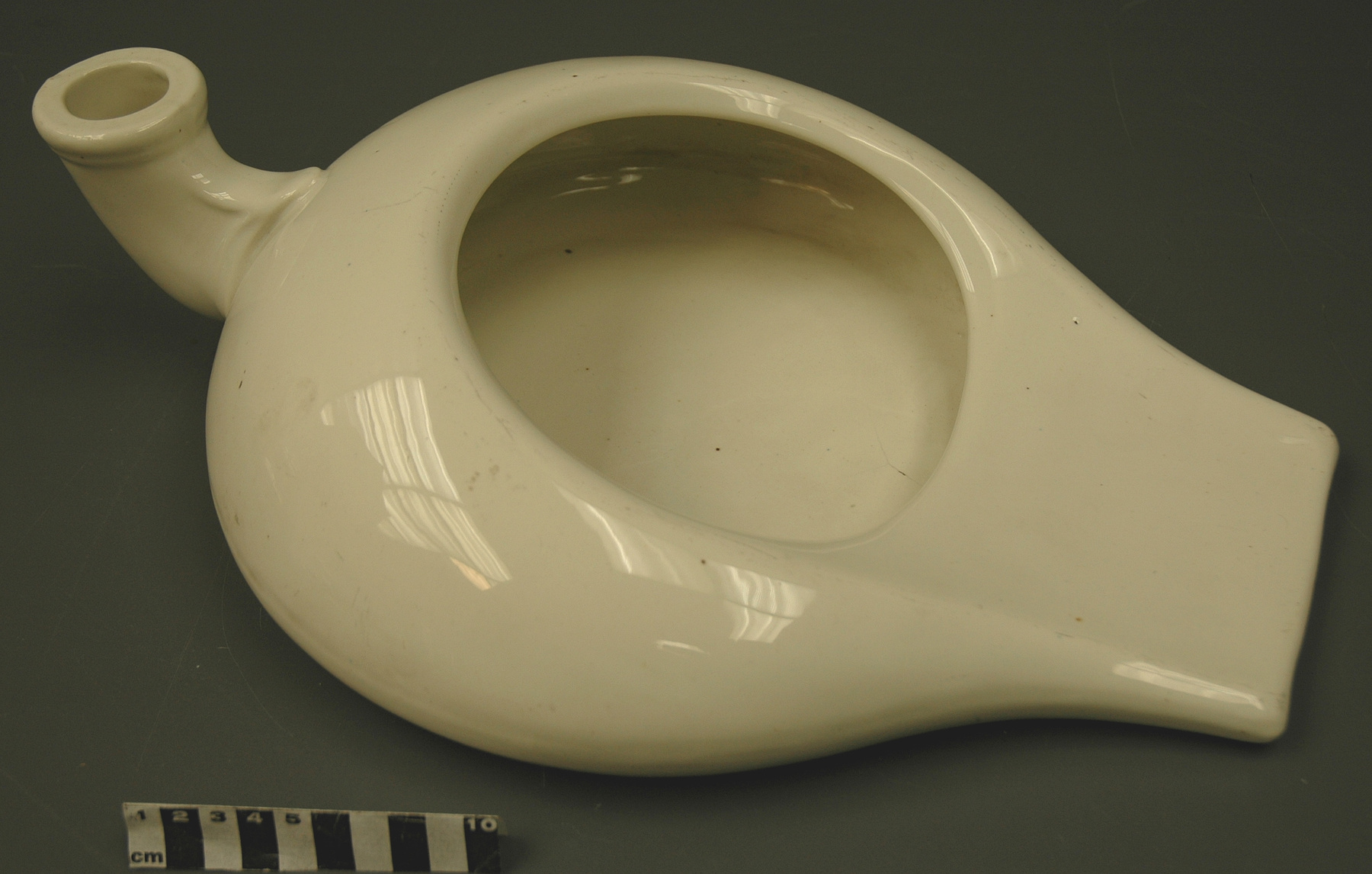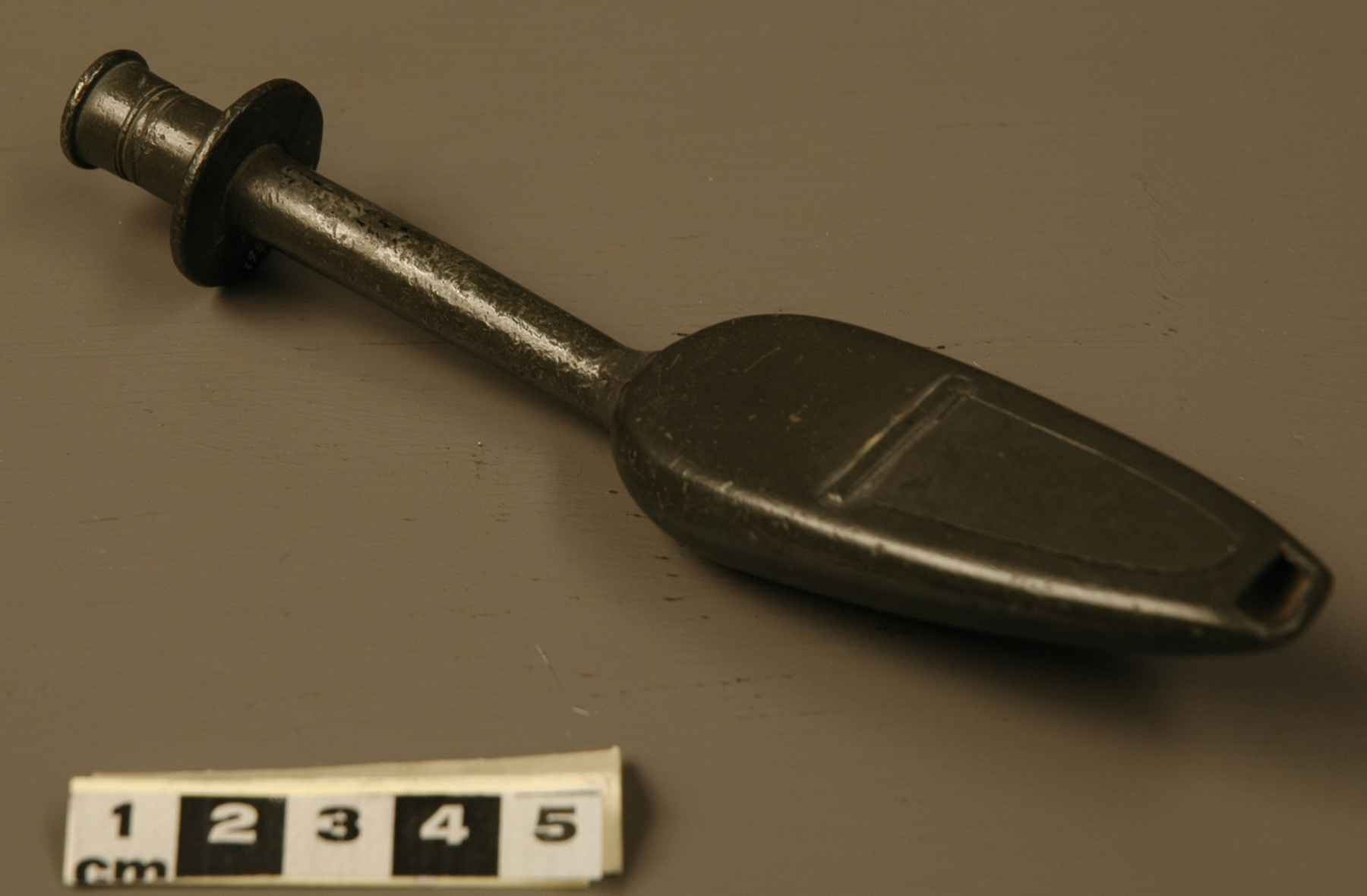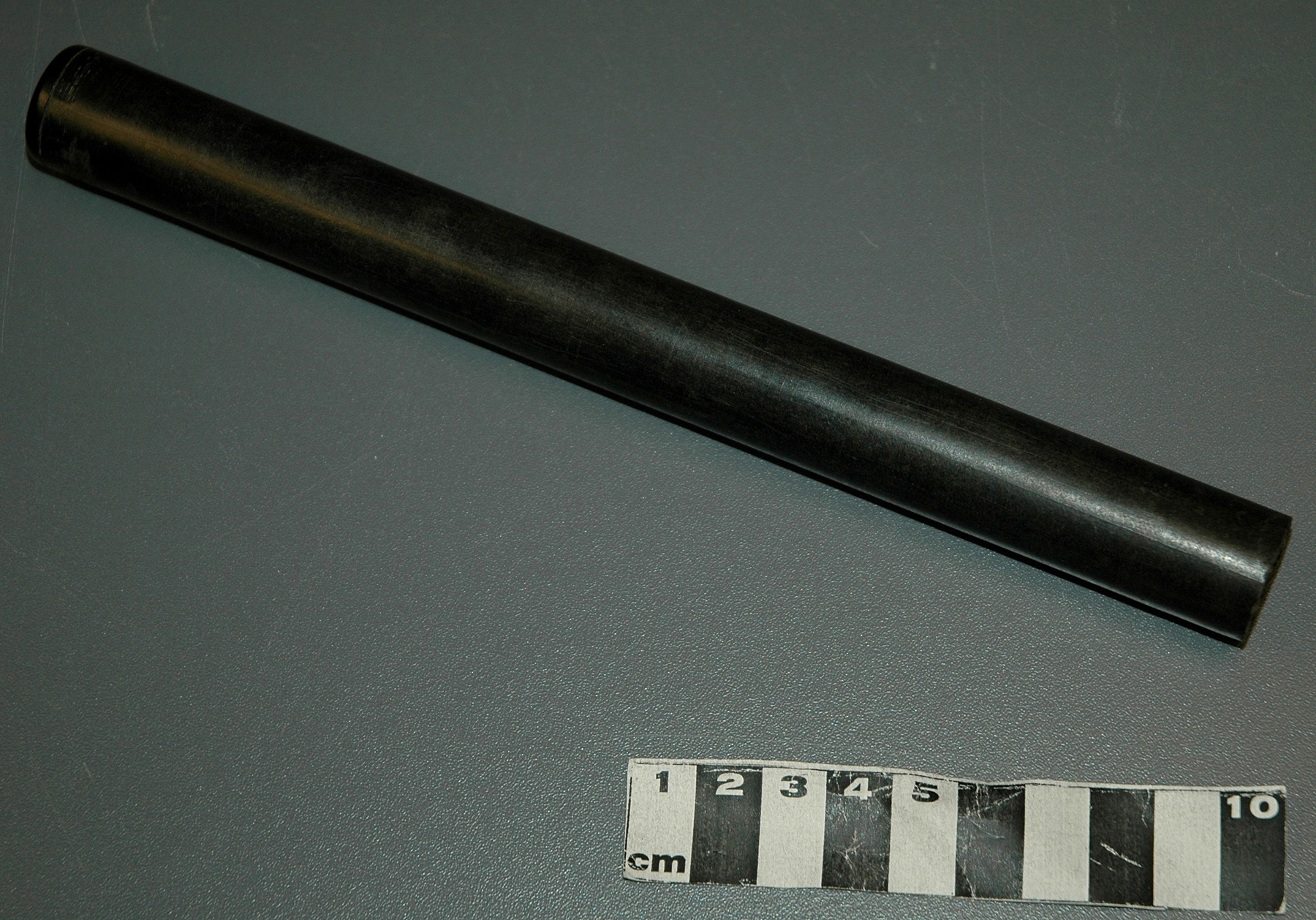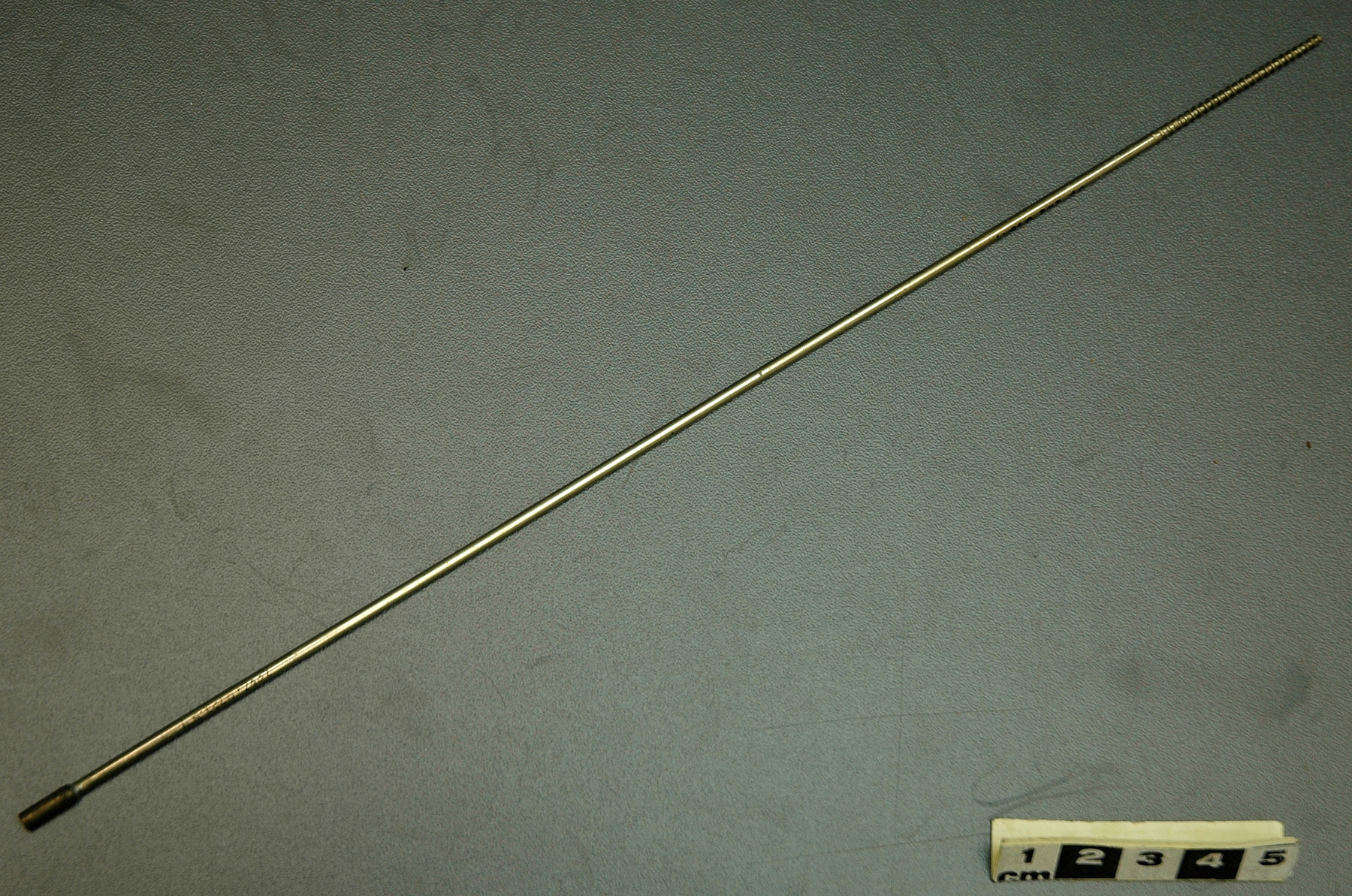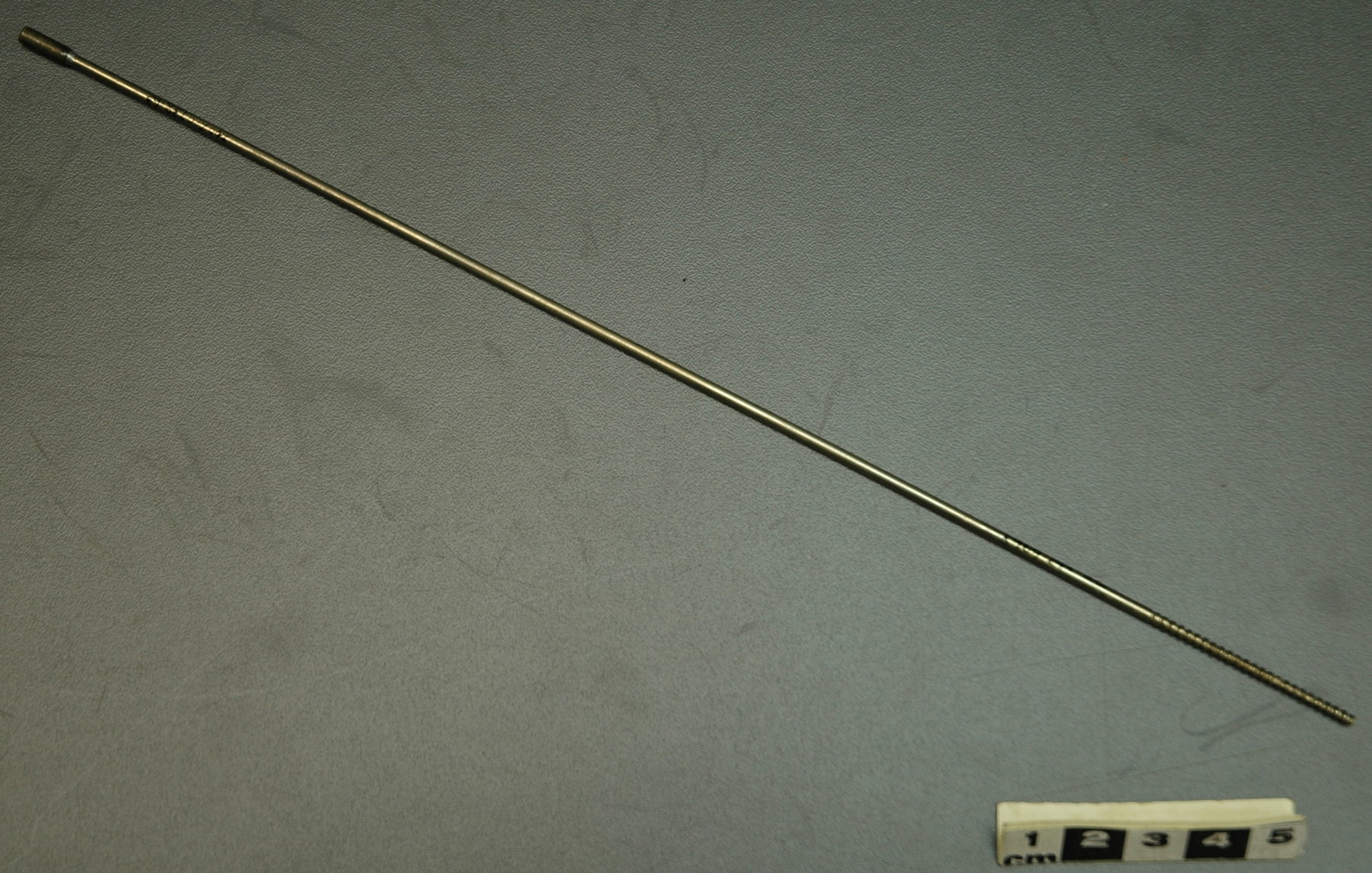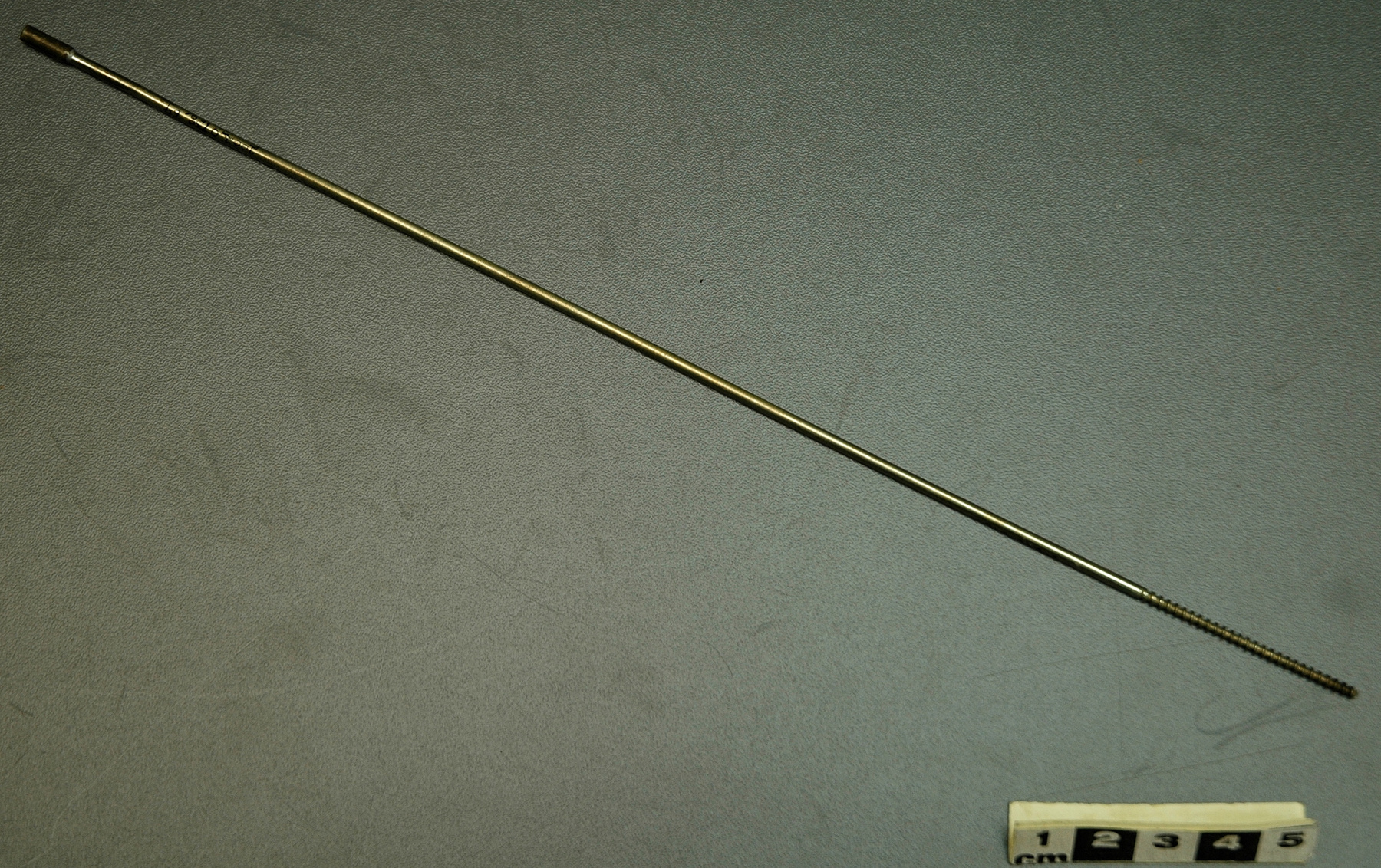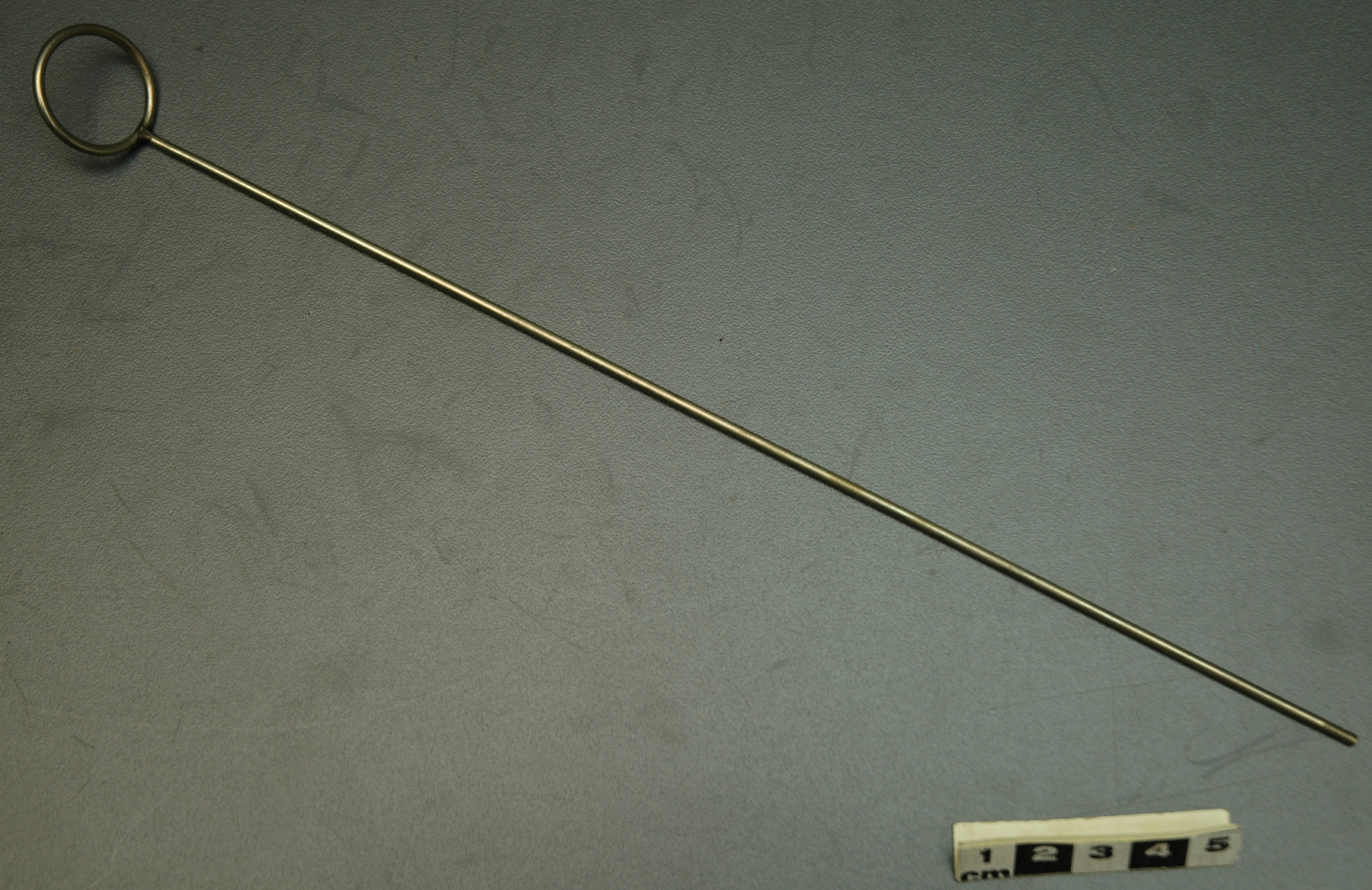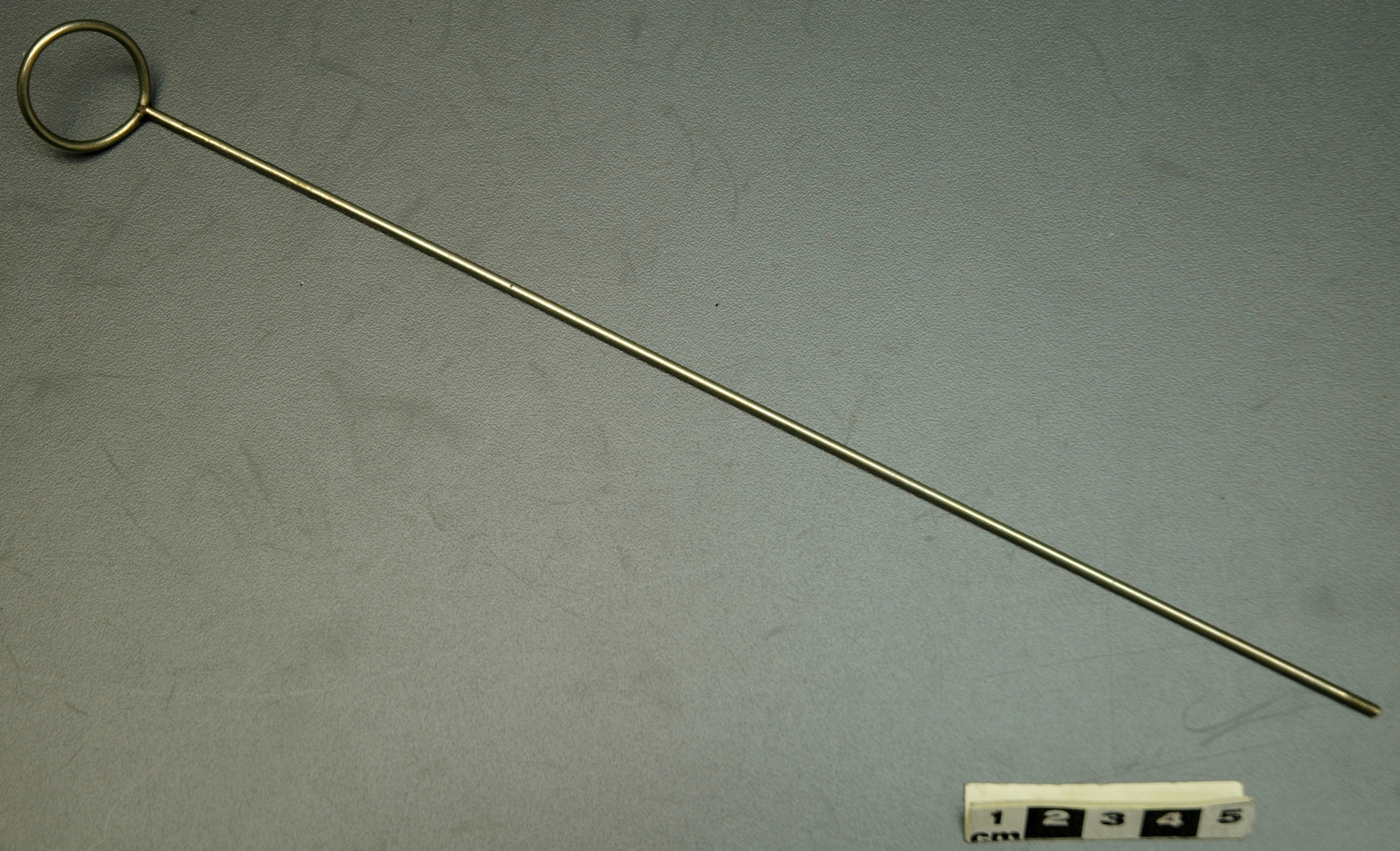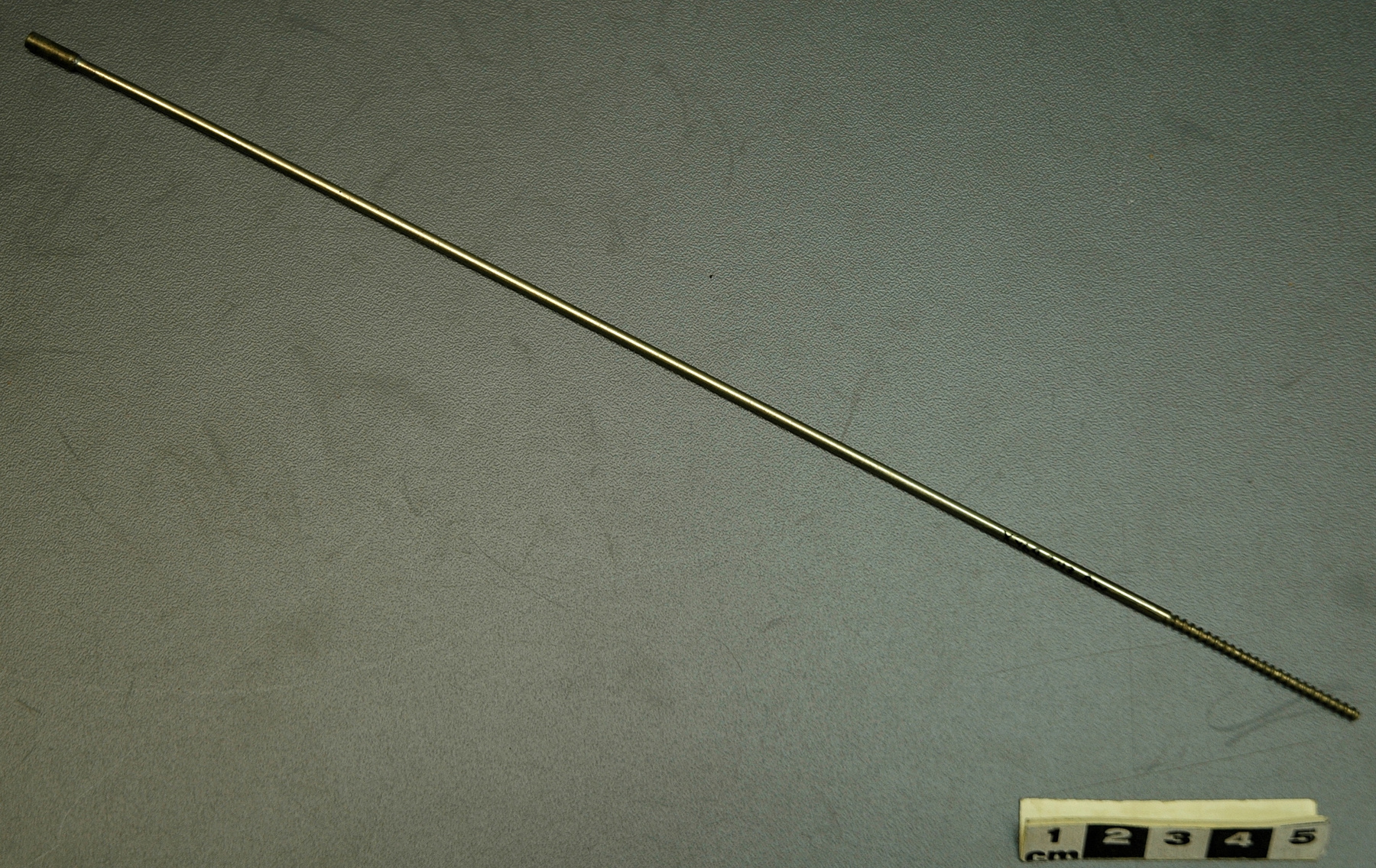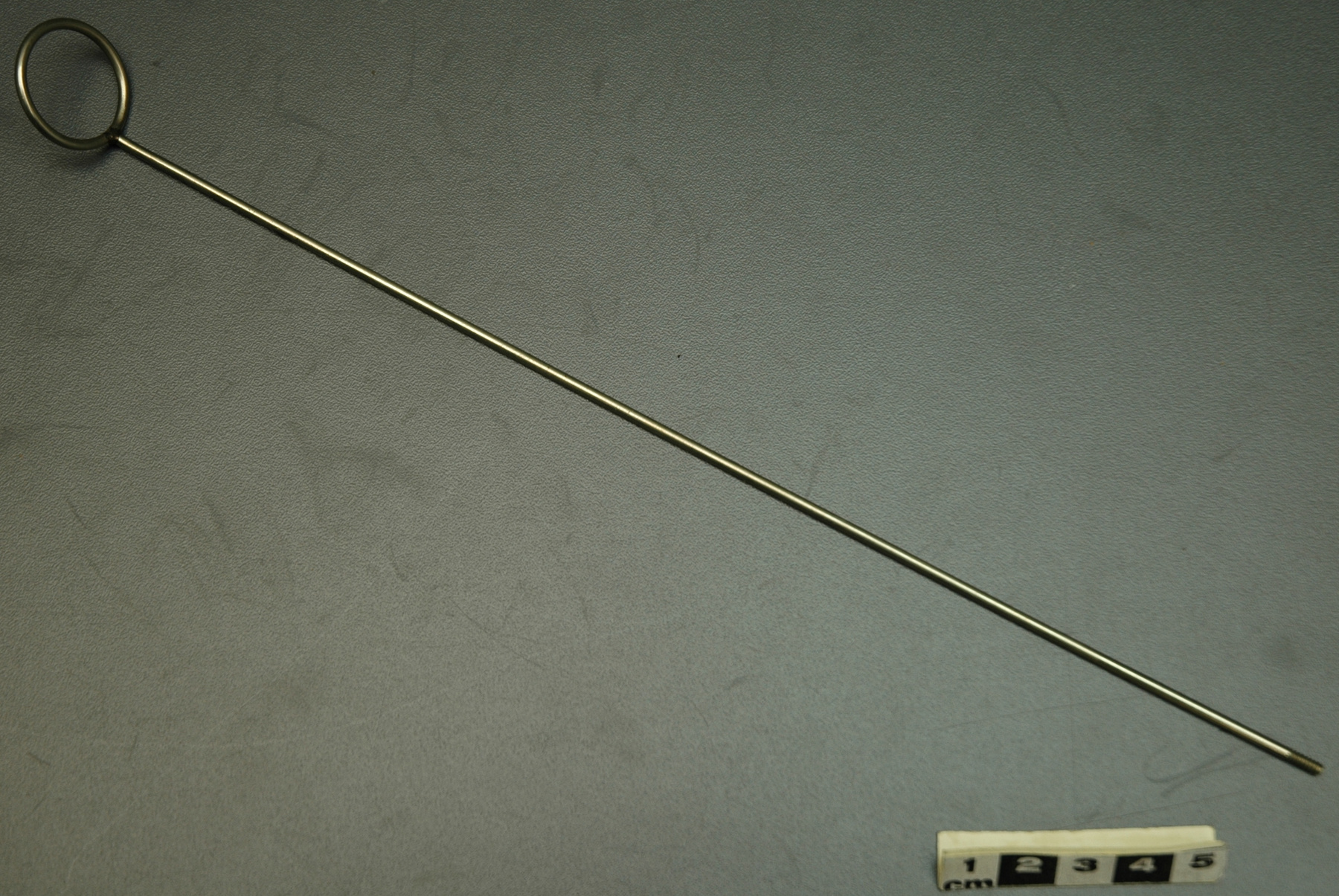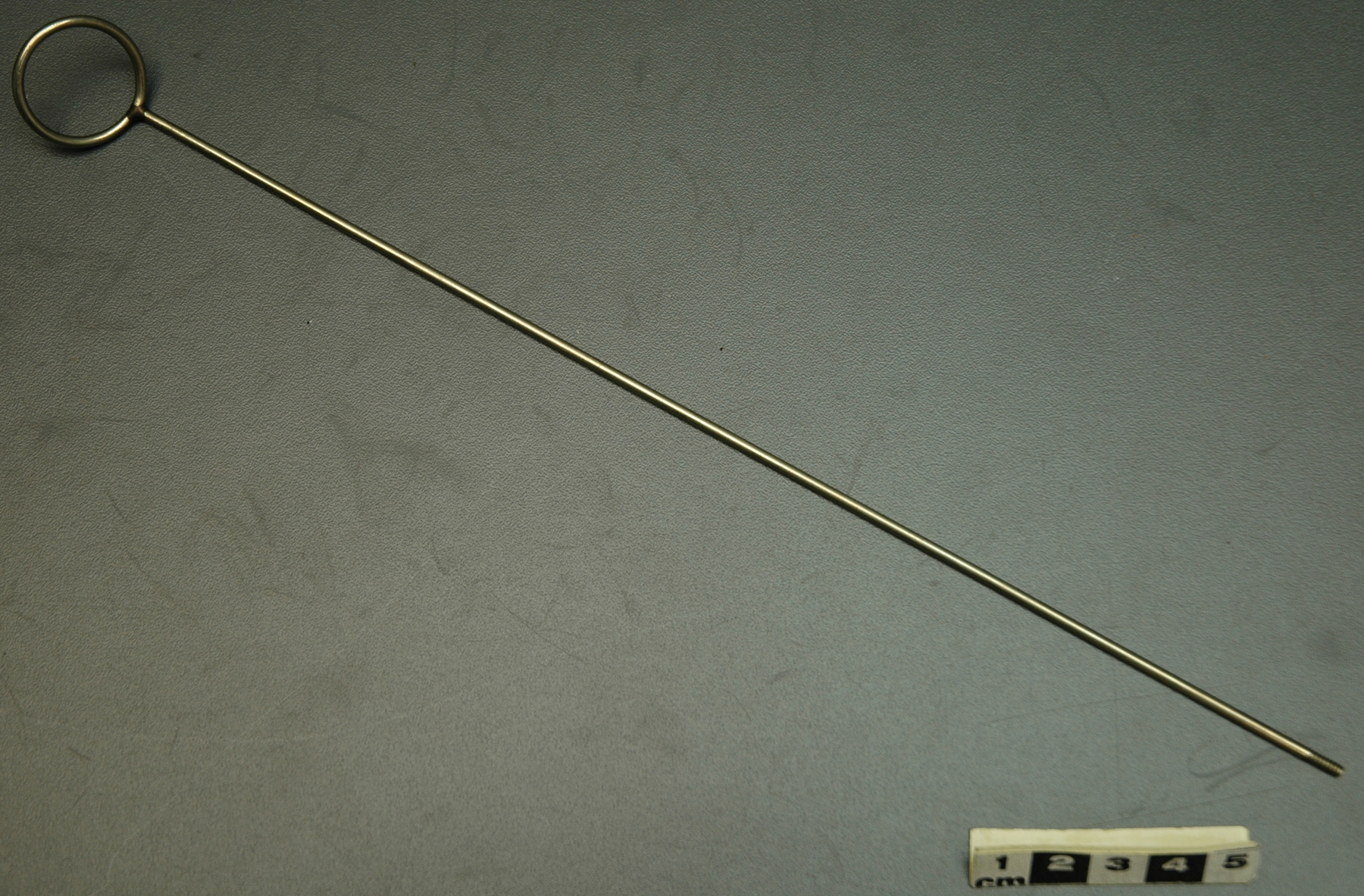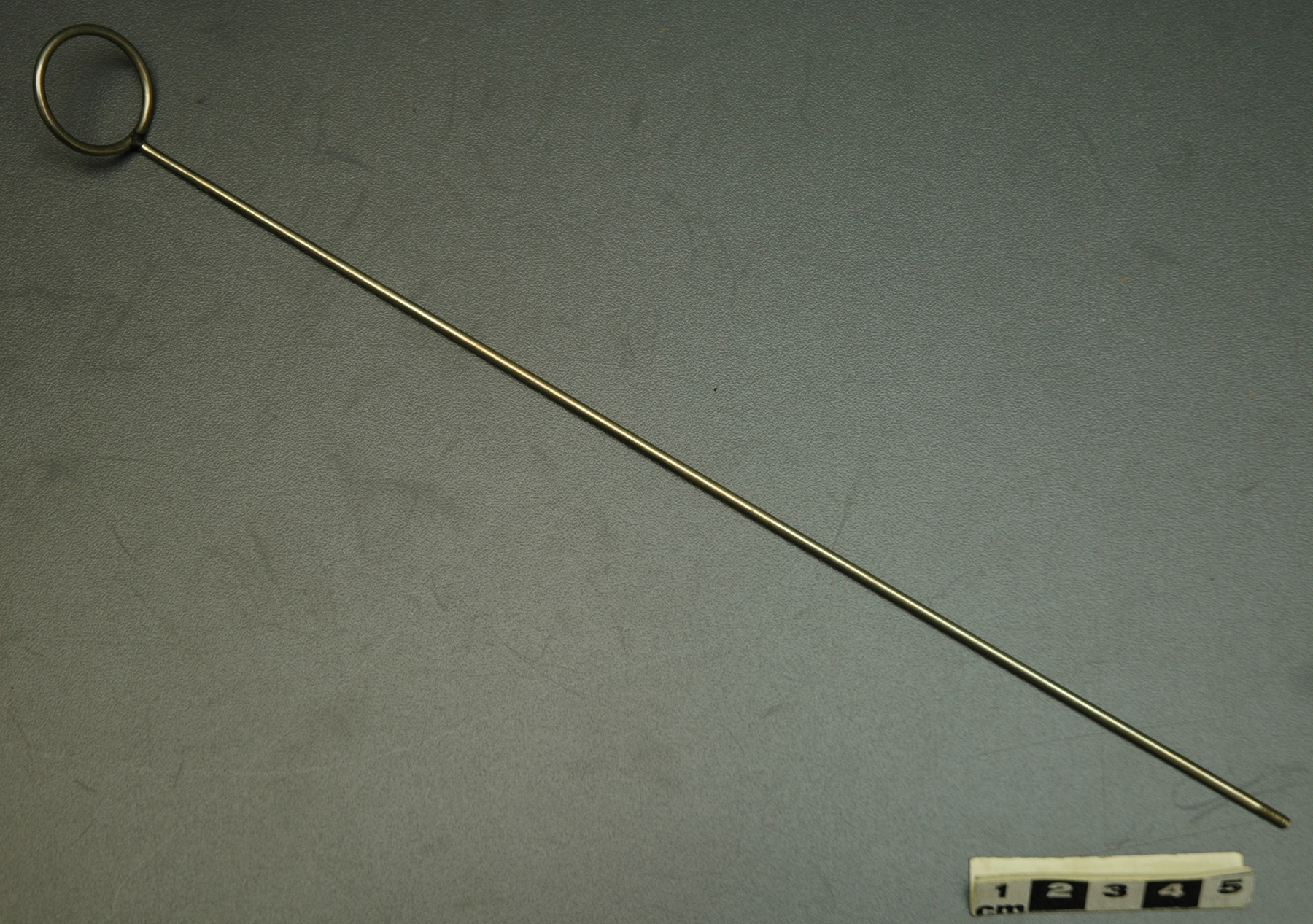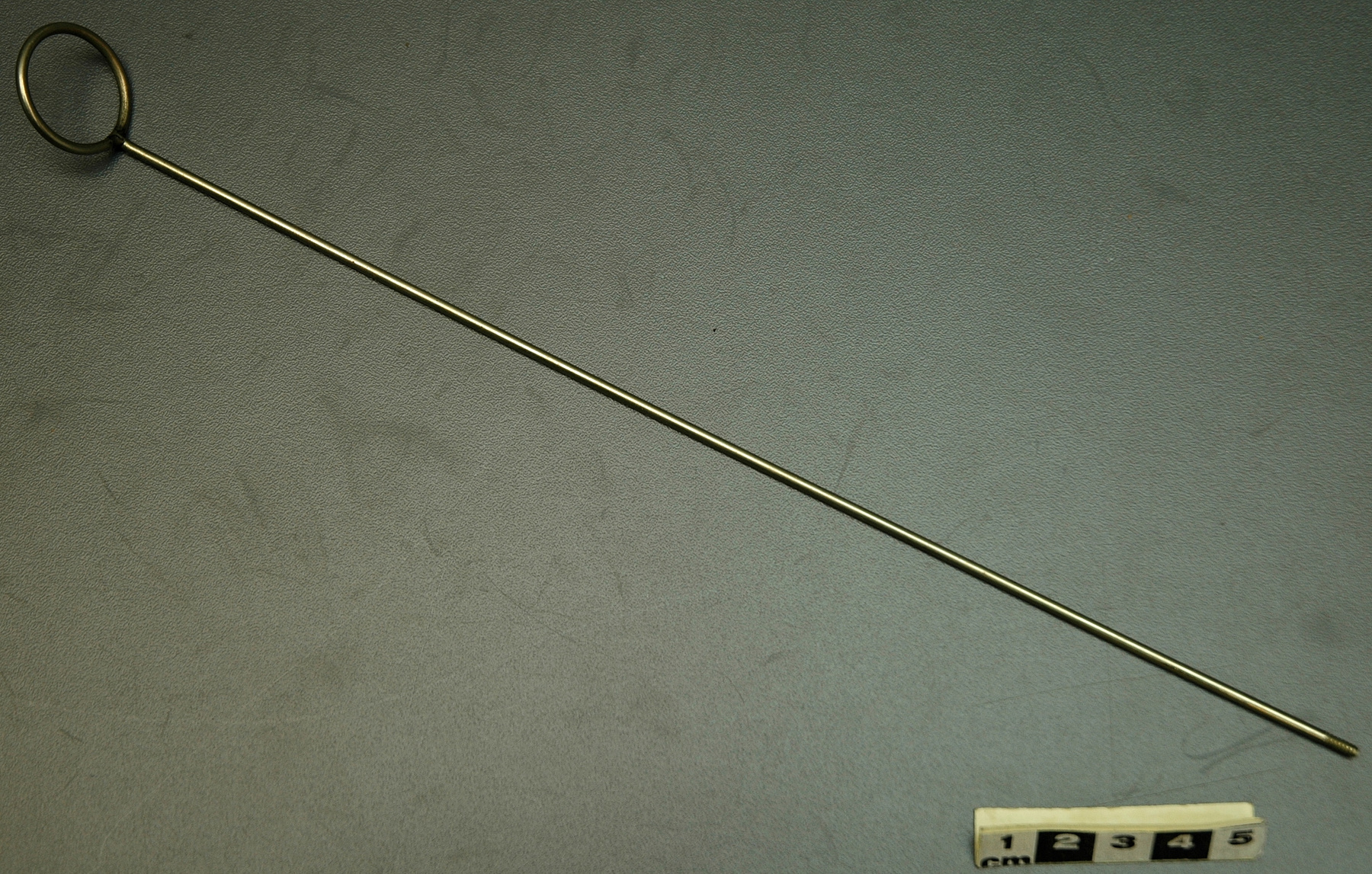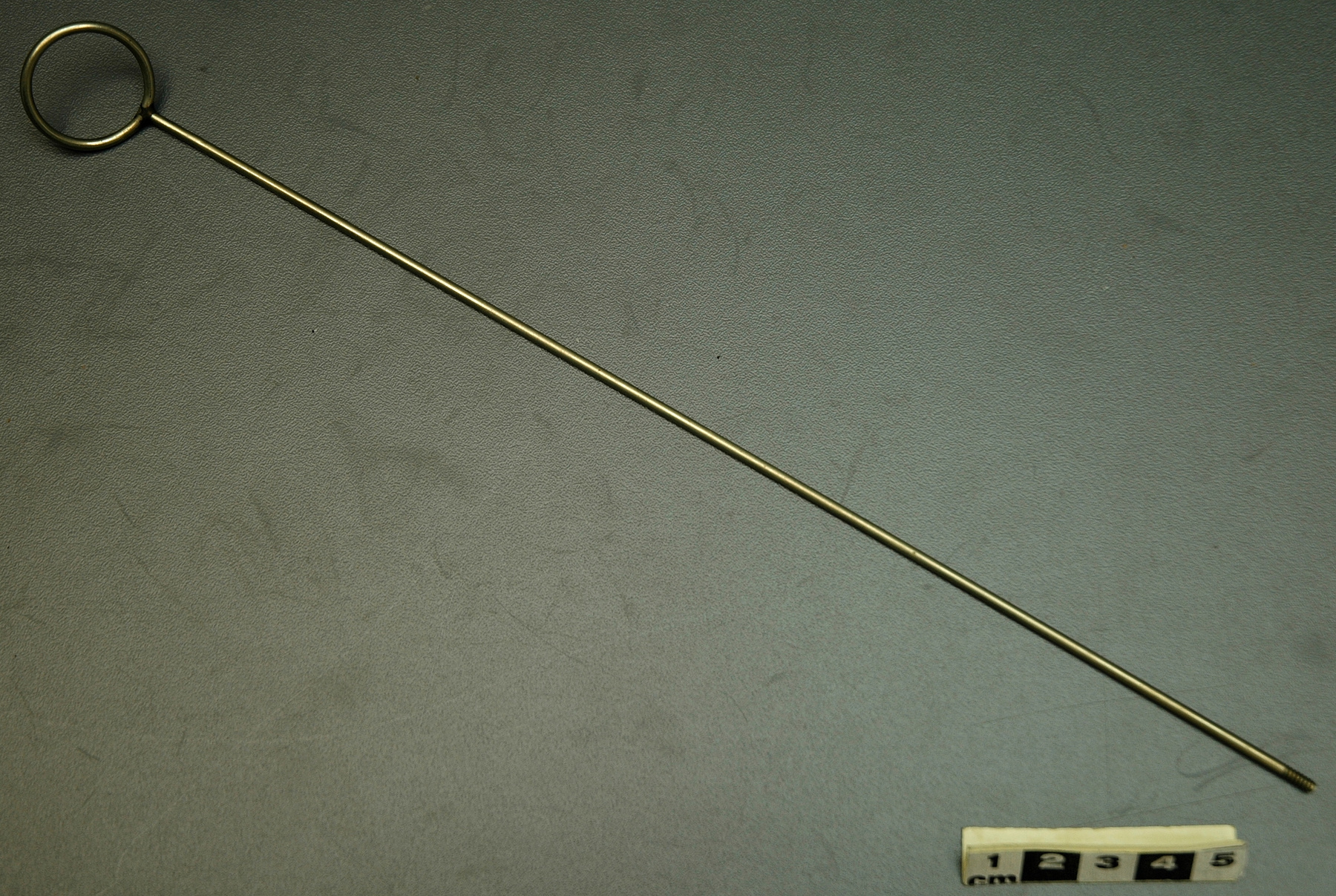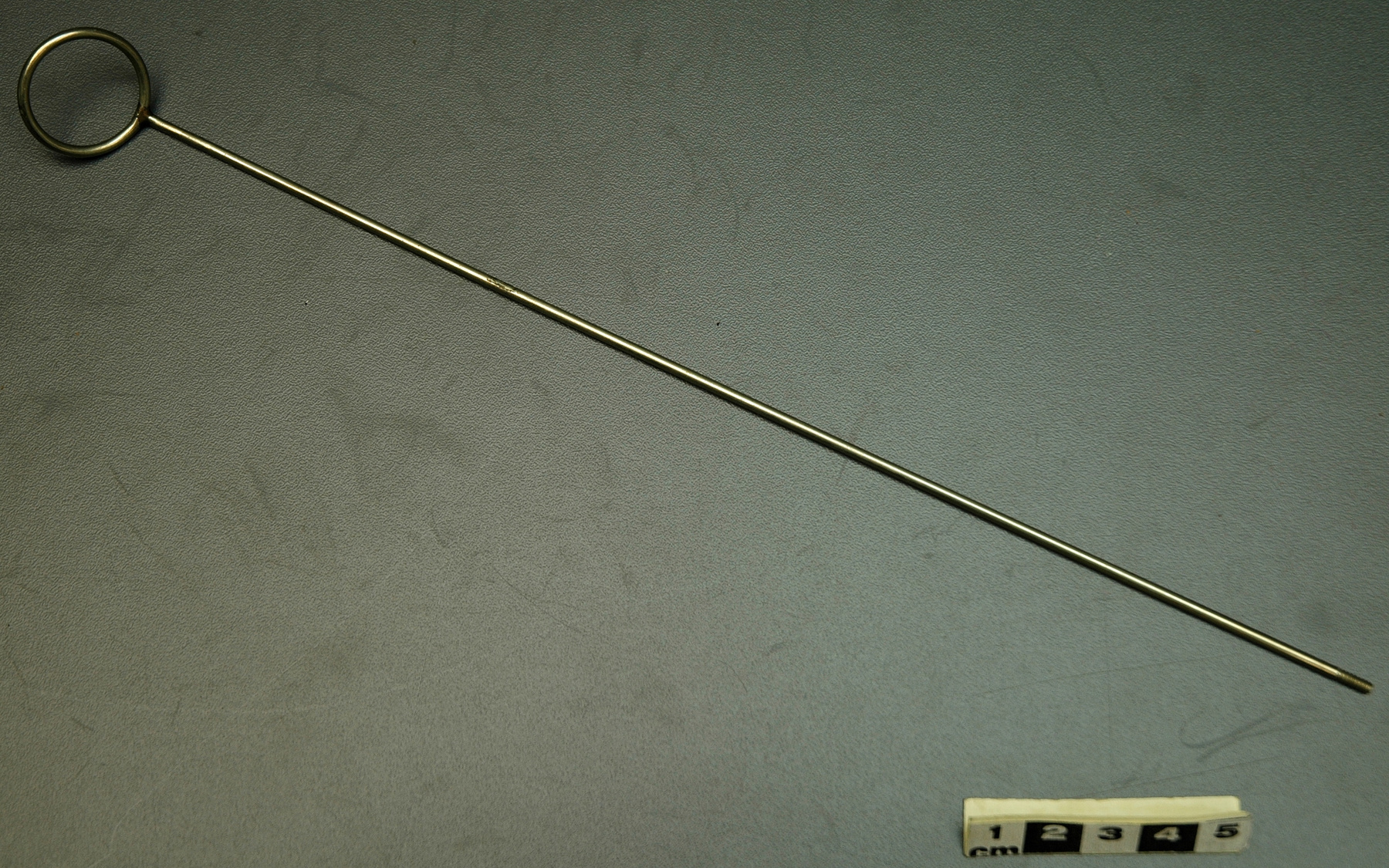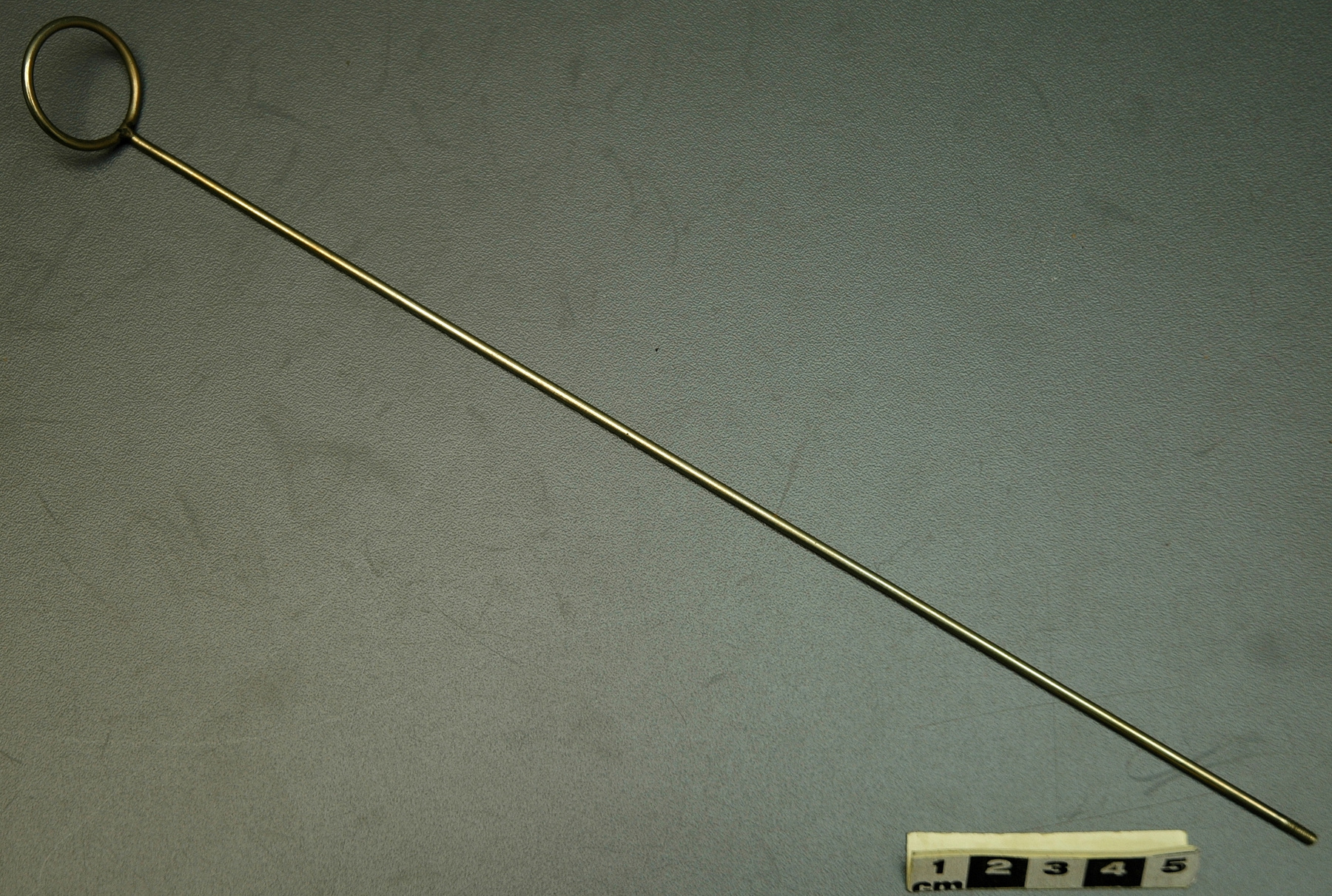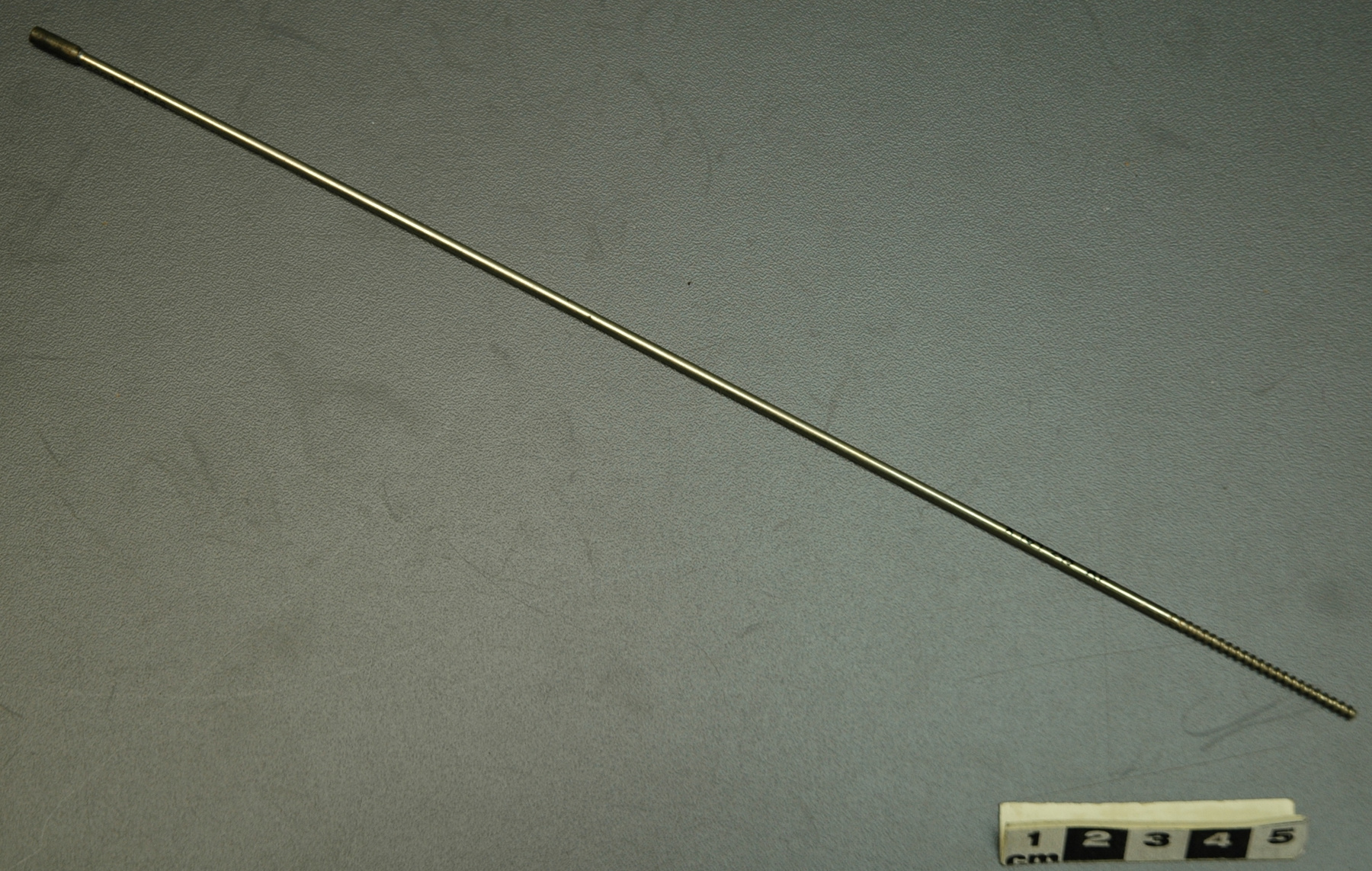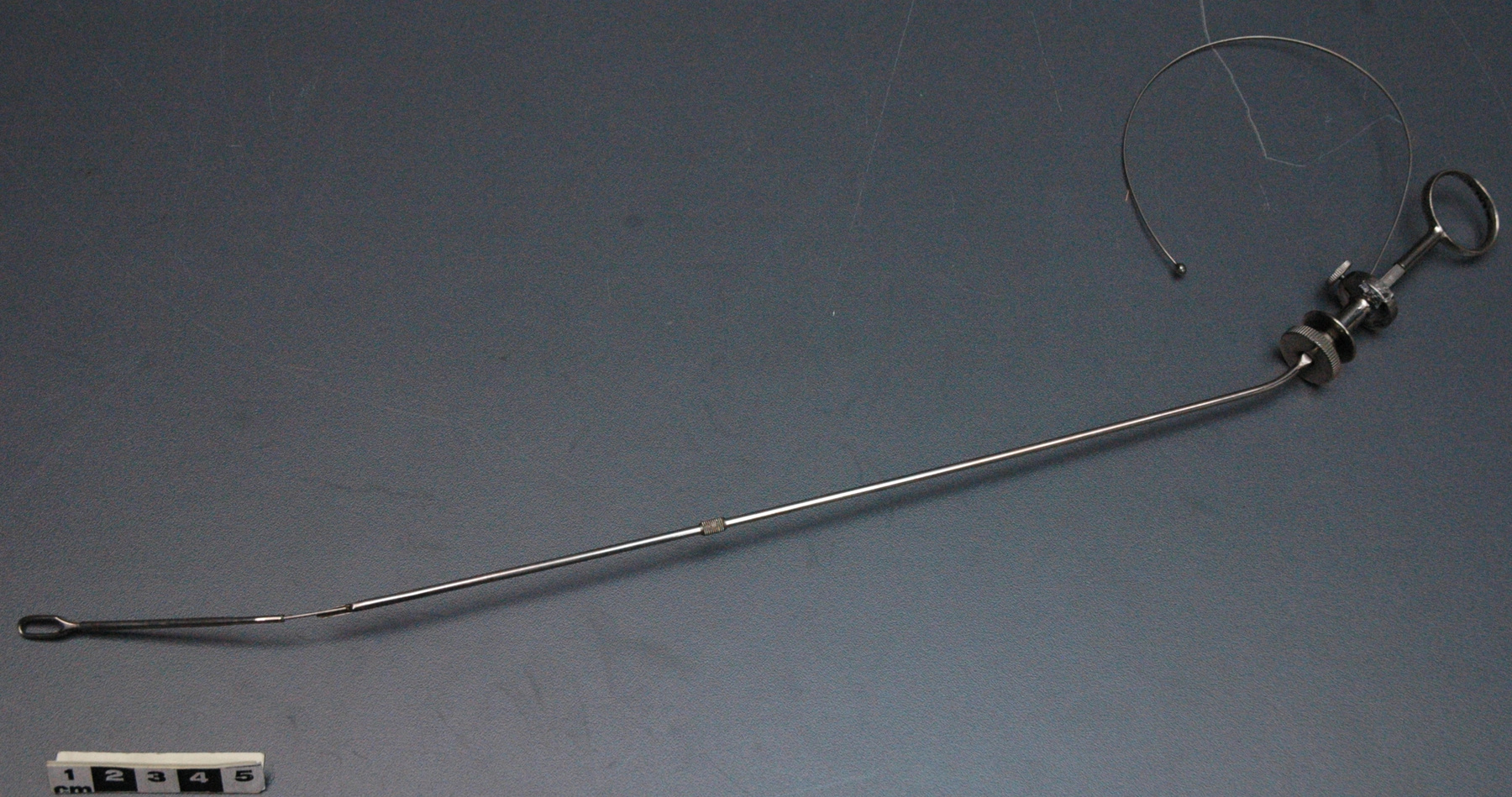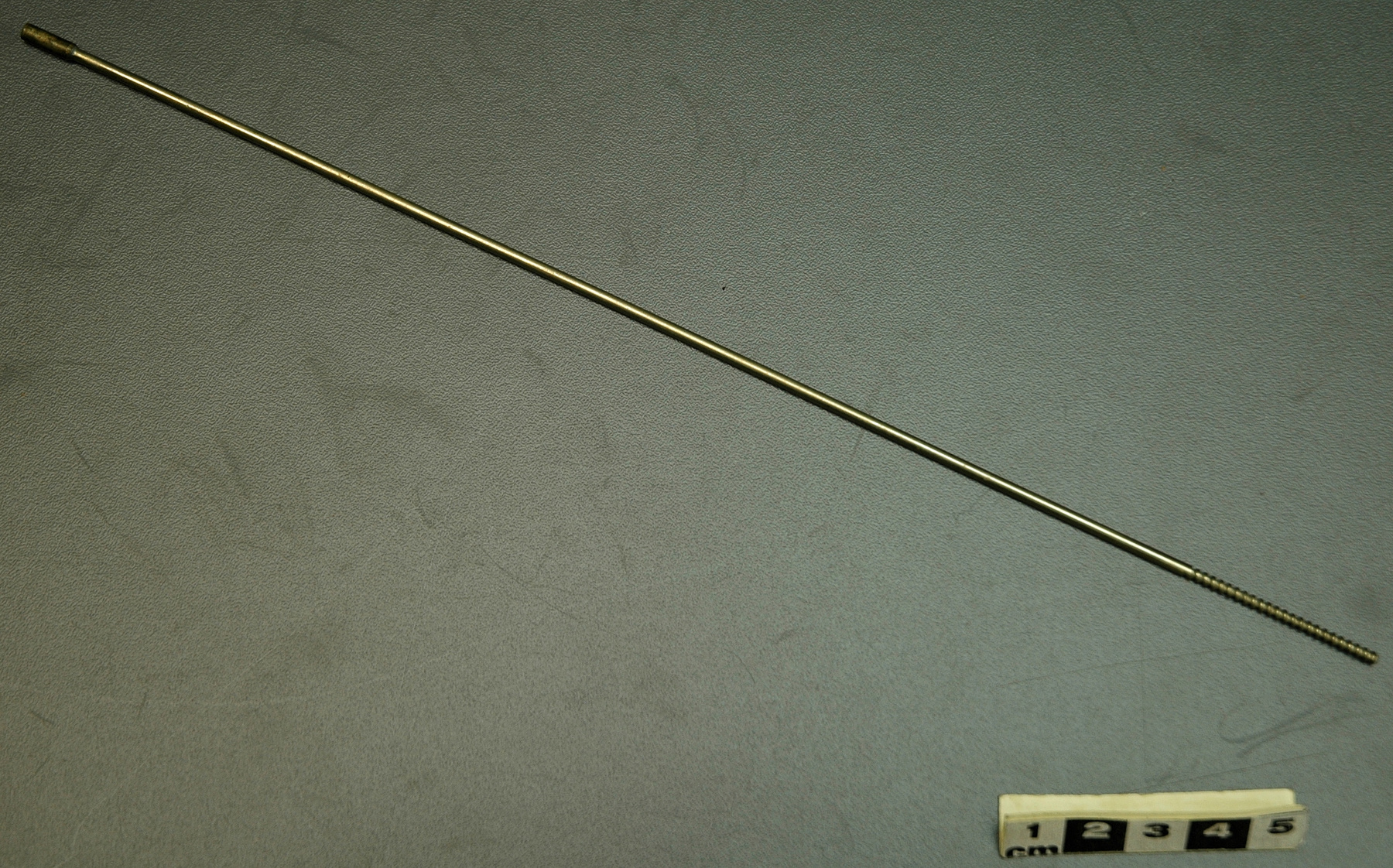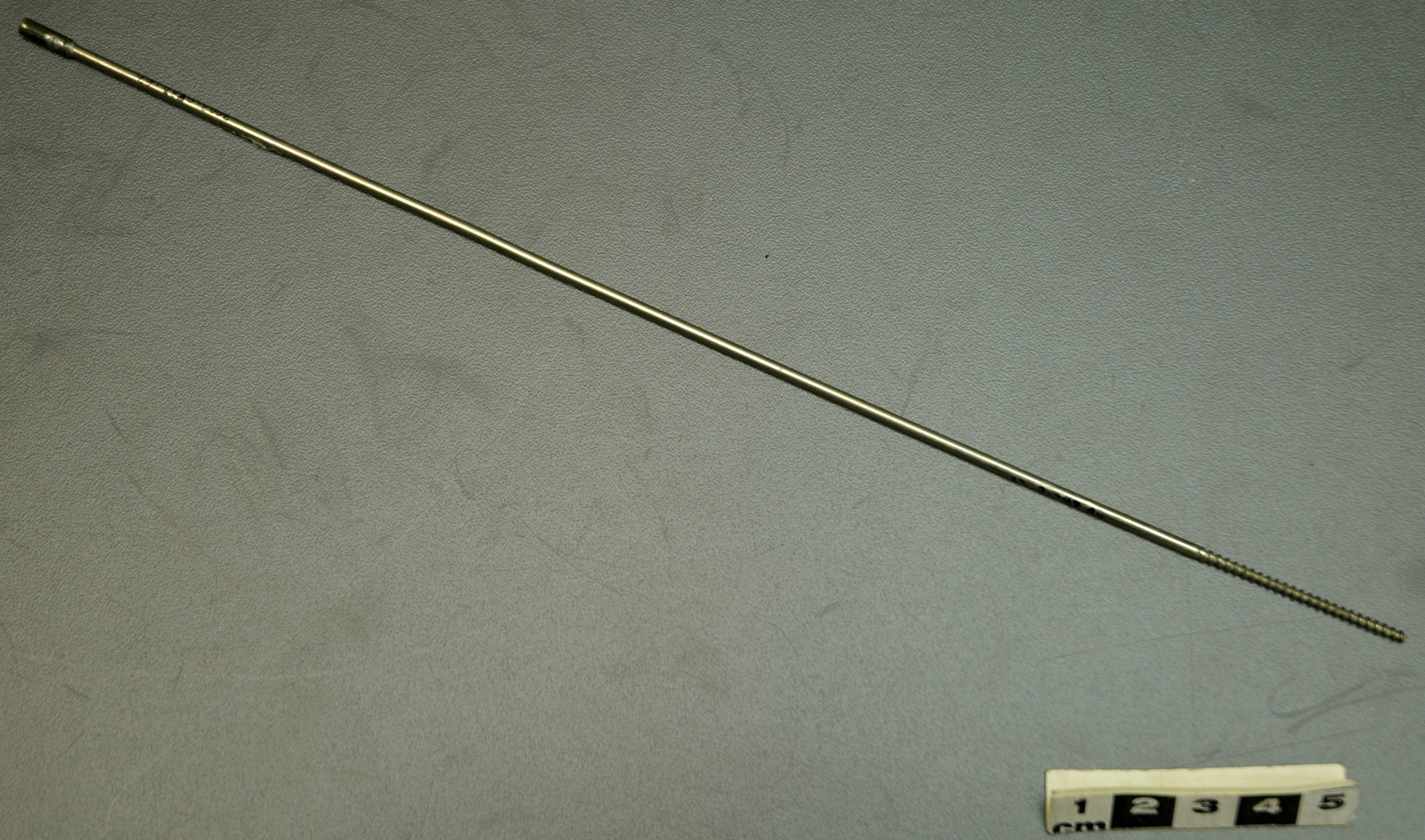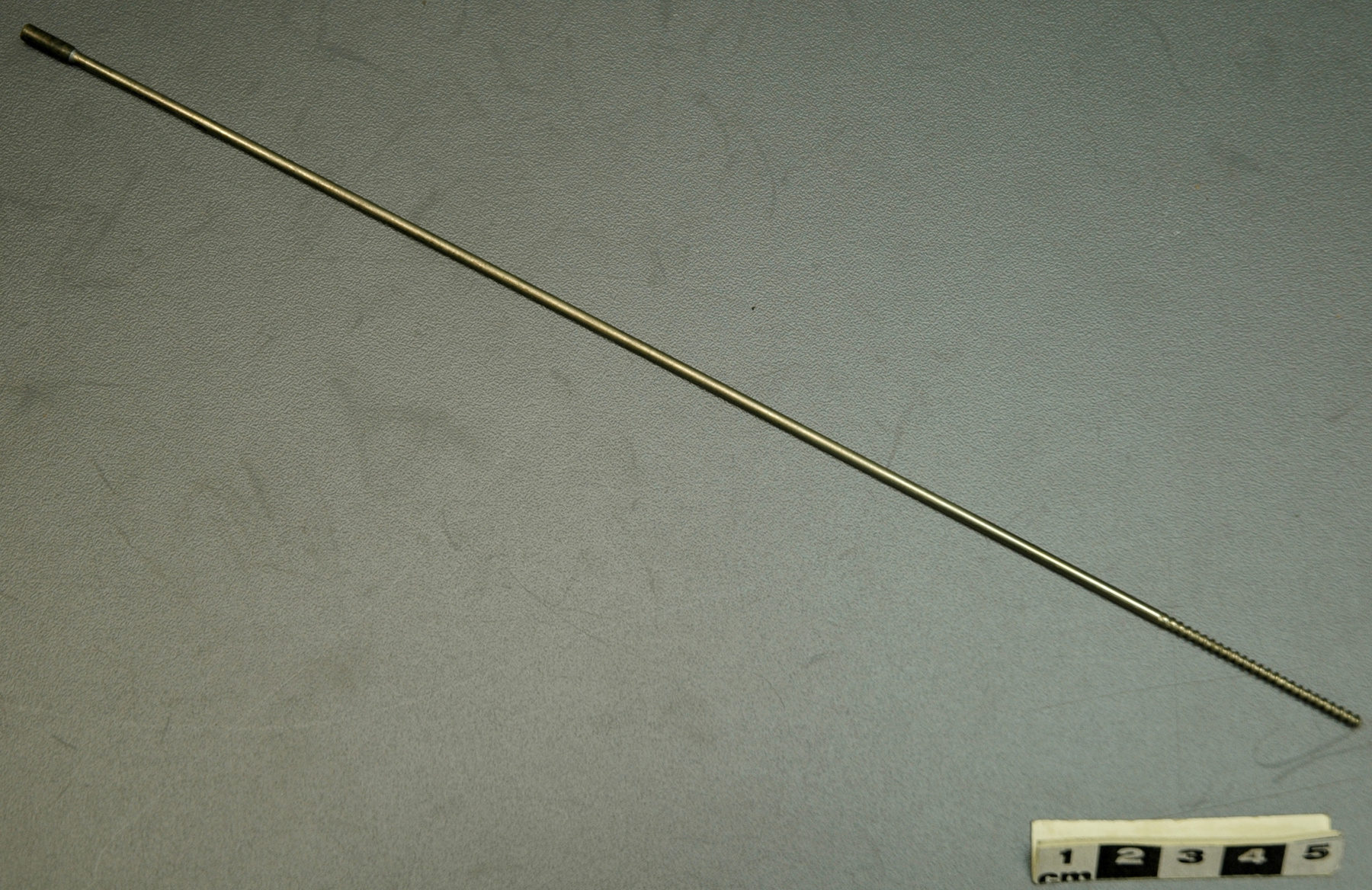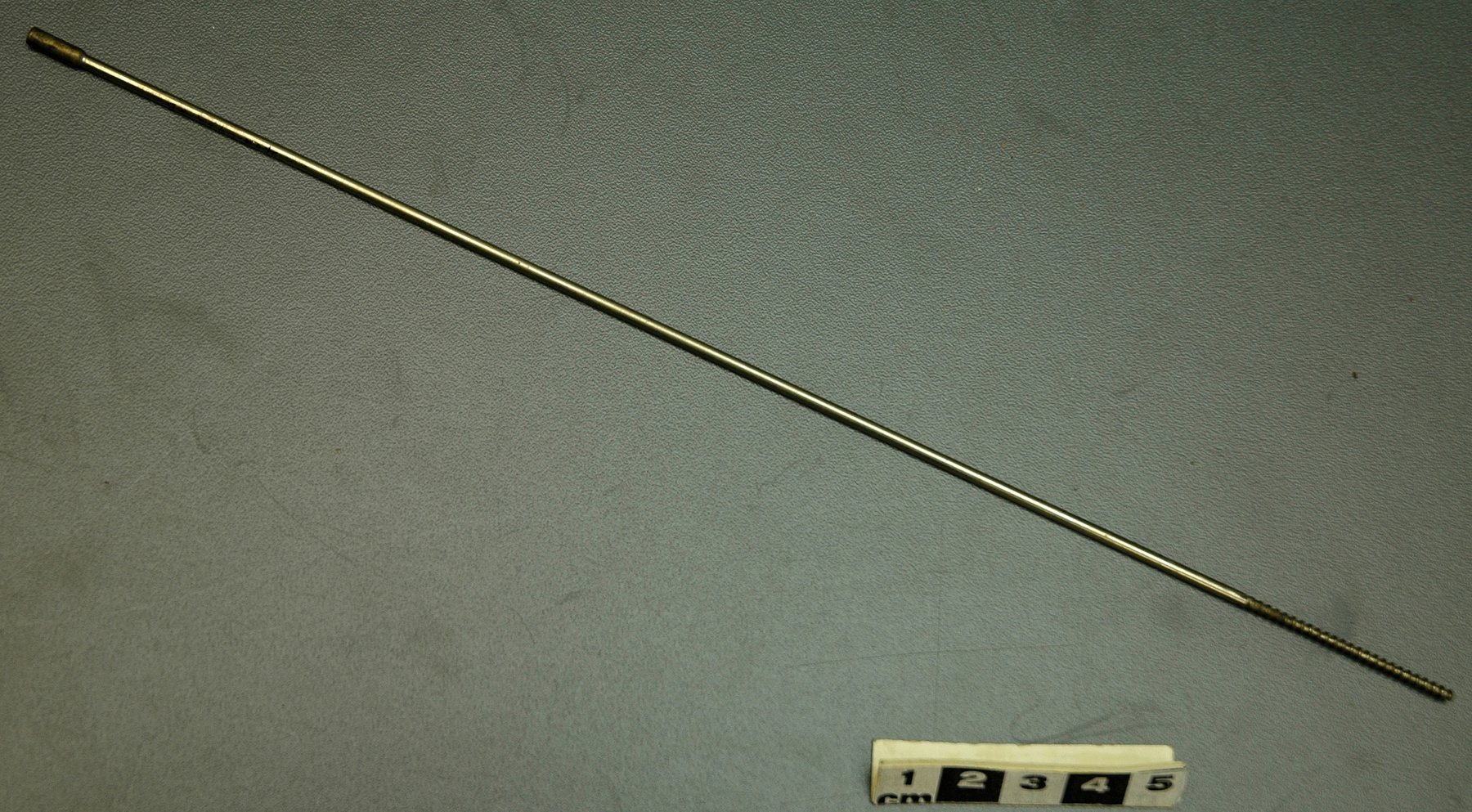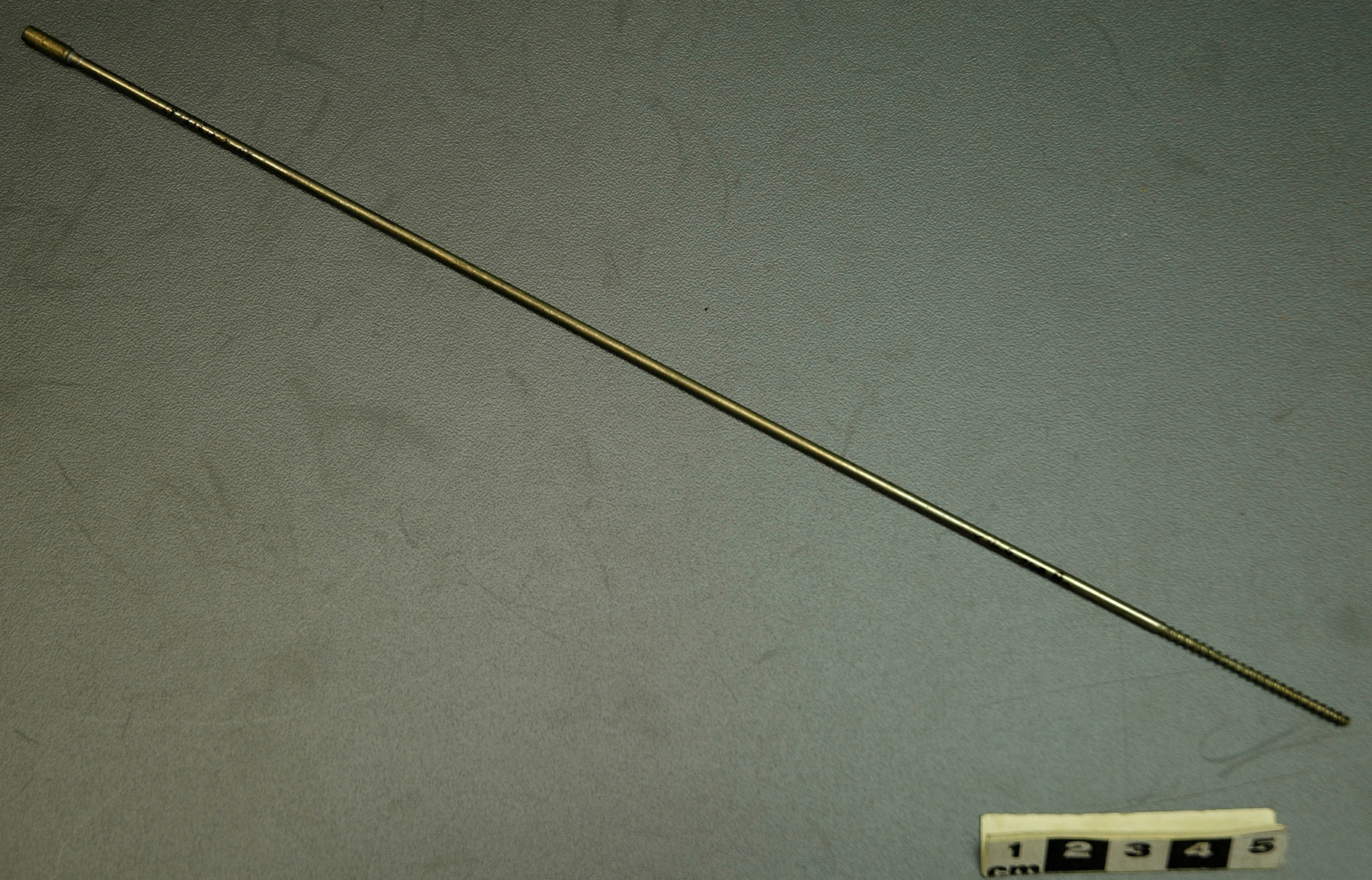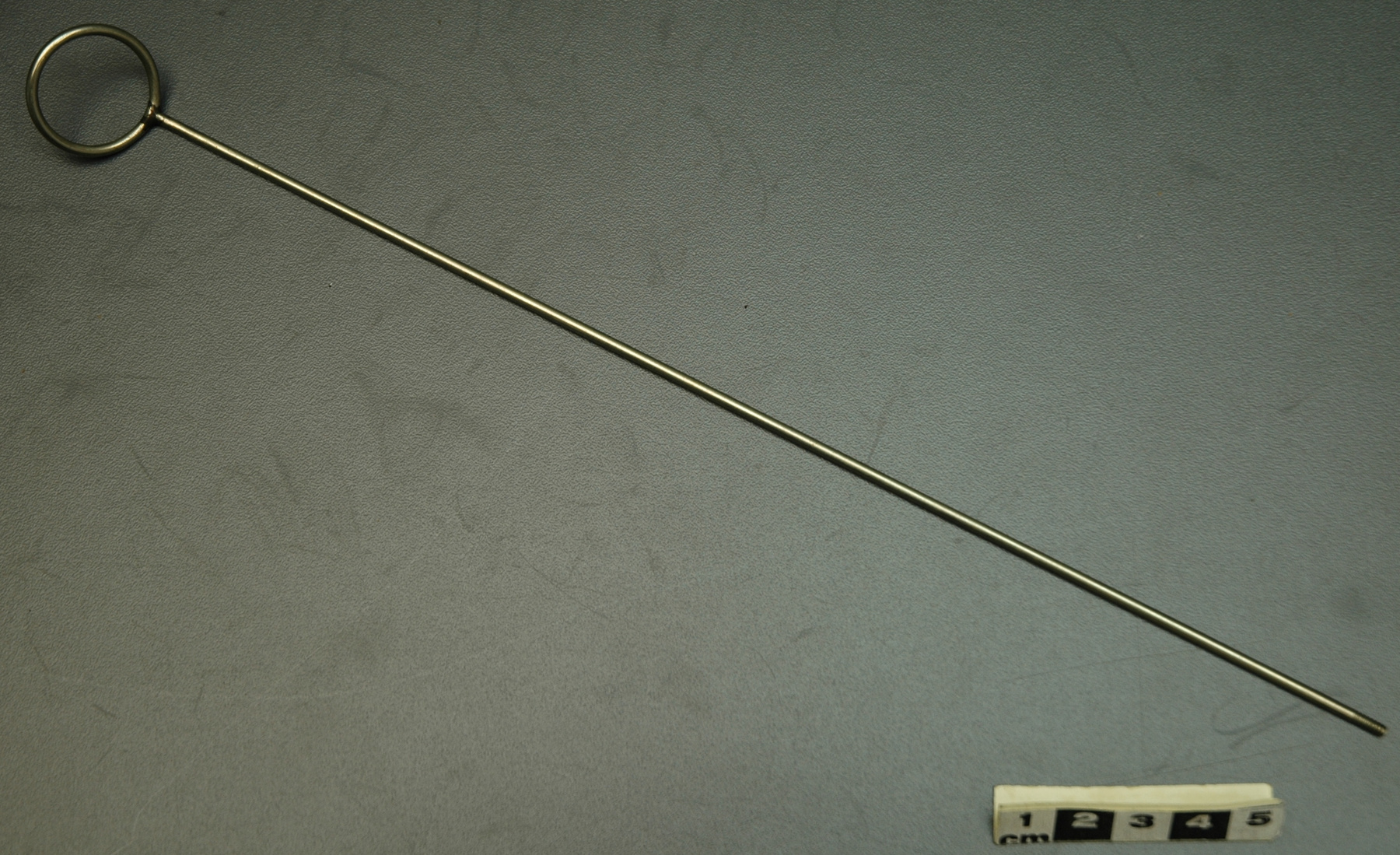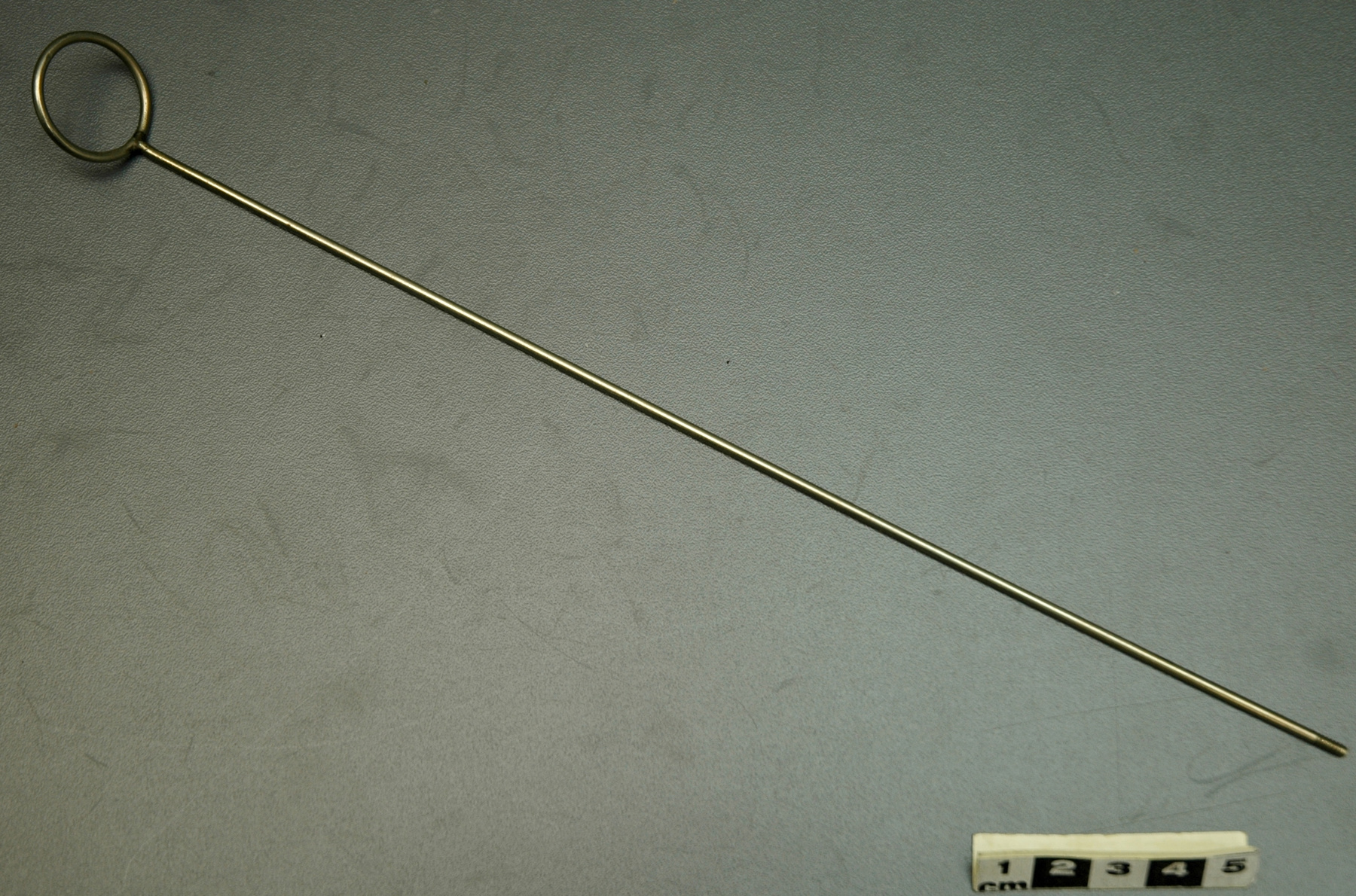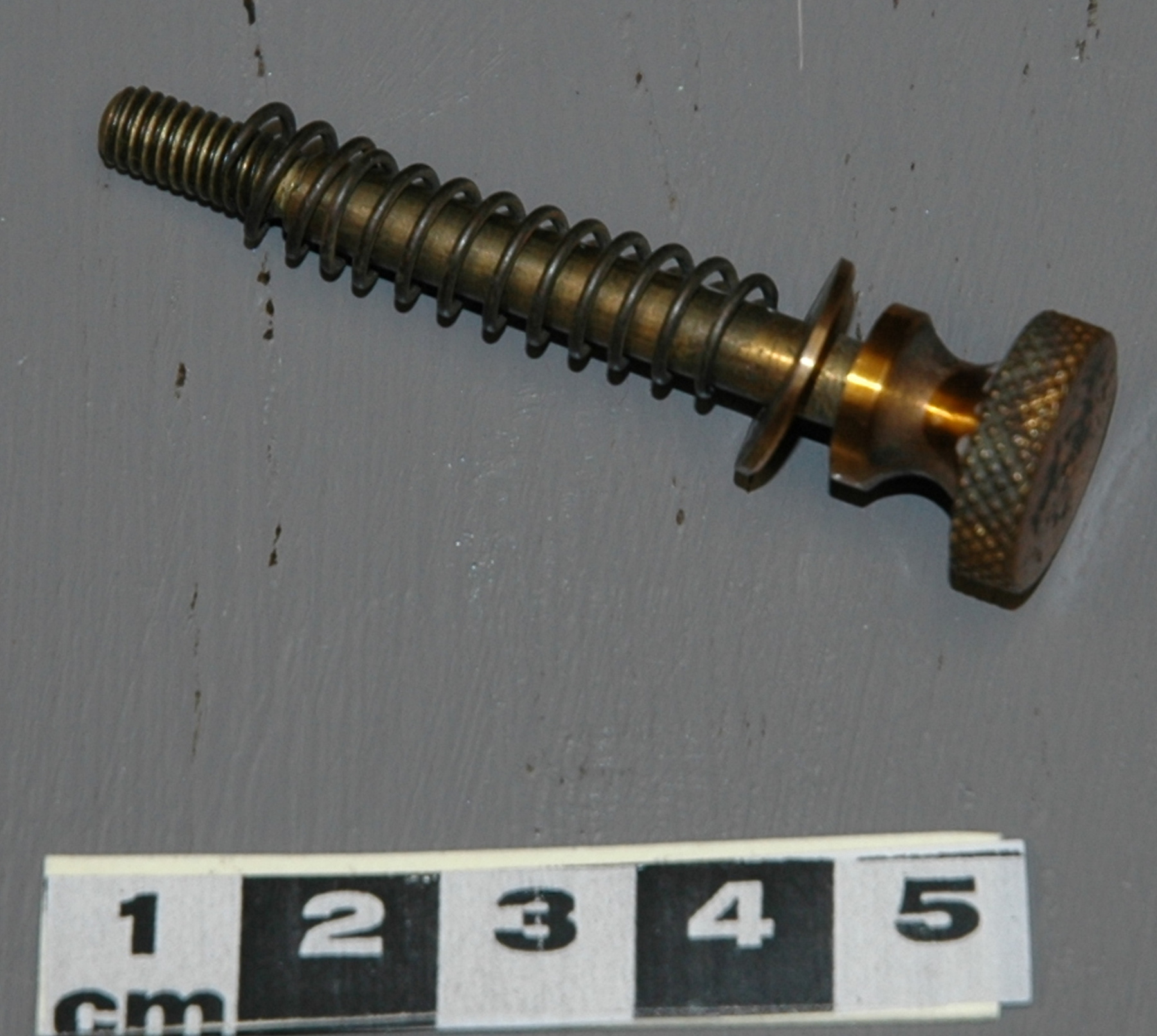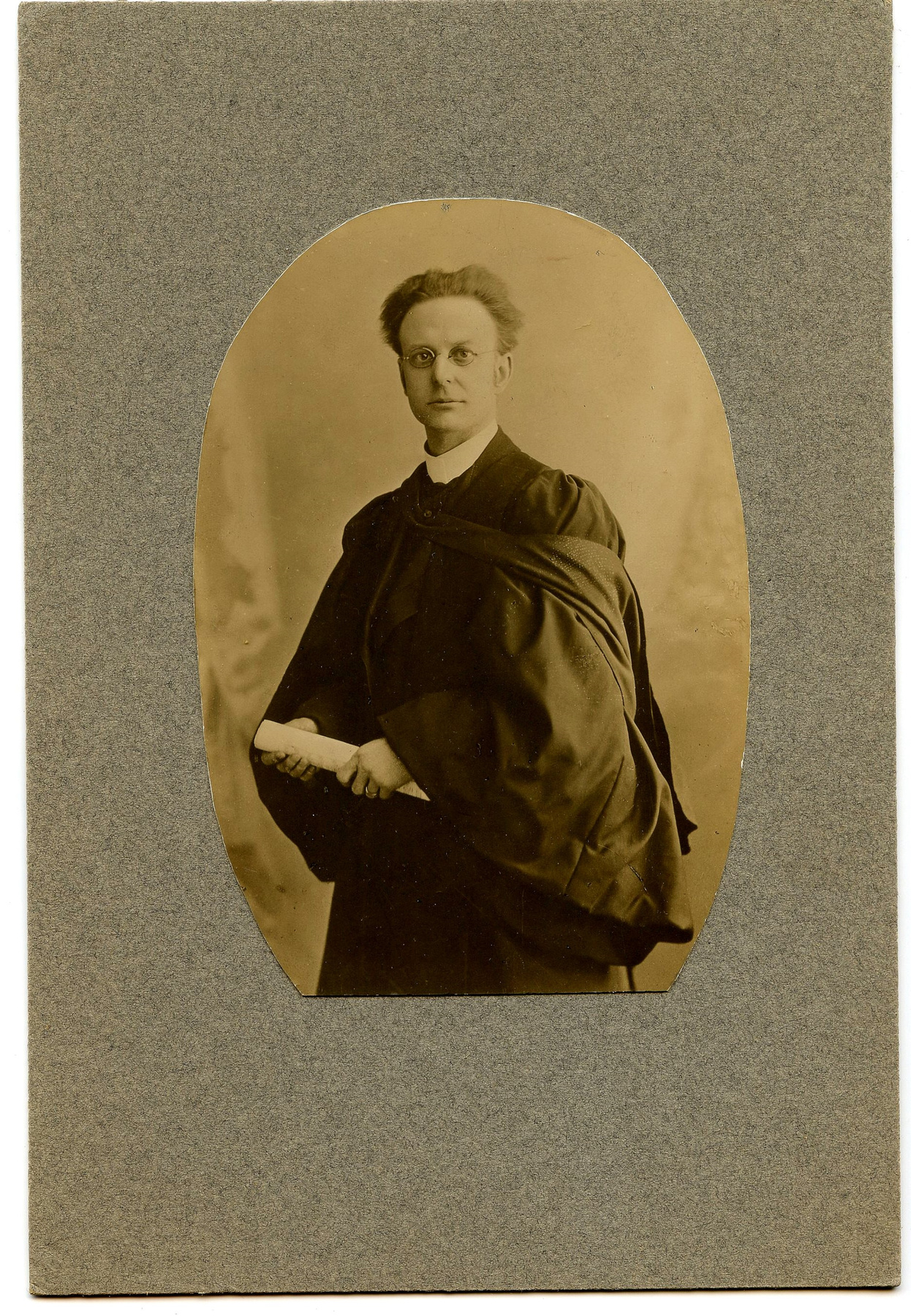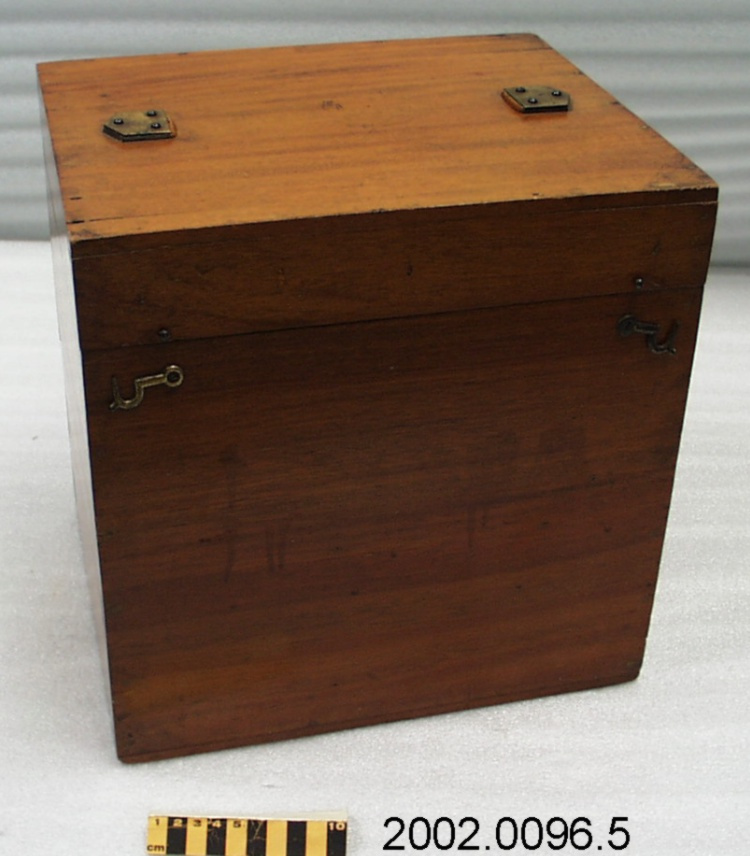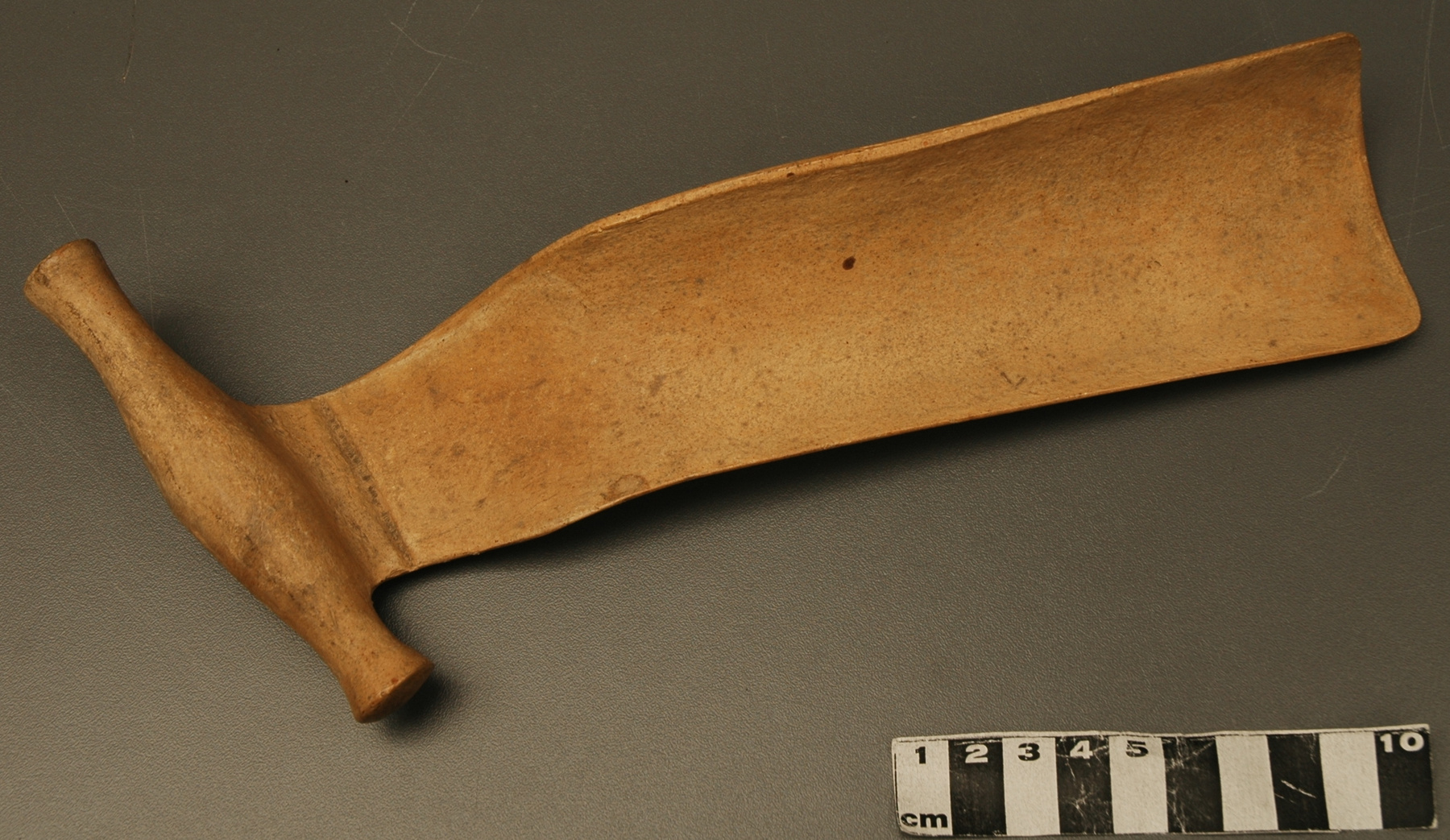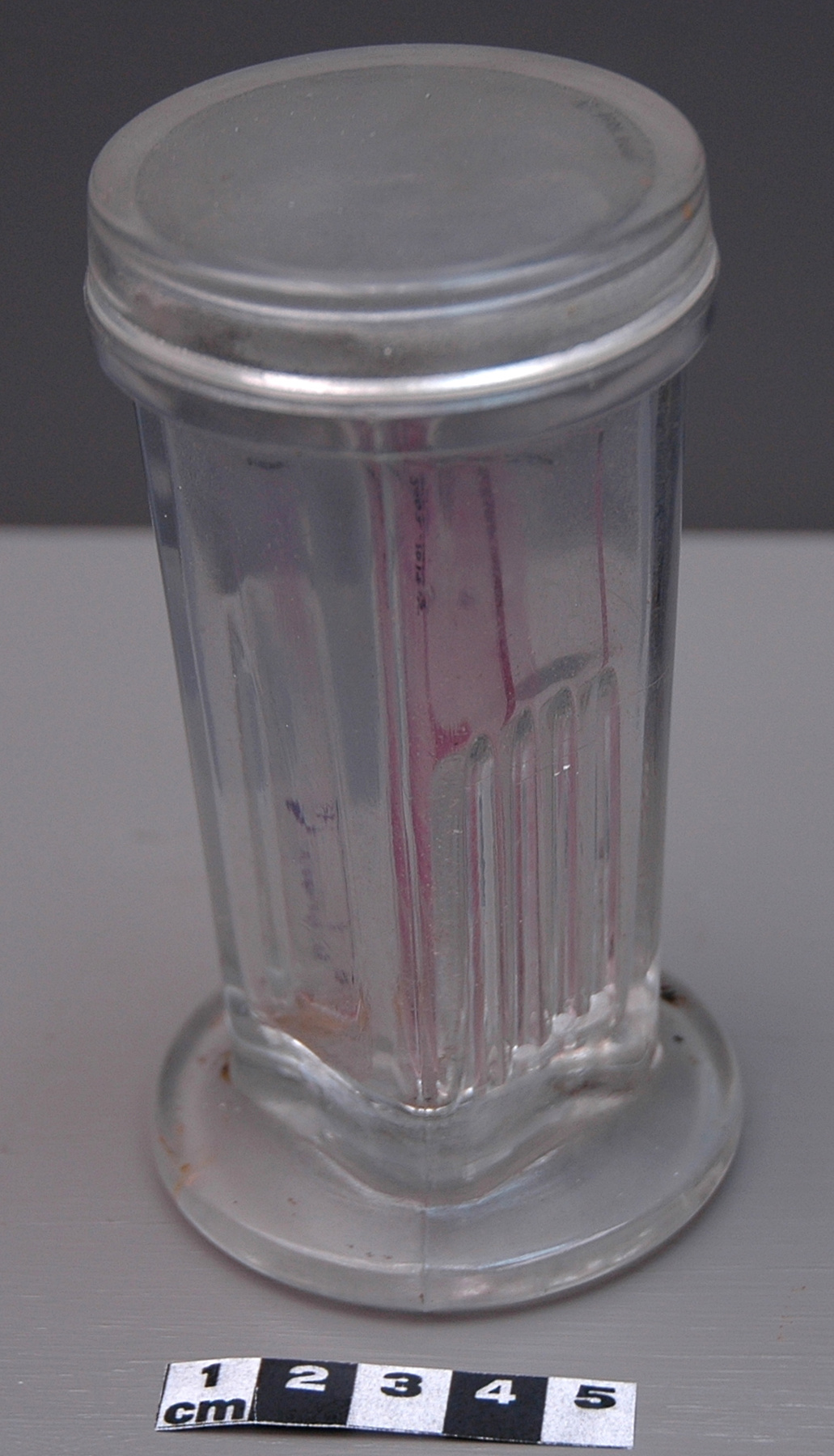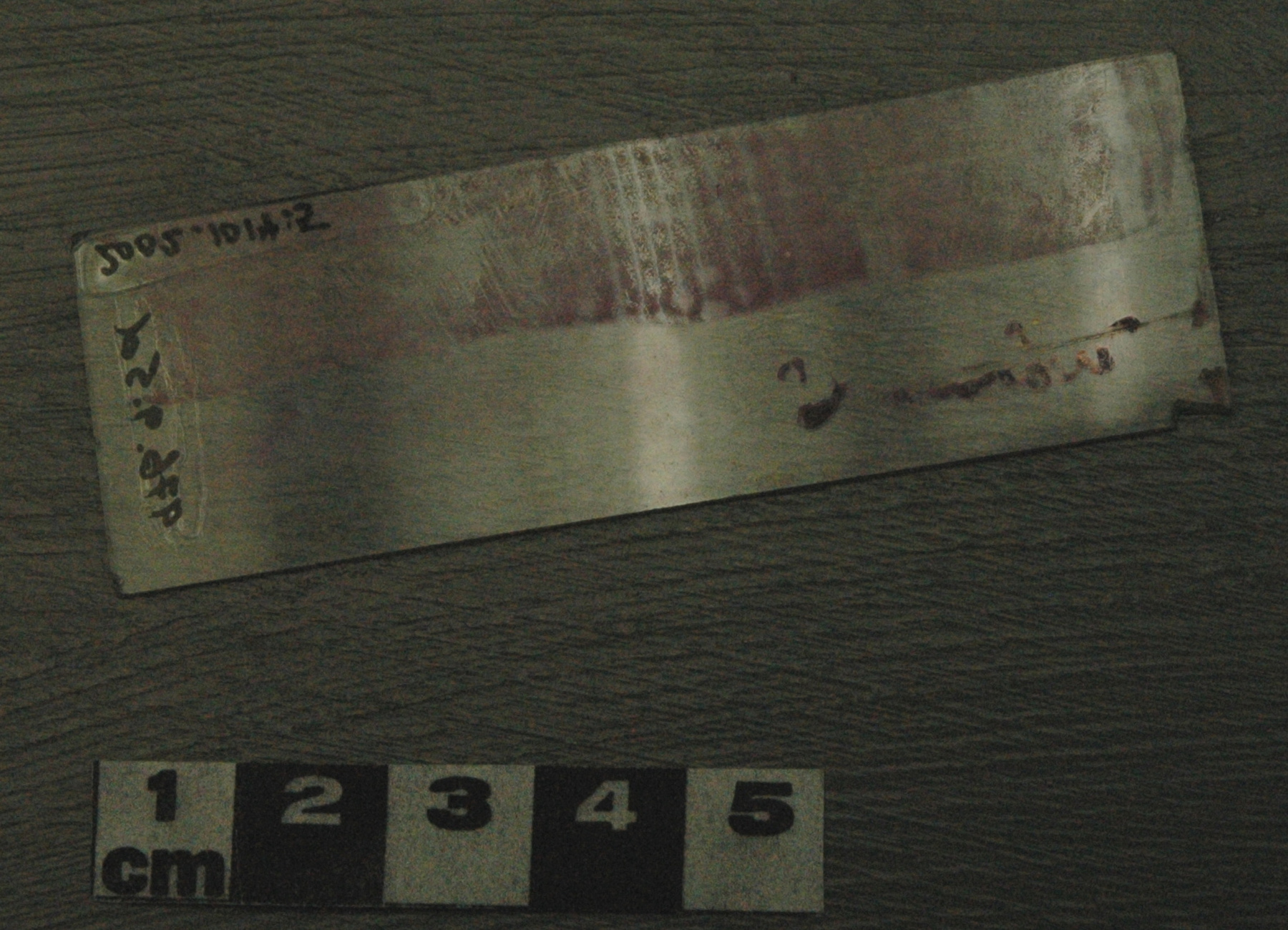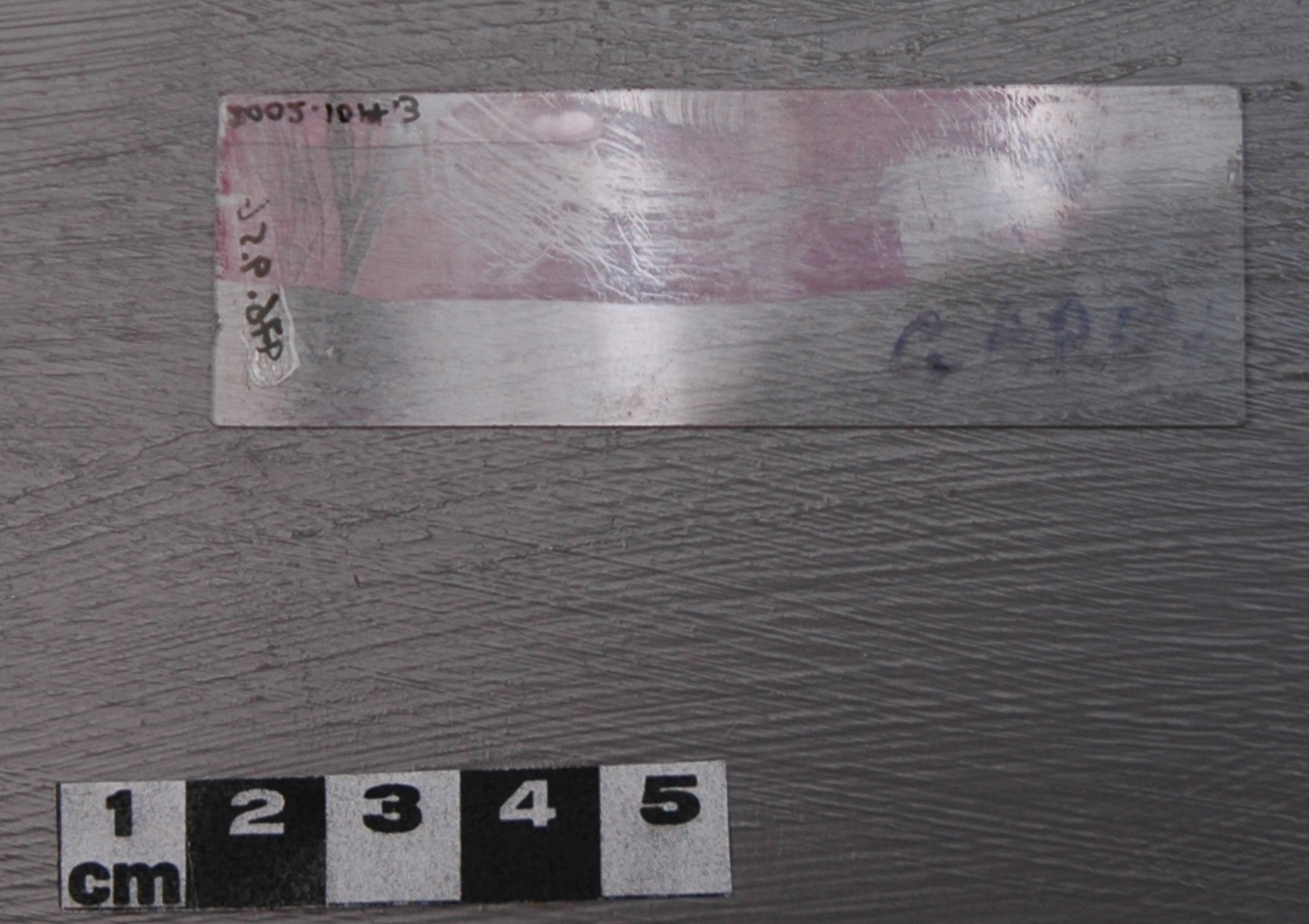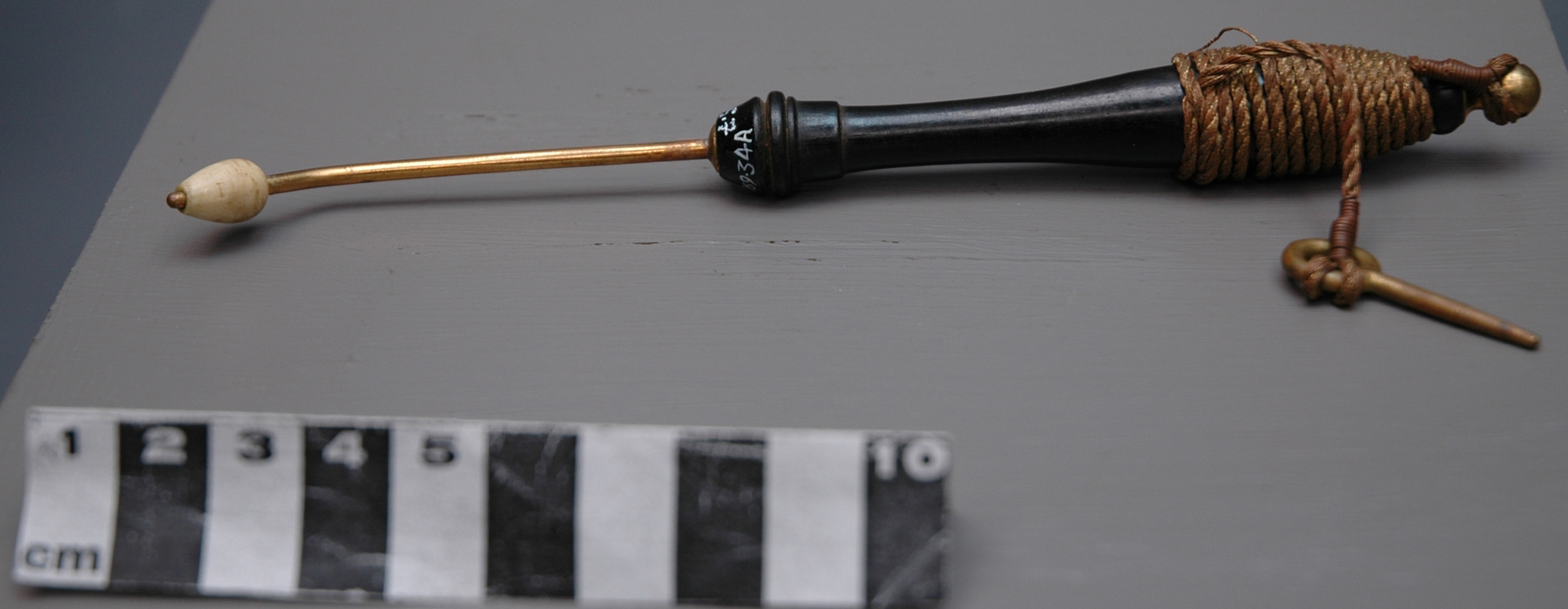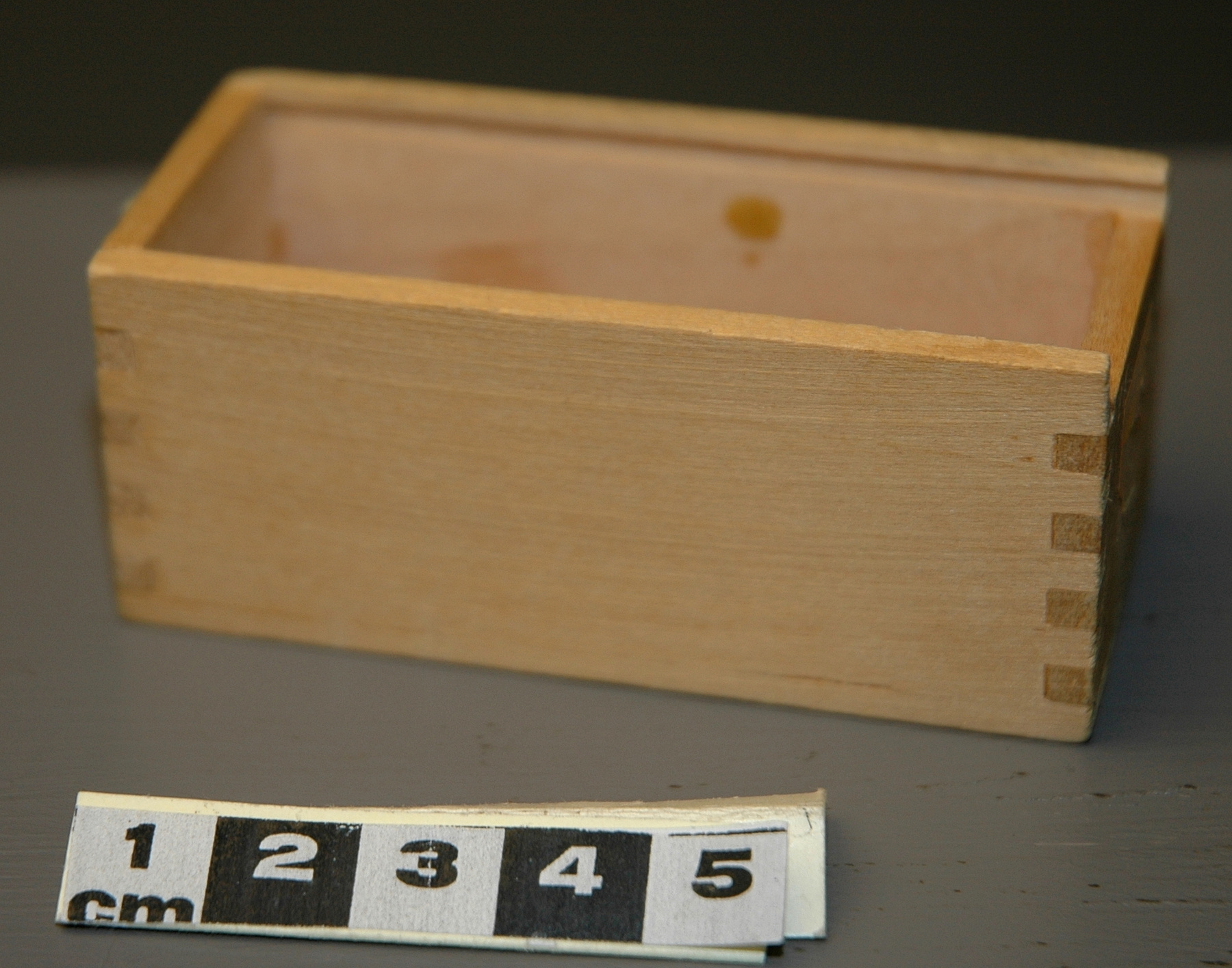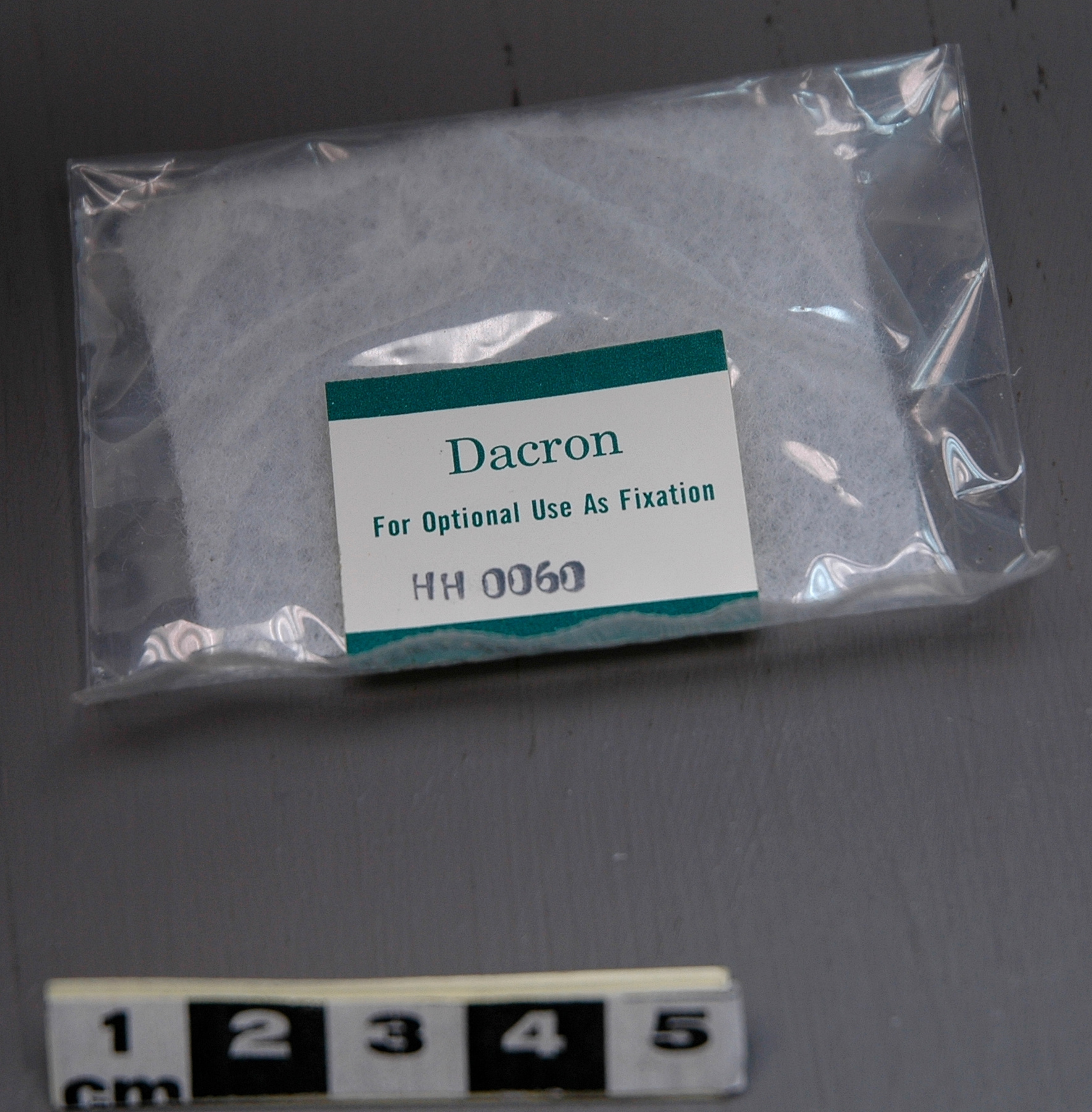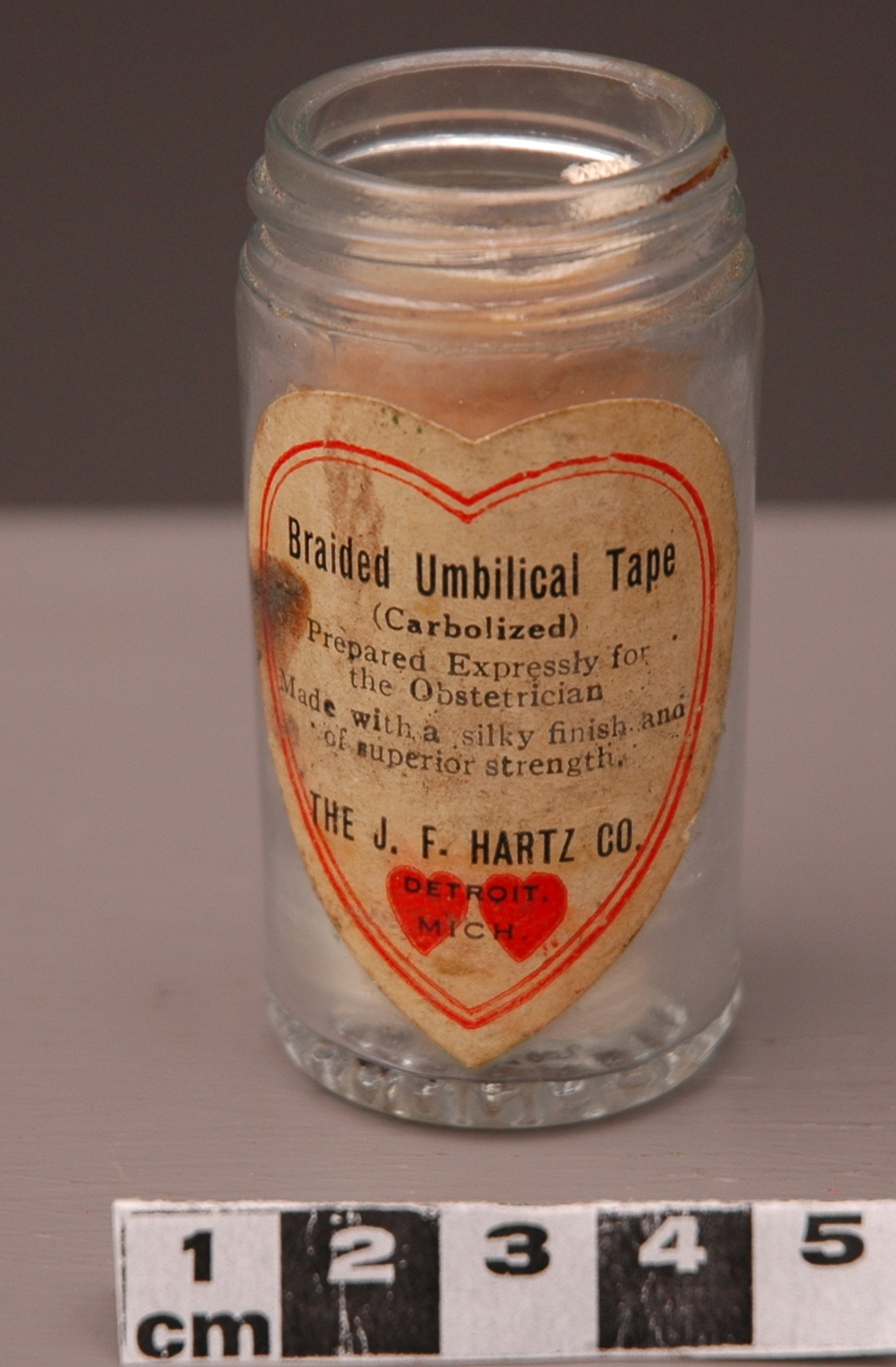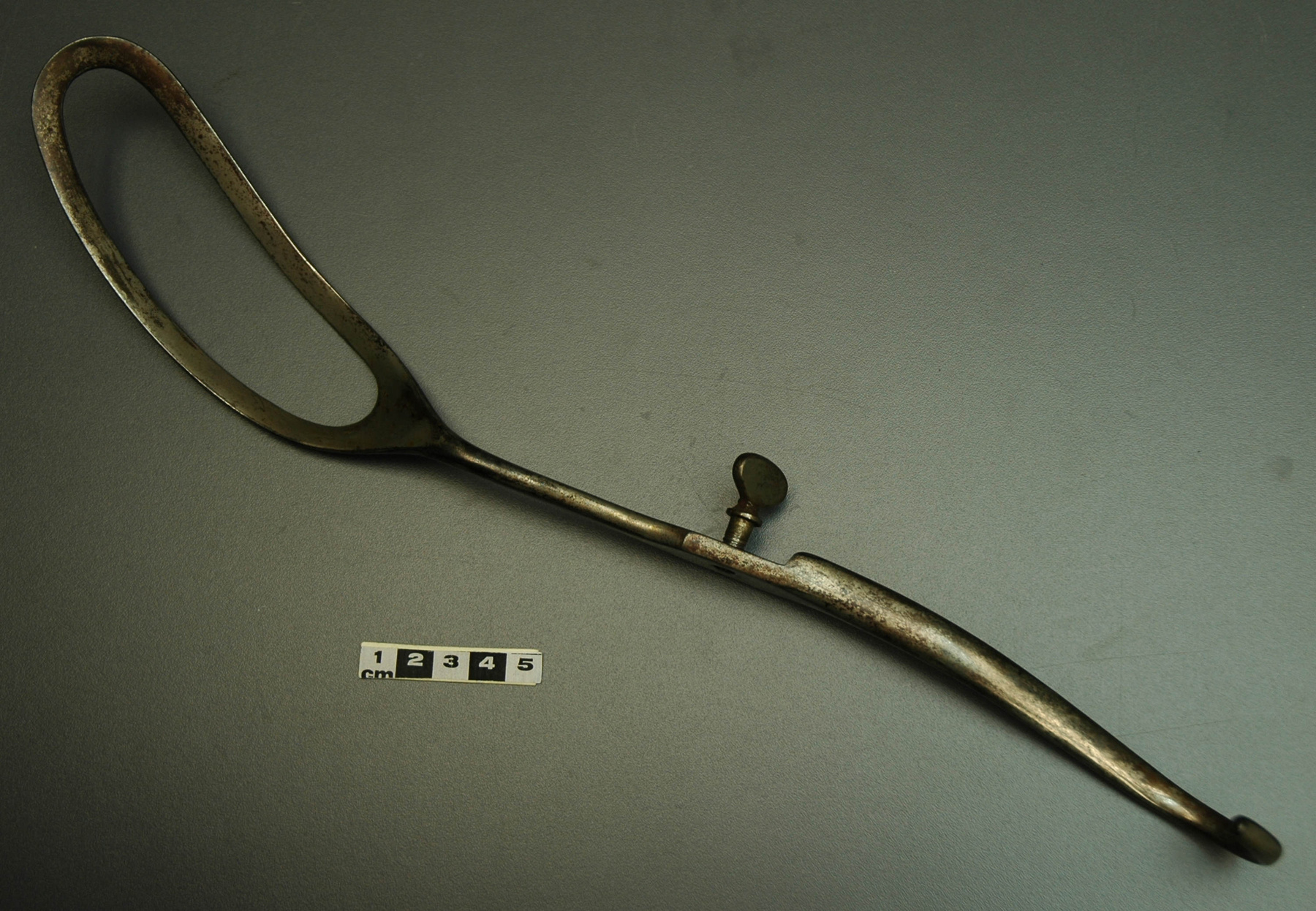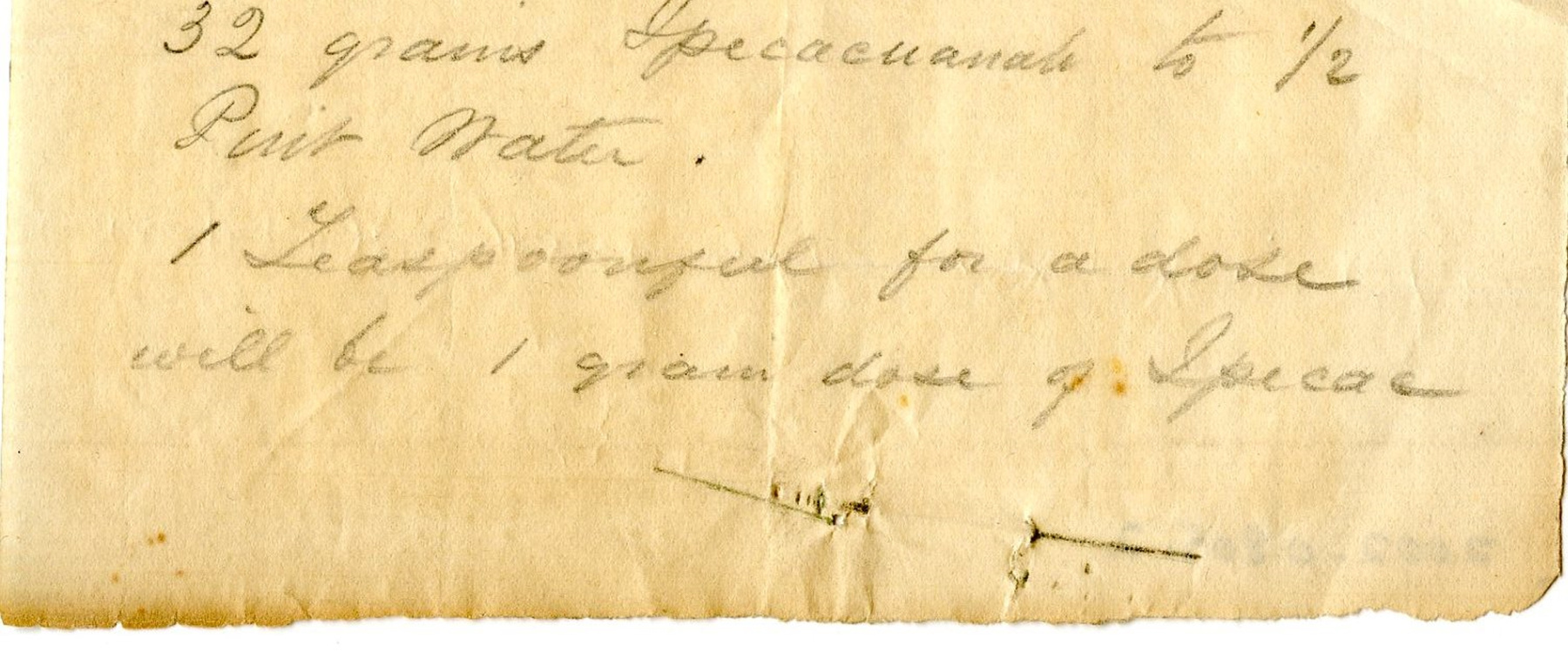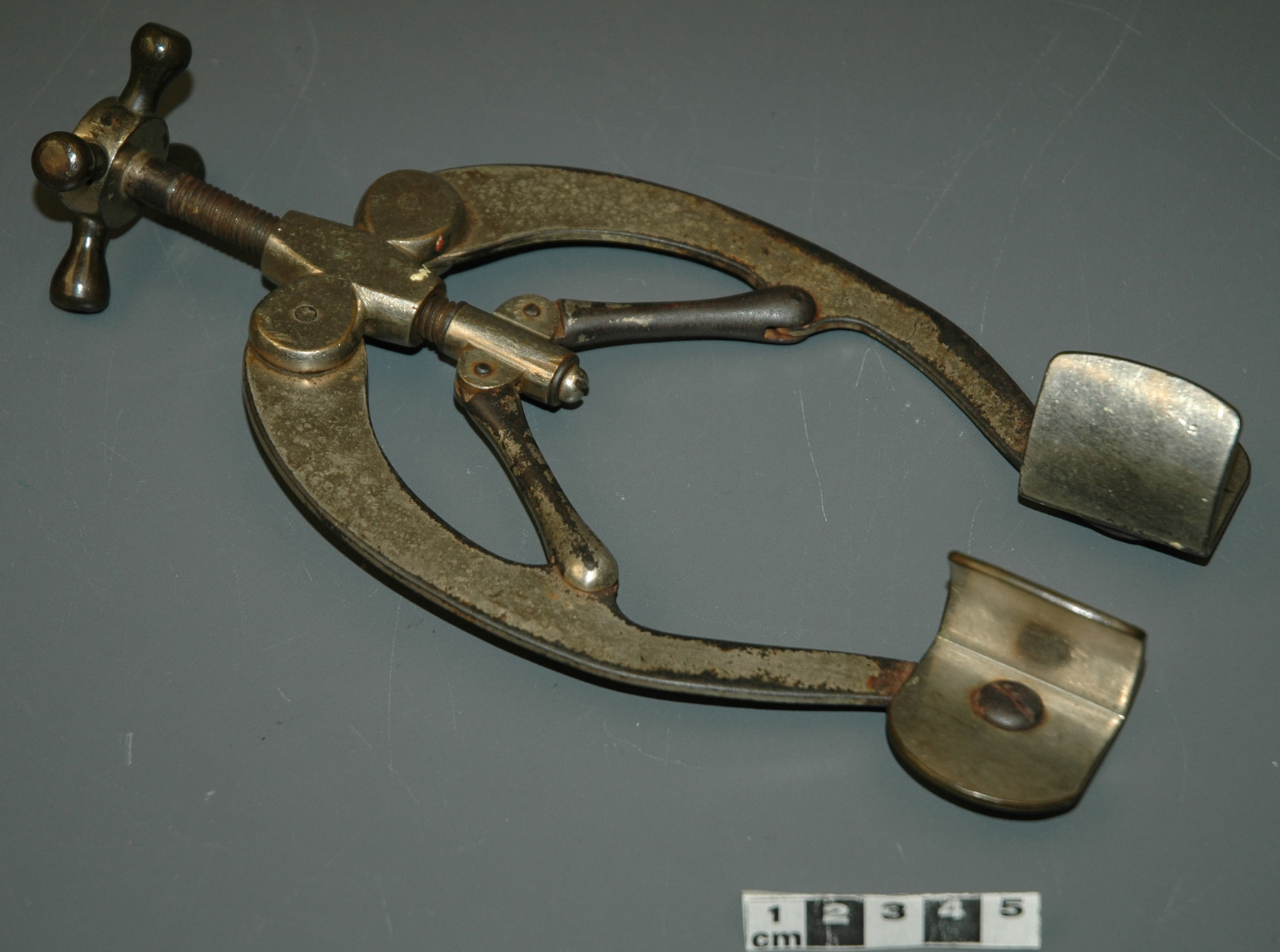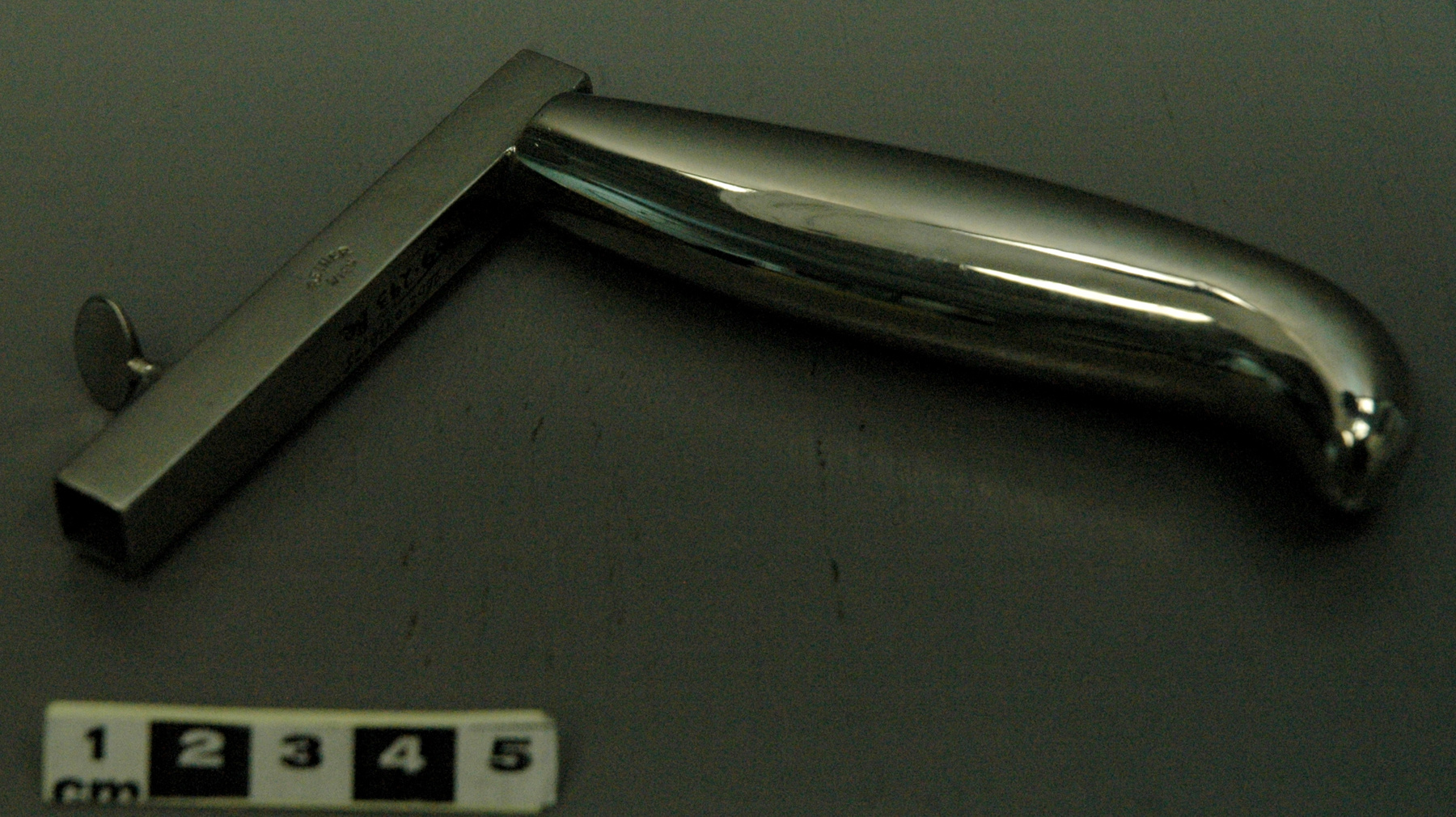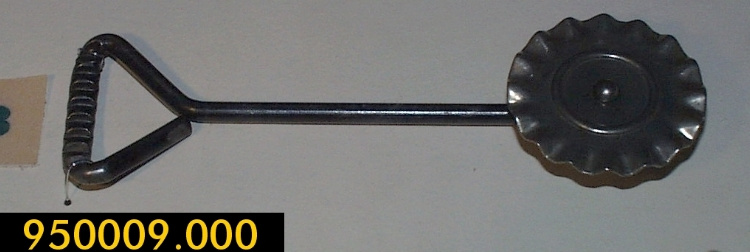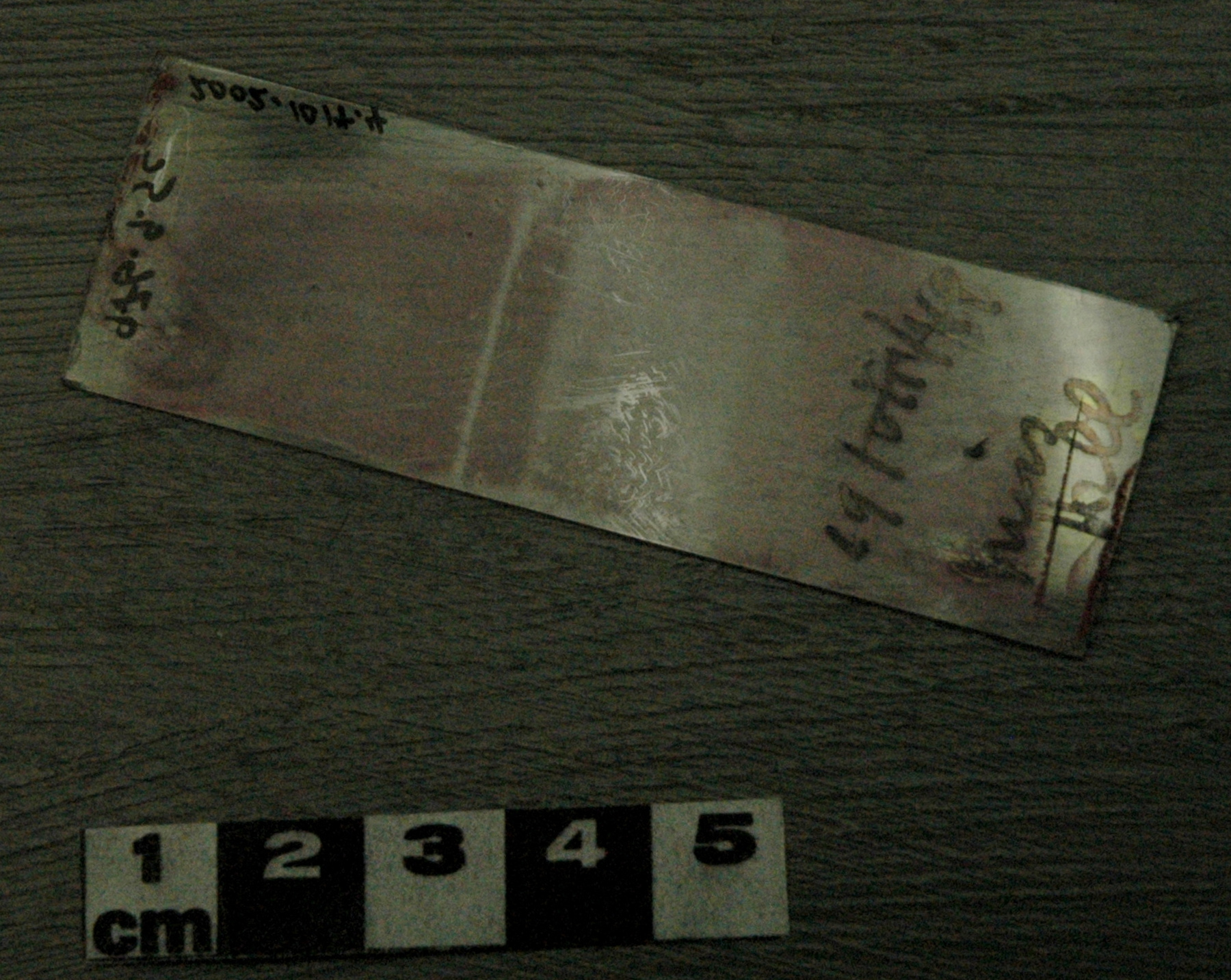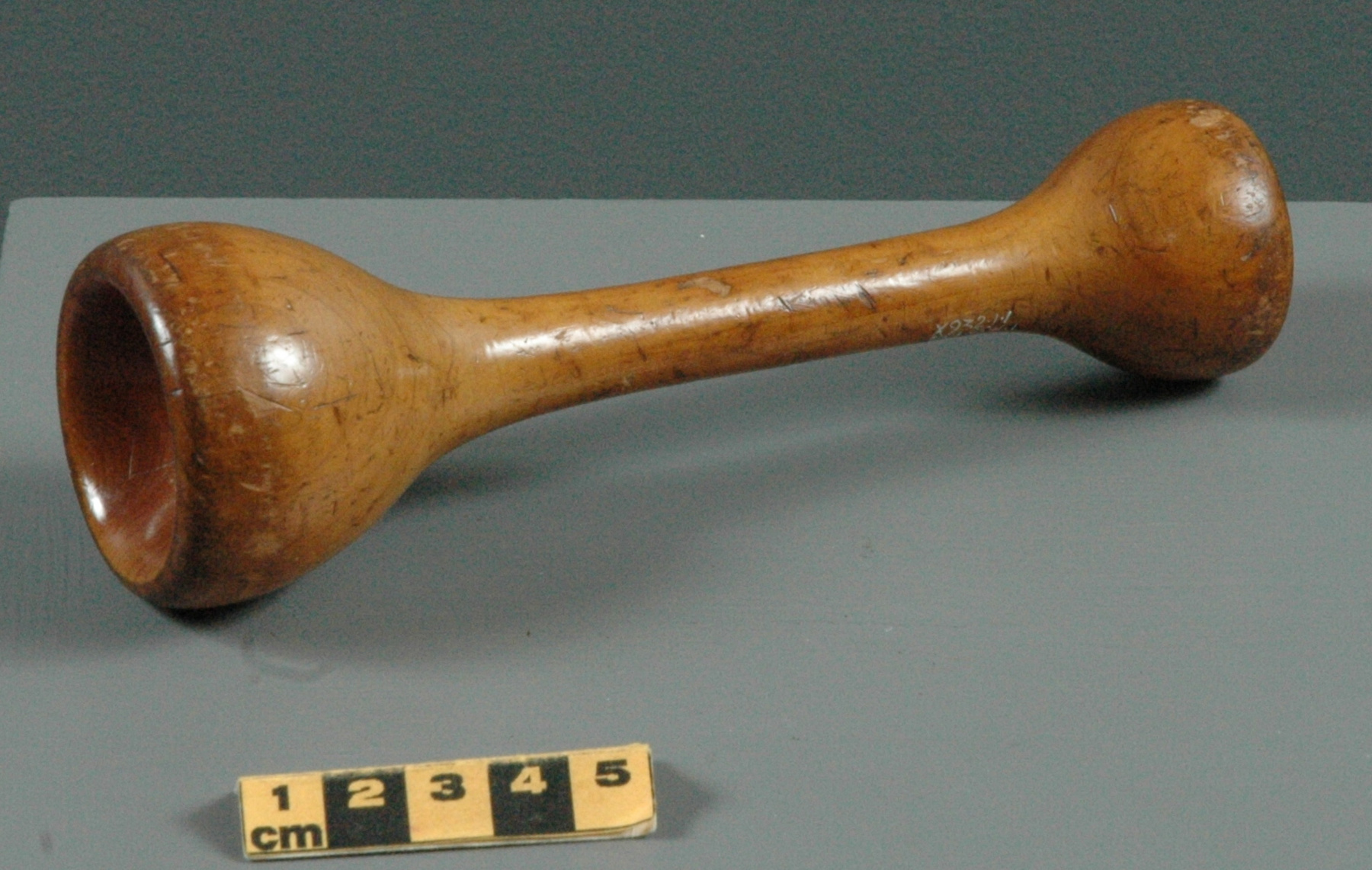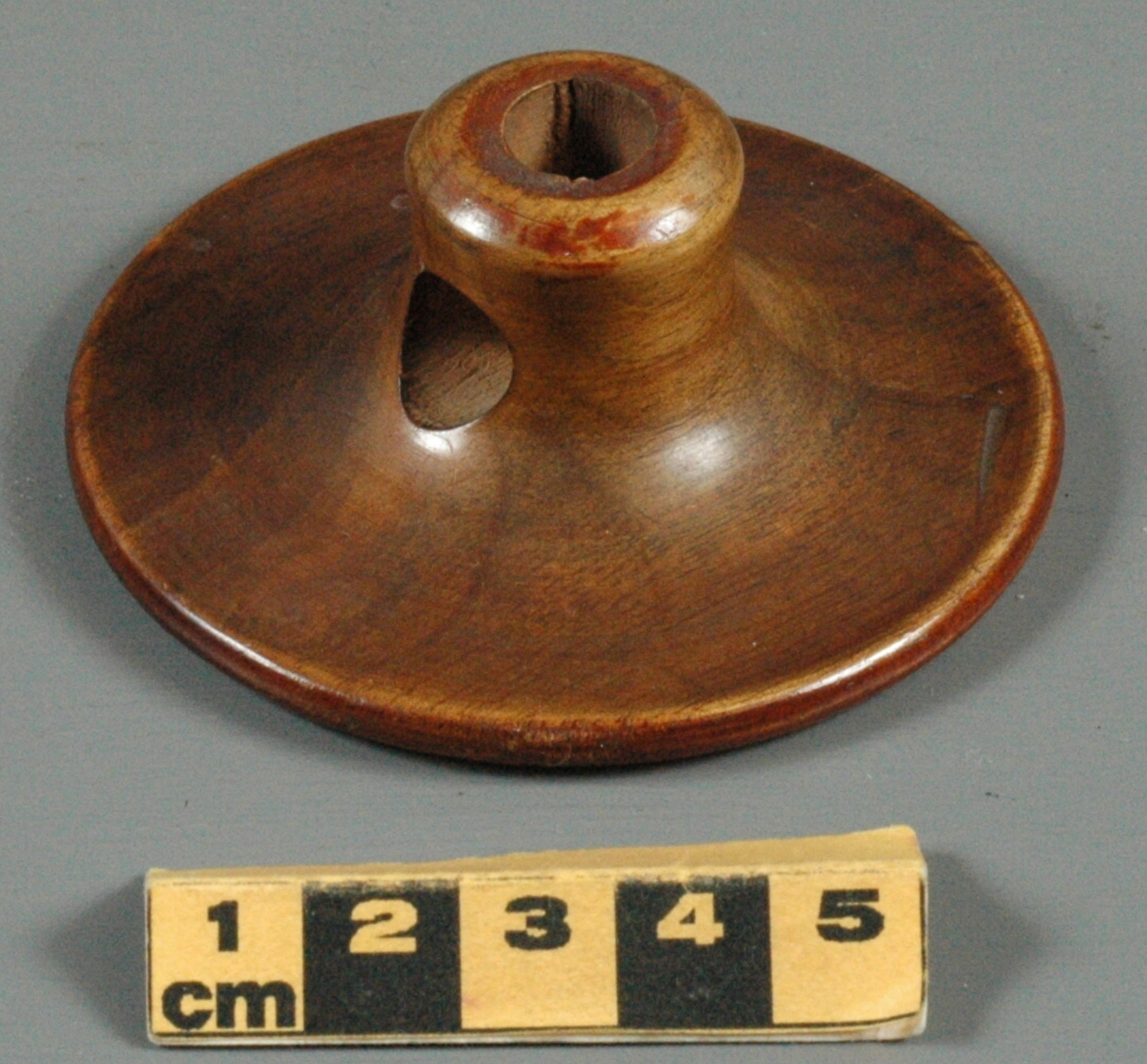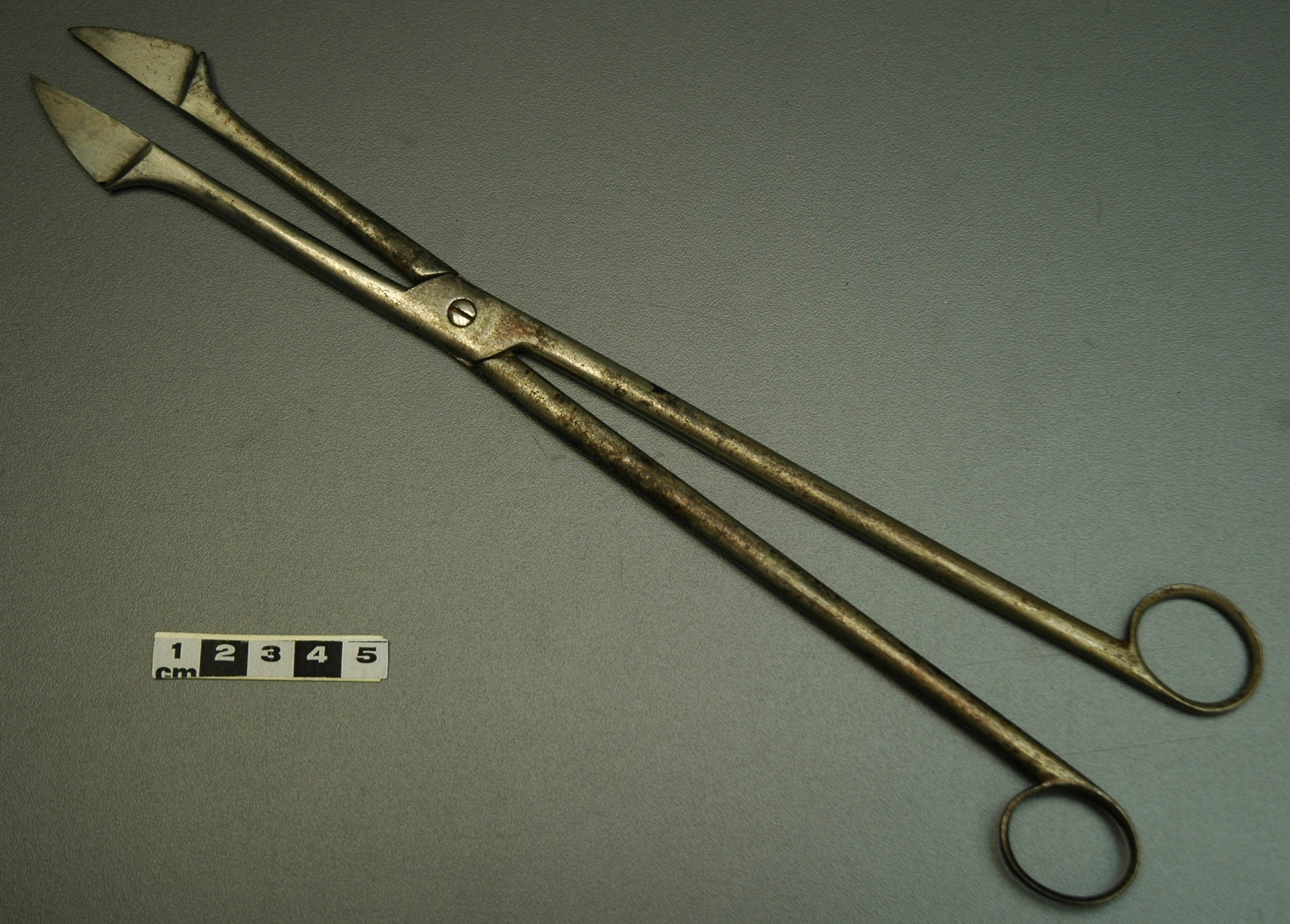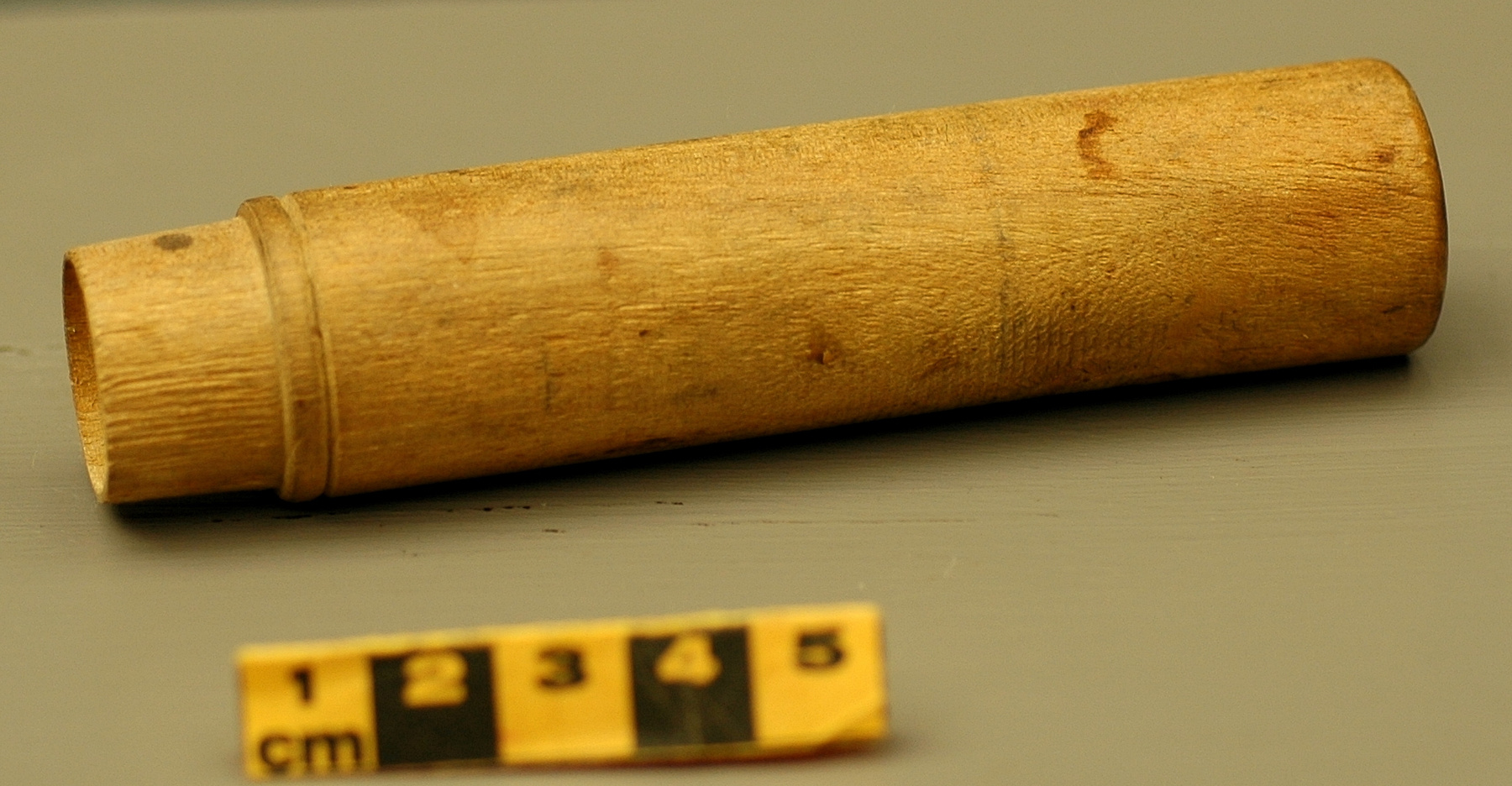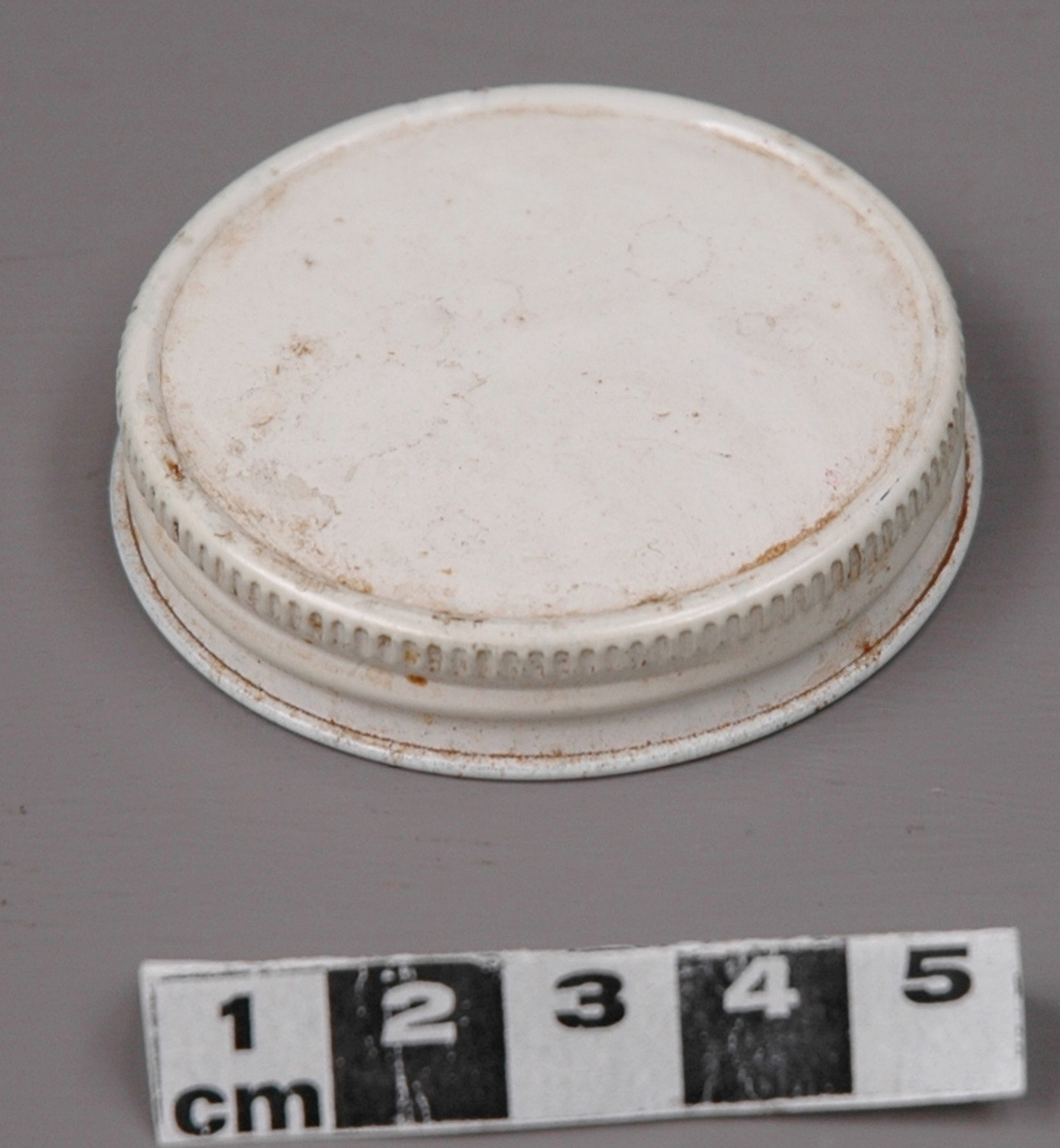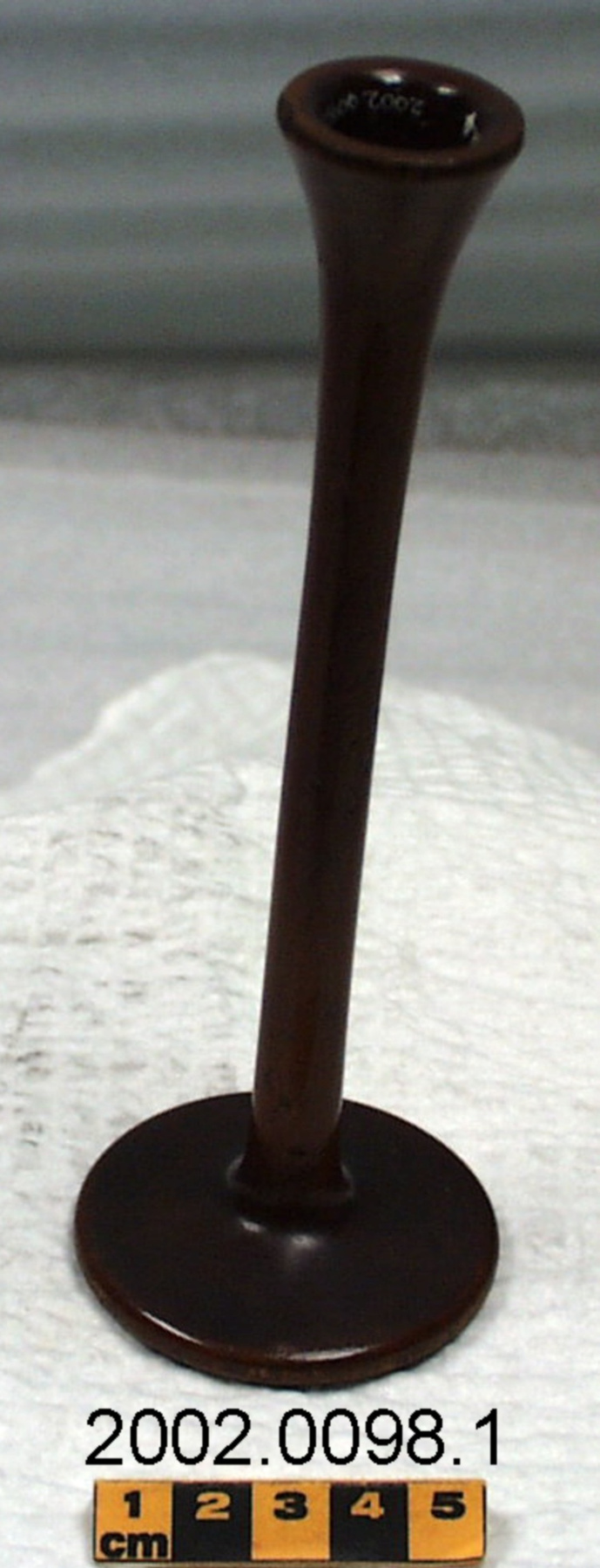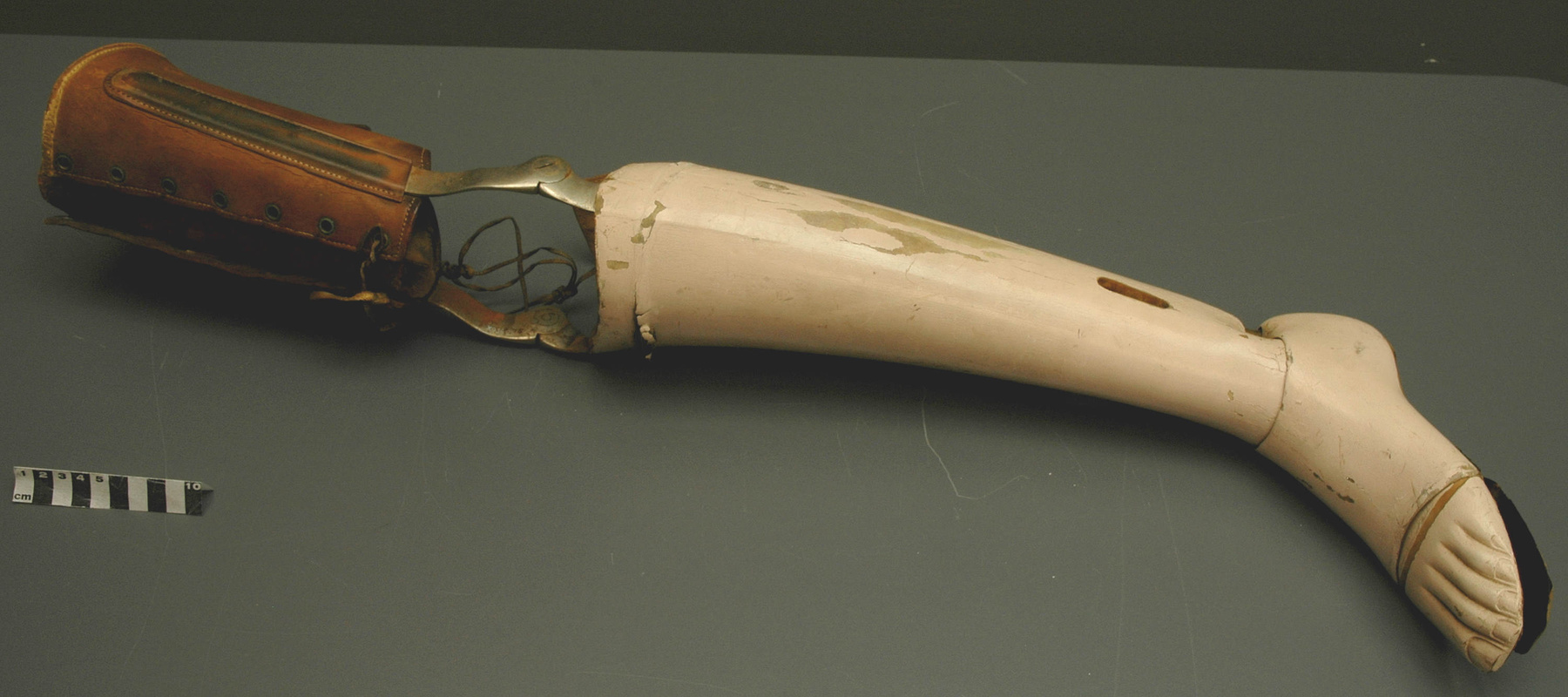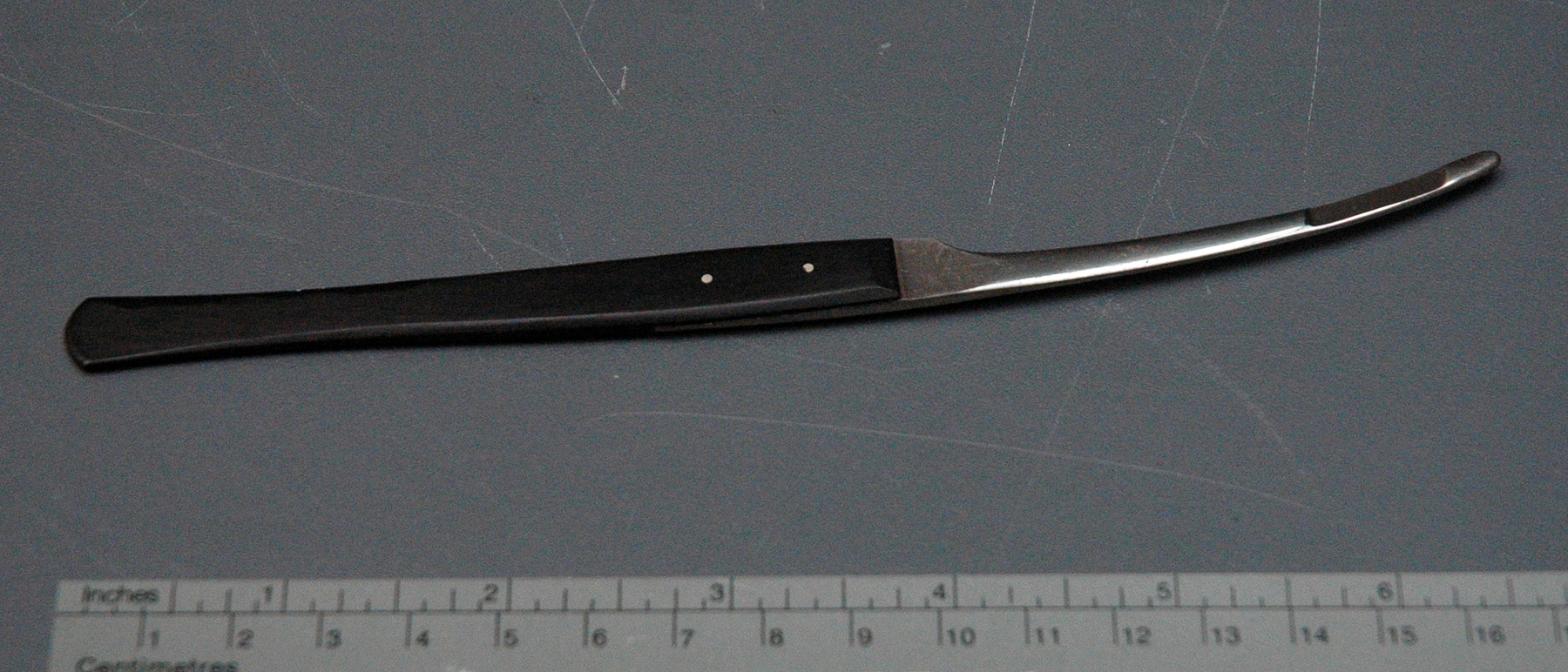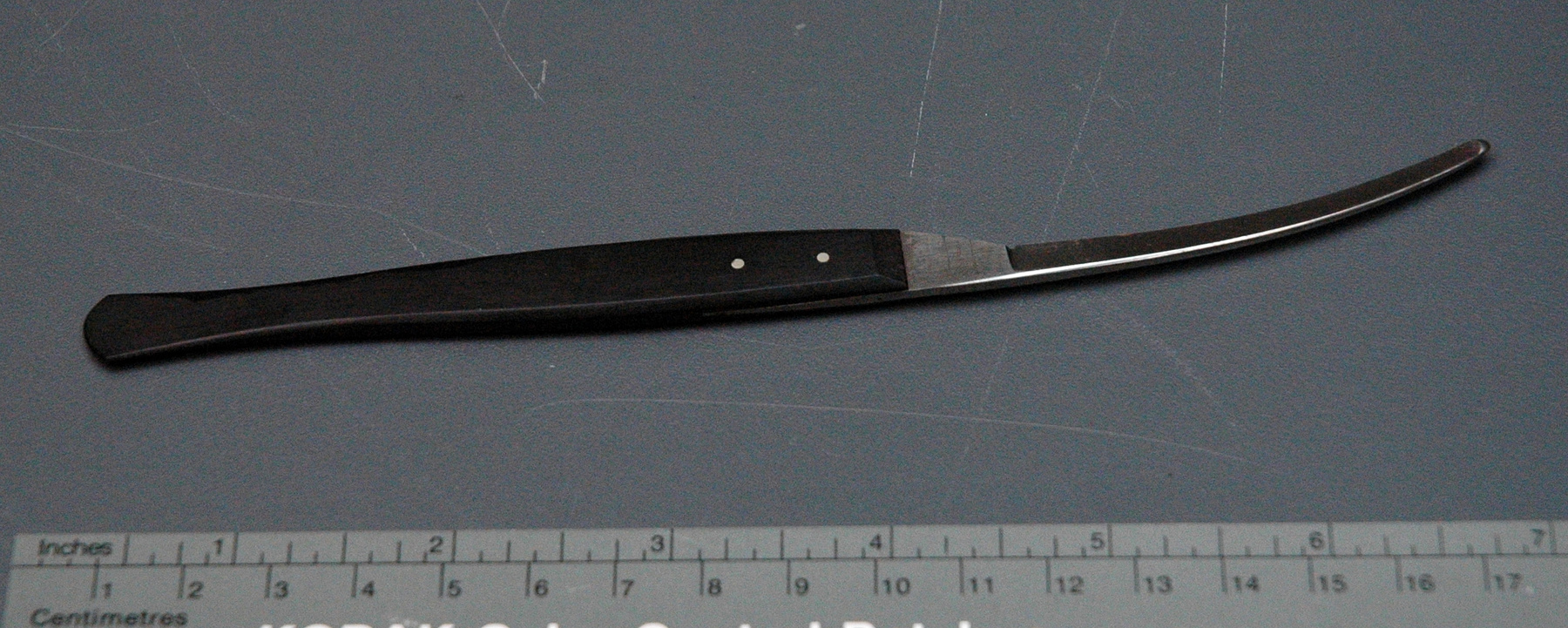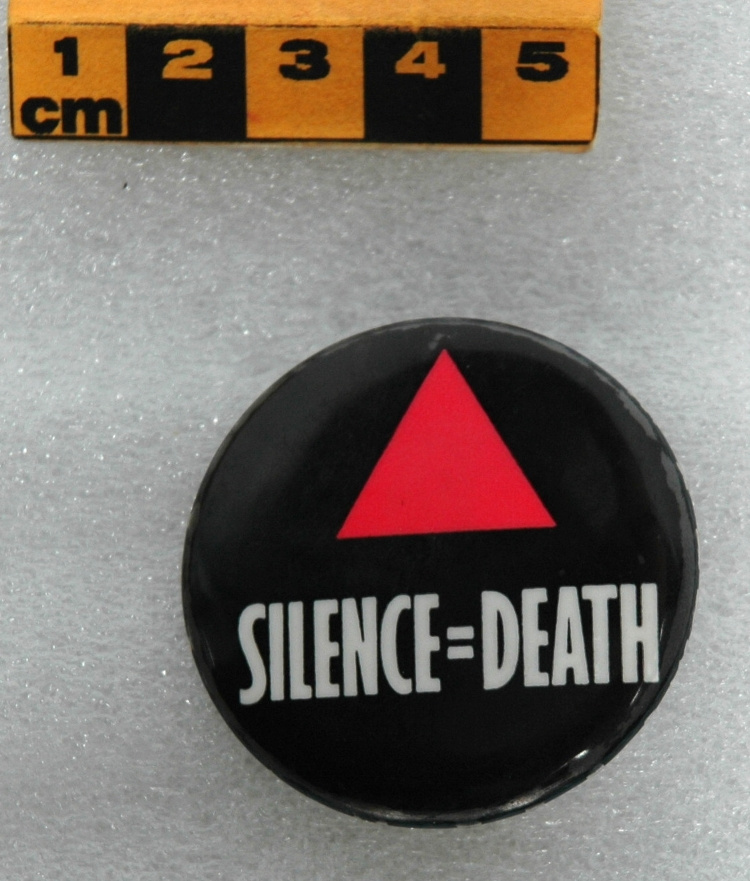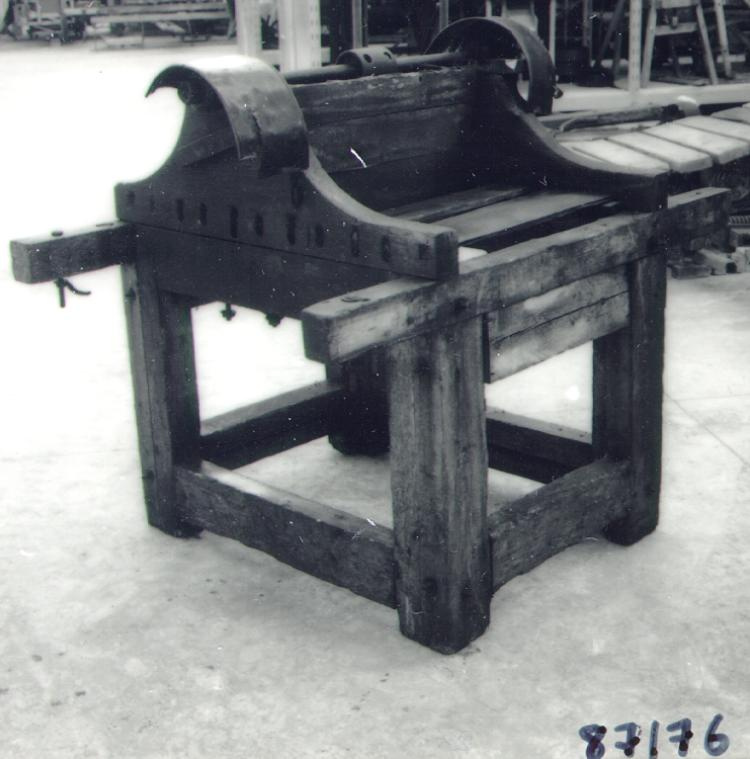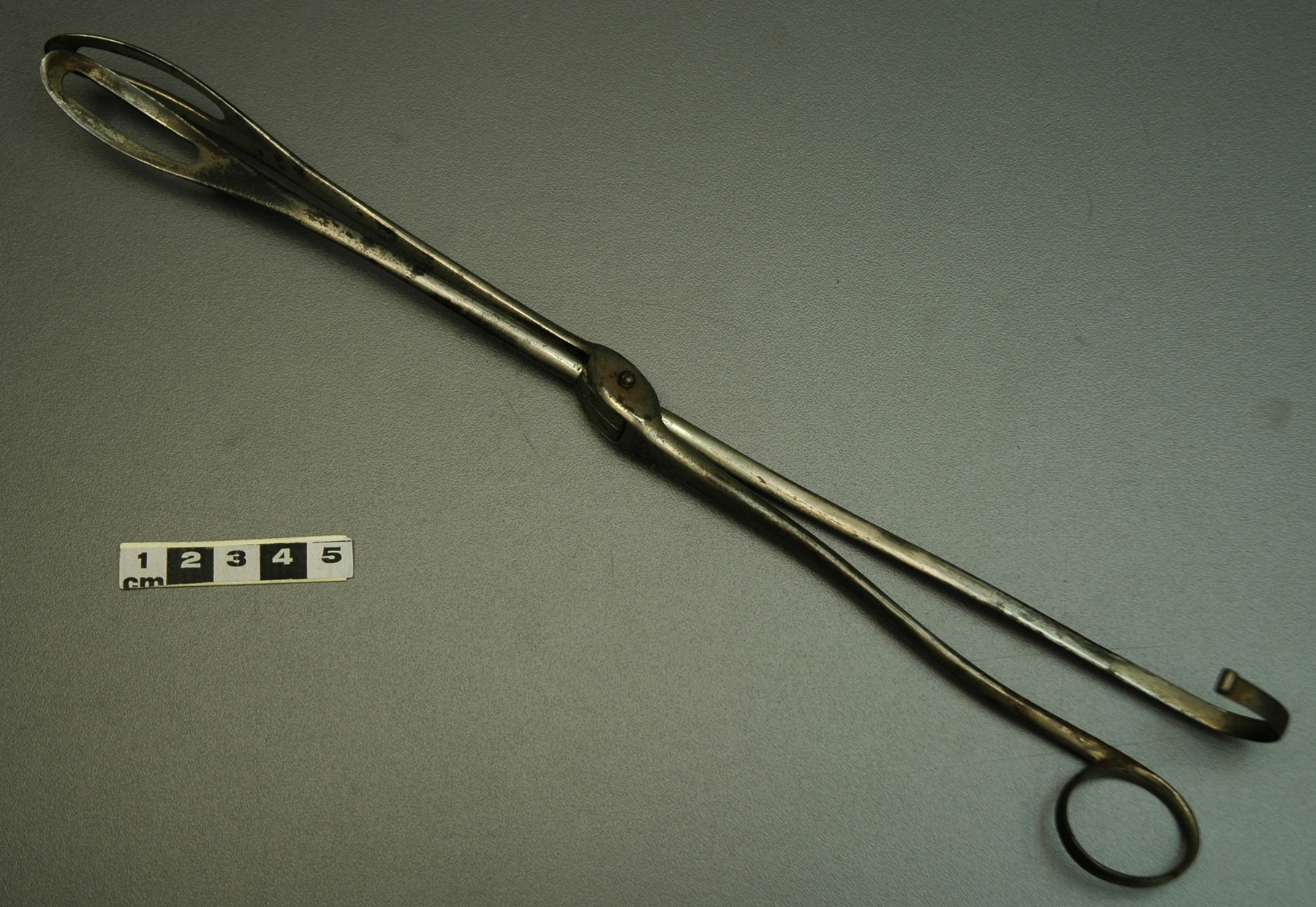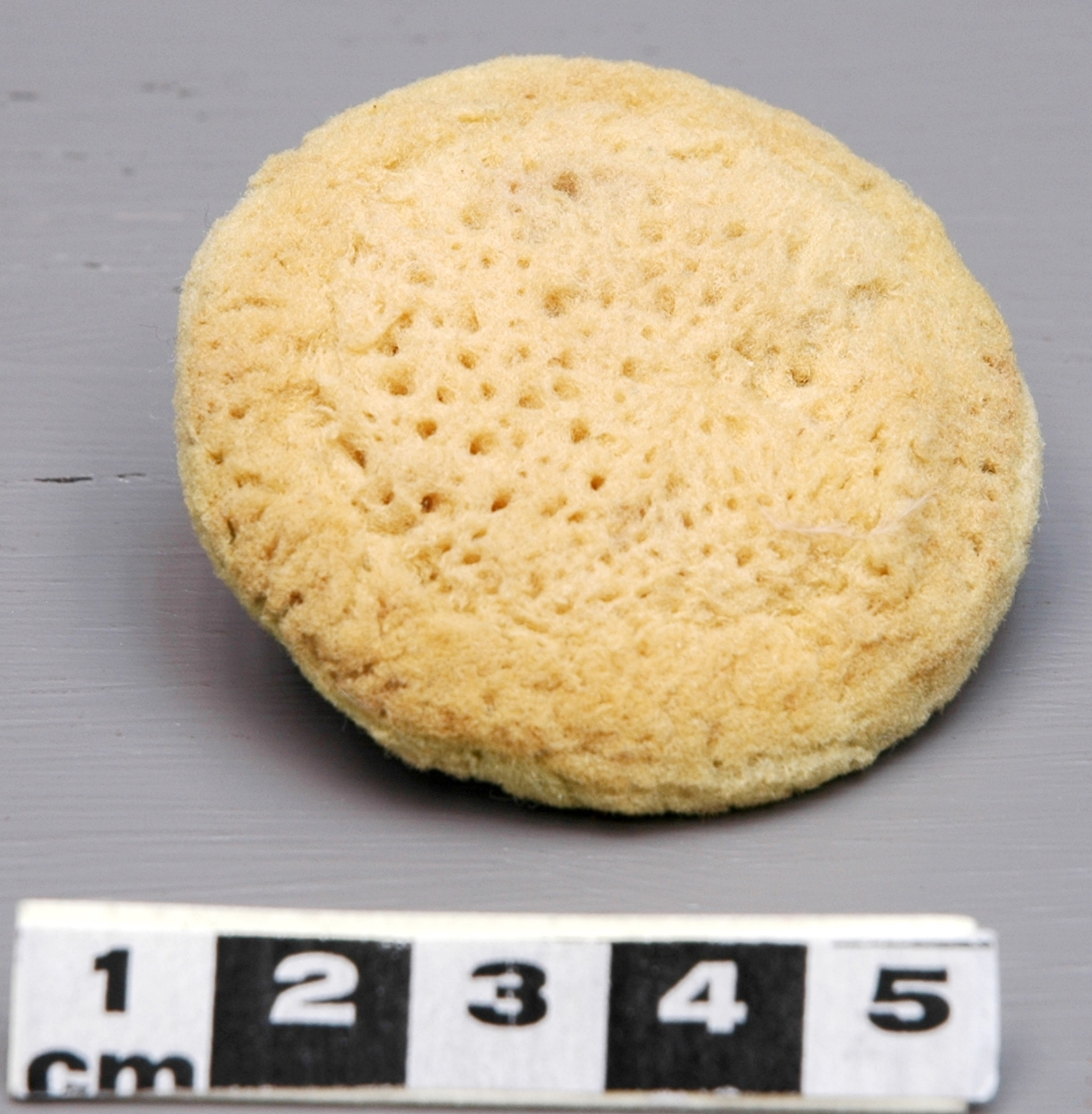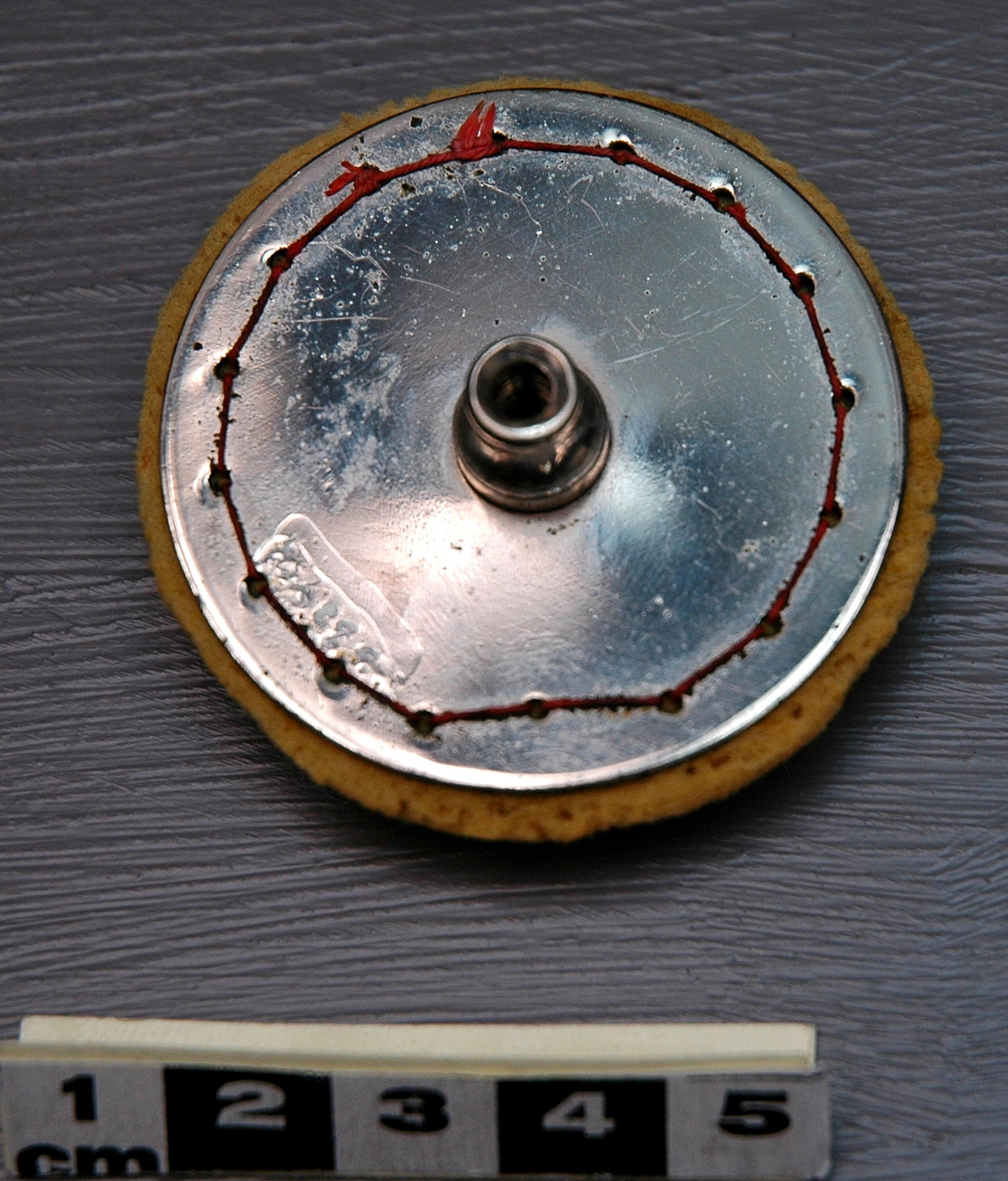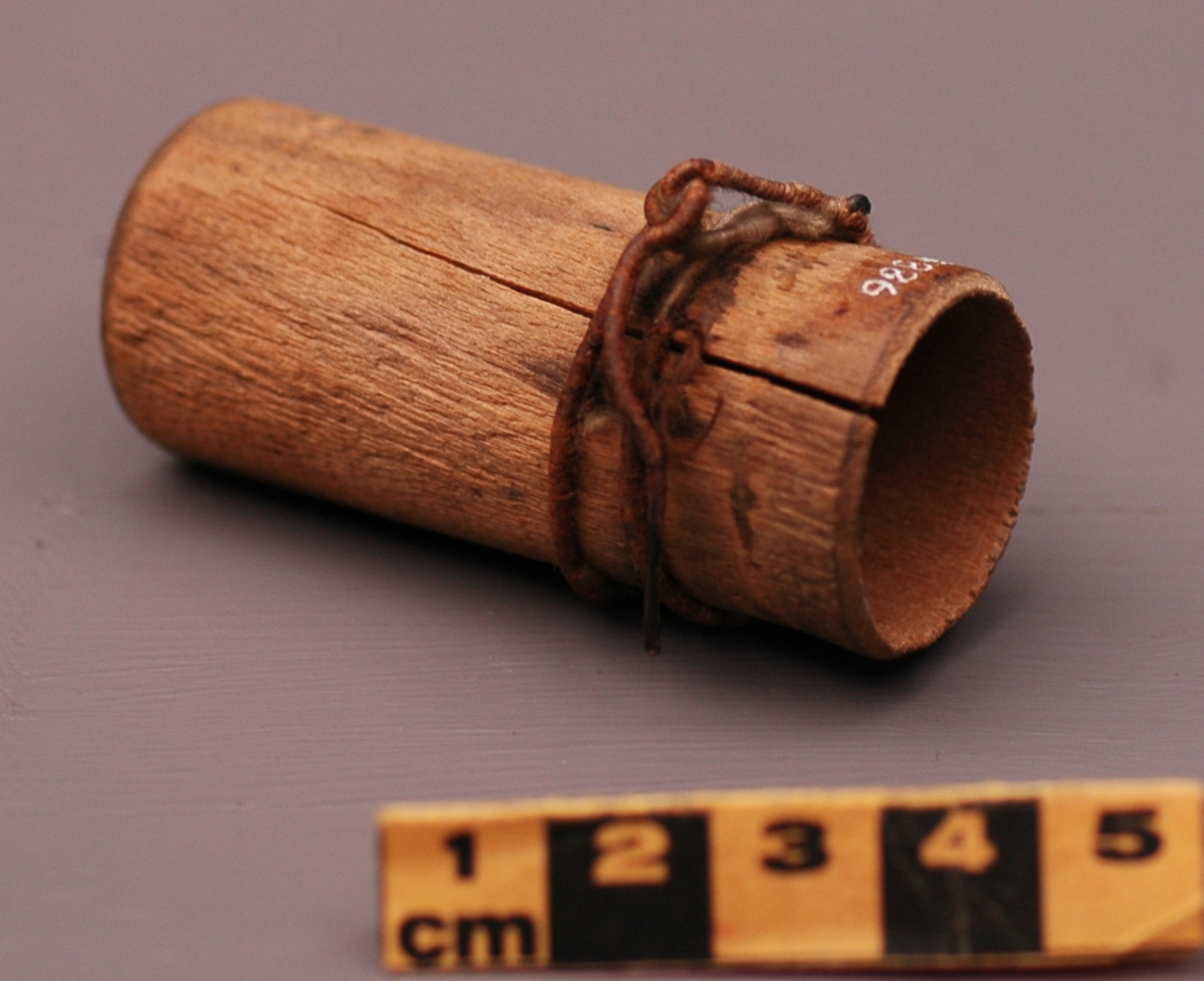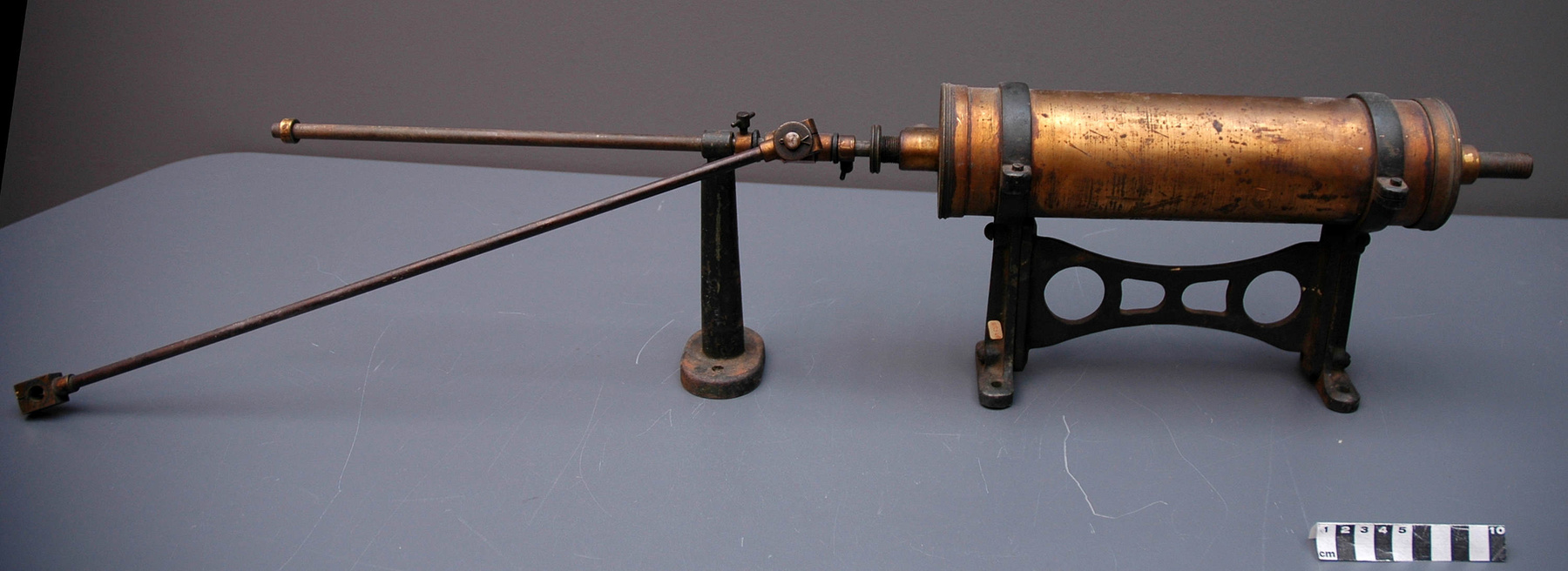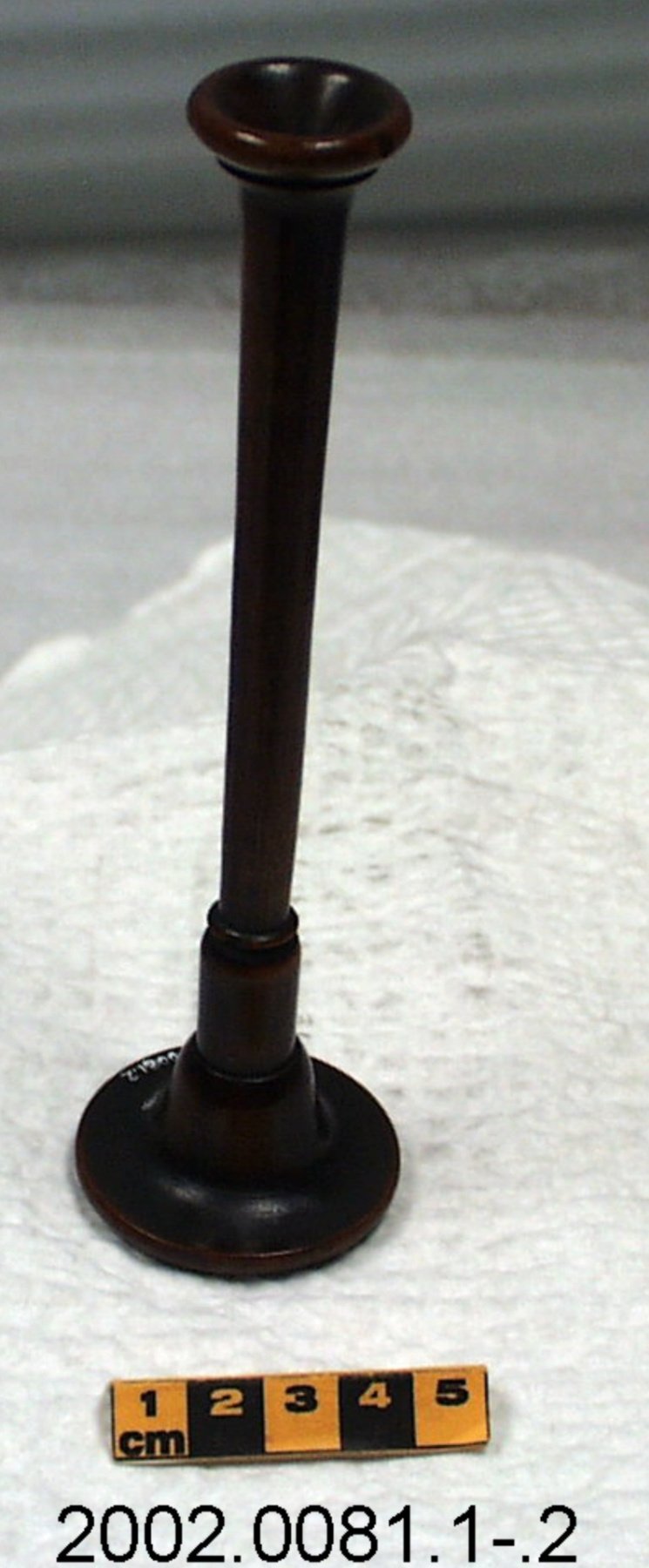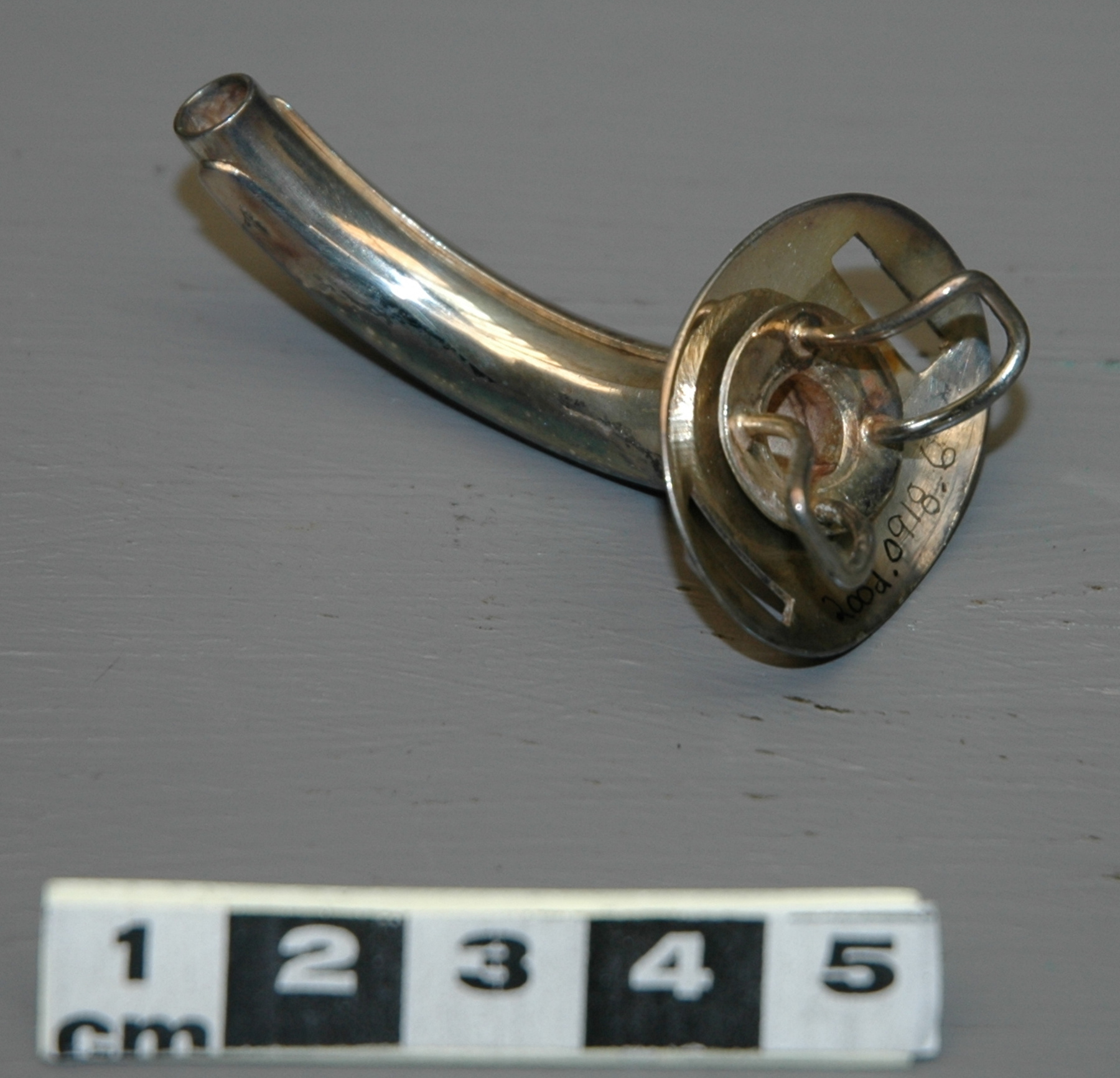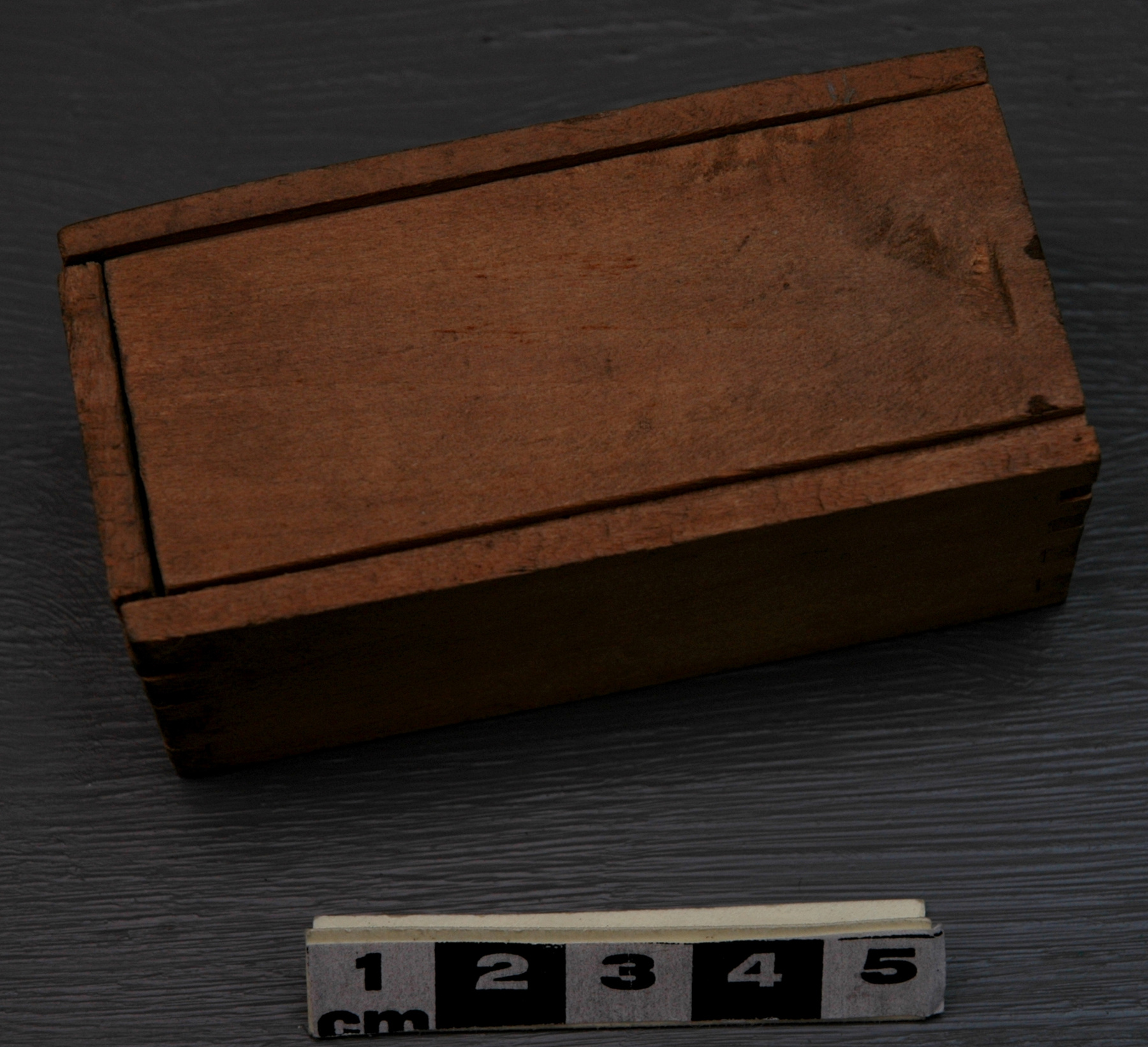Iron, plaster
Use this image
Can I reuse this image without permission? Yes
Object images on the Ingenium Collection’s portal have the following Creative Commons license:
Copyright Ingenium / CC BY-NC-ND (Attribution-NonCommercial 4.0 International (CC BY-NC 4.0)
ATTRIBUTE THIS IMAGE
Ingenium,
2002.0512.001
Permalink:
Ingenium is releasing this image under the Creative Commons licensing framework, and encourages downloading and reuse for non-commercial purposes. Please acknowledge Ingenium and cite the artifact number.
DOWNLOAD IMAGEPURCHASE THIS IMAGE
This image is free for non-commercial use.
For commercial use, please consult our Reproduction Fees and contact us to purchase the image.
- OBJECT TYPE
- back or shoulder
- DATE
- 1900–1920
- ARTIFACT NUMBER
- 2002.0512.001
- MANUFACTURER
- Unknown
- MODEL
- Unknown
- LOCATION
- Canada
More Information
General Information
- Serial #
- N/A
- Part Number
- 1
- Total Parts
- 1
- AKA
- N/A
- Patents
- N/A
- General Description
- wood & metal elements.
Dimensions
Note: These reflect the general size for storage and are not necessarily representative of the object's true dimensions.
- Length
- 17.7 cm
- Width
- 1.8 cm
- Height
- 1.8 cm
- Thickness
- N/A
- Weight
- N/A
- Diameter
- N/A
- Volume
- N/A
Lexicon
- Group
- Medical Technology
- Category
- Pharmacology
- Sub-Category
- N/A
Manufacturer
- AKA
- Unknown
- Country
- Canada
- State/Province
- Unknown
- City
- Unknown
Context
- Country
- Canada
- State/Province
- Unknown
- Period
- Probably used in early 1900s.
- Canada
-
Part of a large collection of medical artifacts, archival material & trade literature transferred to CSTM in 2002 from the former History of Medicine Museum, Toronto ON. - Function
-
Used to gently warm medicinal preparation and carrying medium during manufacture of plasters (plaisters). - Technical
-
Plaster iron routinely used by pharmacist until c. 1950. when spreading commercially manufactured plaster mass (medical cream, ointment or paste) onto a suitable carrying material. These preparations were used to soothe topical irritations, numb pain or deliver medication. Modern equivillants are patches worn during hormone replacement therapy, nicotine patches worn as part of an smoking cessation programme, etc. Semi-solid medicinal preparations had to be warmed to allow even spreading over the leather or white sheepskin patch backing. Overheating could damage or destroy the effectiveness of the medicine, so warm steam-heat and/or a plaster iron were frequently employed. Standard sizes and shapes were recommended (but could be altered) and a paper stencil cut. The stencil was loosely fixed to the backing material, and the plaster cut-out: the warmed medication was poured into the centre, and spread evenly. The stencil was removed, and the prepared plasters trimmed and packed in a flat box separated by oiled or grease-proof paper. Users were instructed to warm the plaster slightly to improve adhesion. (ref. 4) - Area Notes
-
Unknown
Details
- Markings
- None, save "X969.265" printed by hand in white ink on underside of shaft.
- Missing
- None.
- Finish
- Turned wood [maple ?] handle; metal shaft has been nickel-plated; metal head appears blued (?).
- Decoration
- N/A
CITE THIS OBJECT
If you choose to share our information about this collection object, please cite:
Unknown Manufacturer, Iron, plaster, circa 1900–1920, Artifact no. 2002.0512, Ingenium – Canada’s Museums of Science and Innovation, http://collection.ingeniumcanada.org/en/id/2002.0512.001/
FEEDBACK
Submit a question or comment about this artifact.
More Like This
